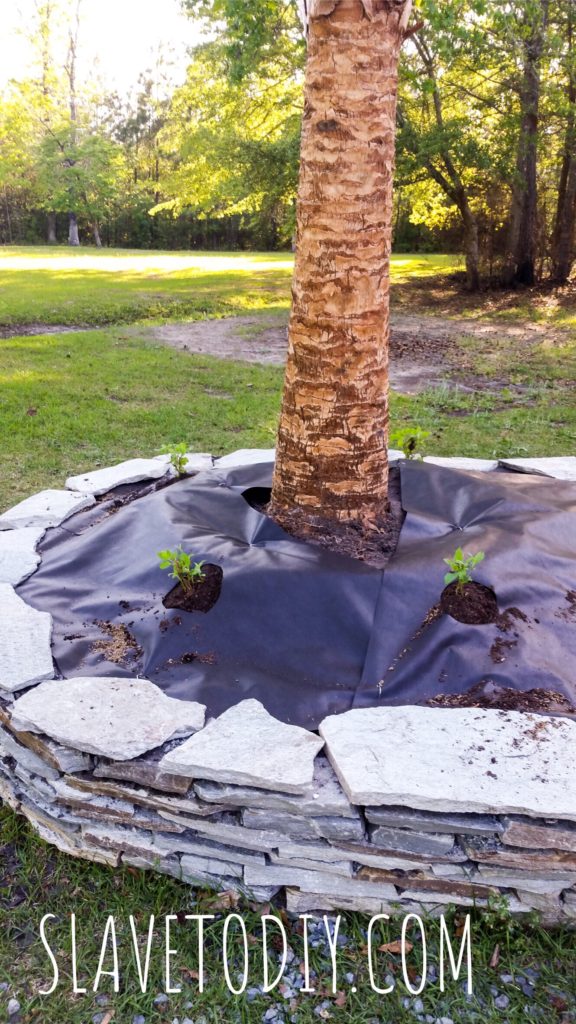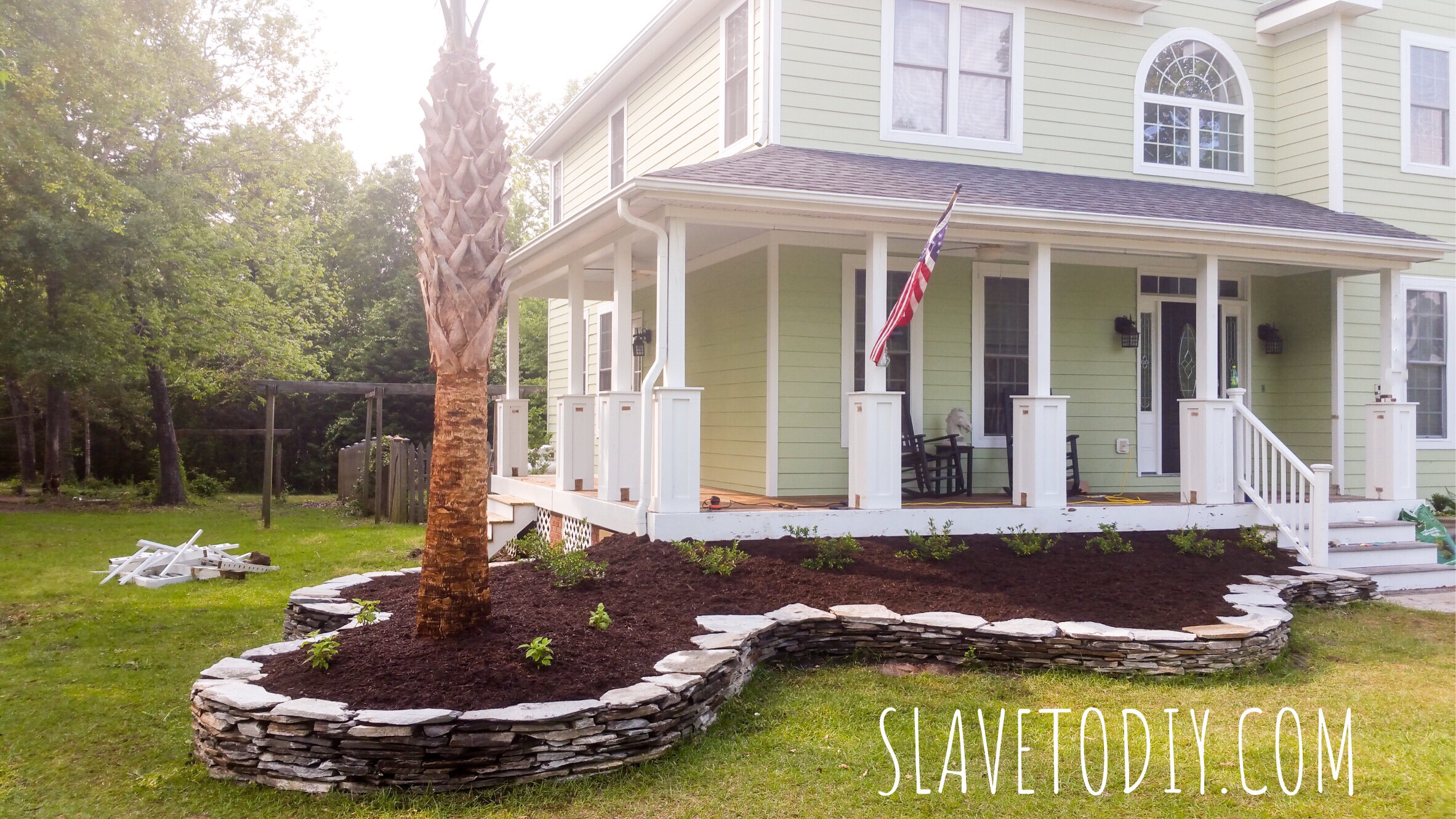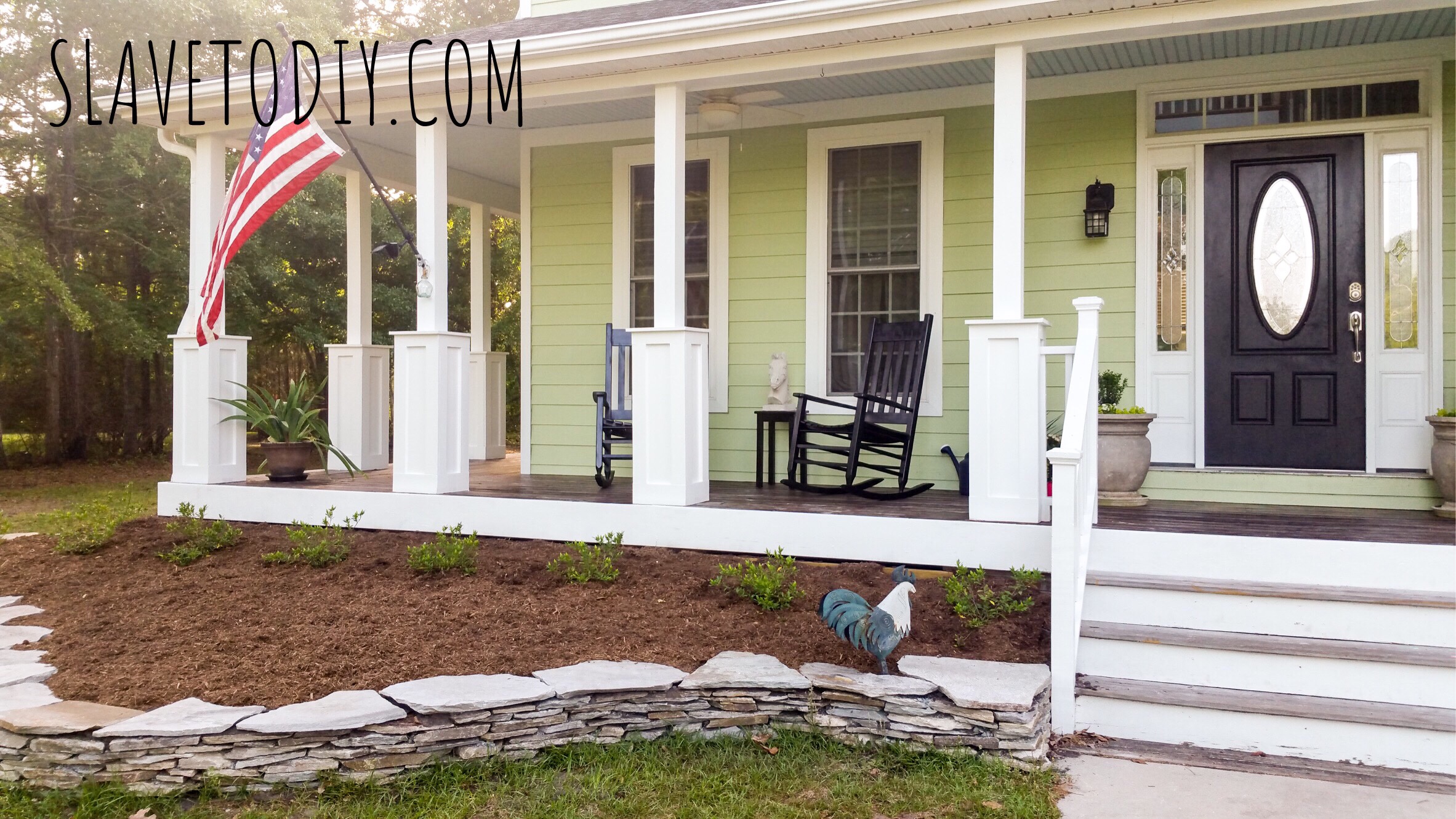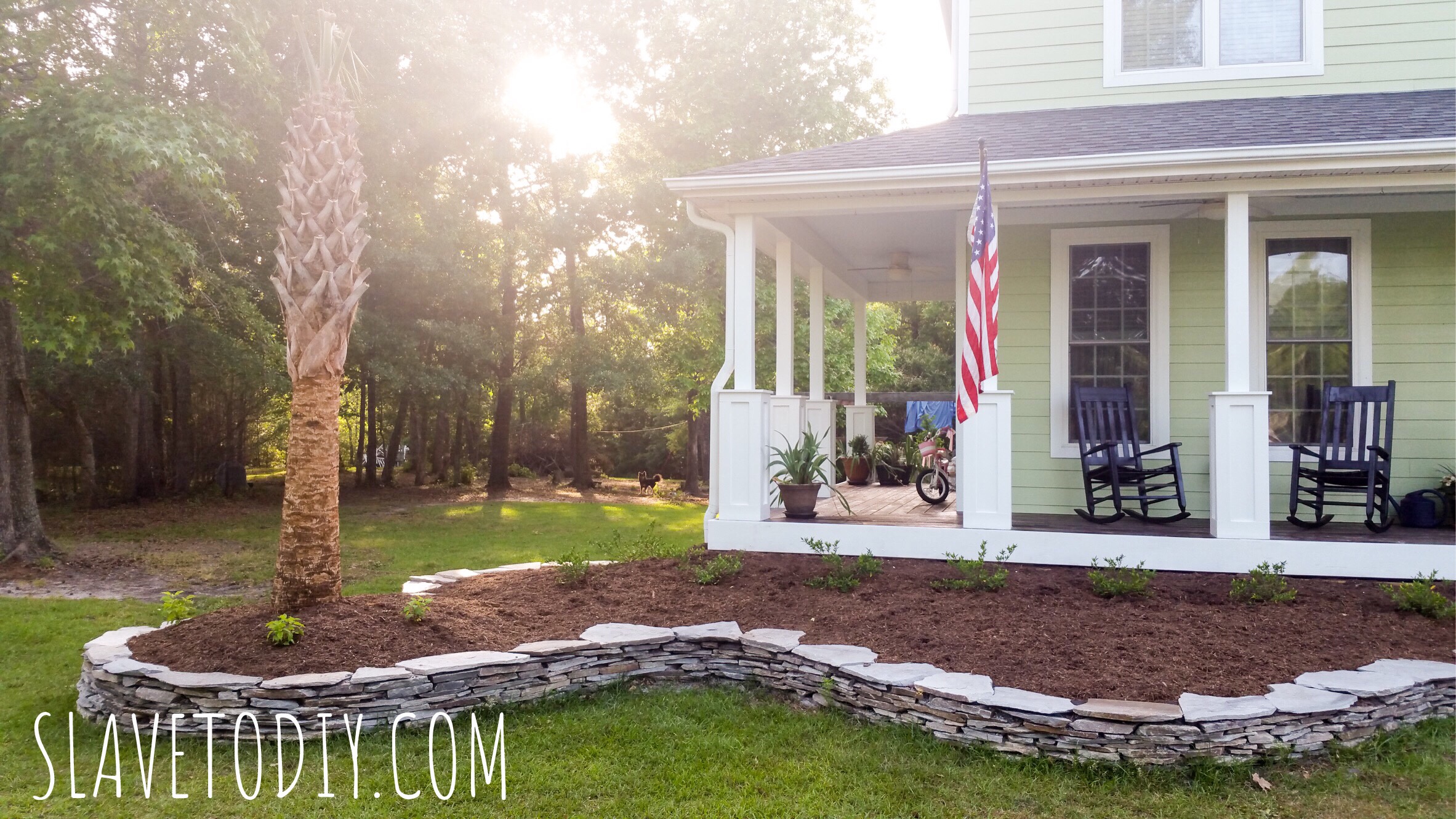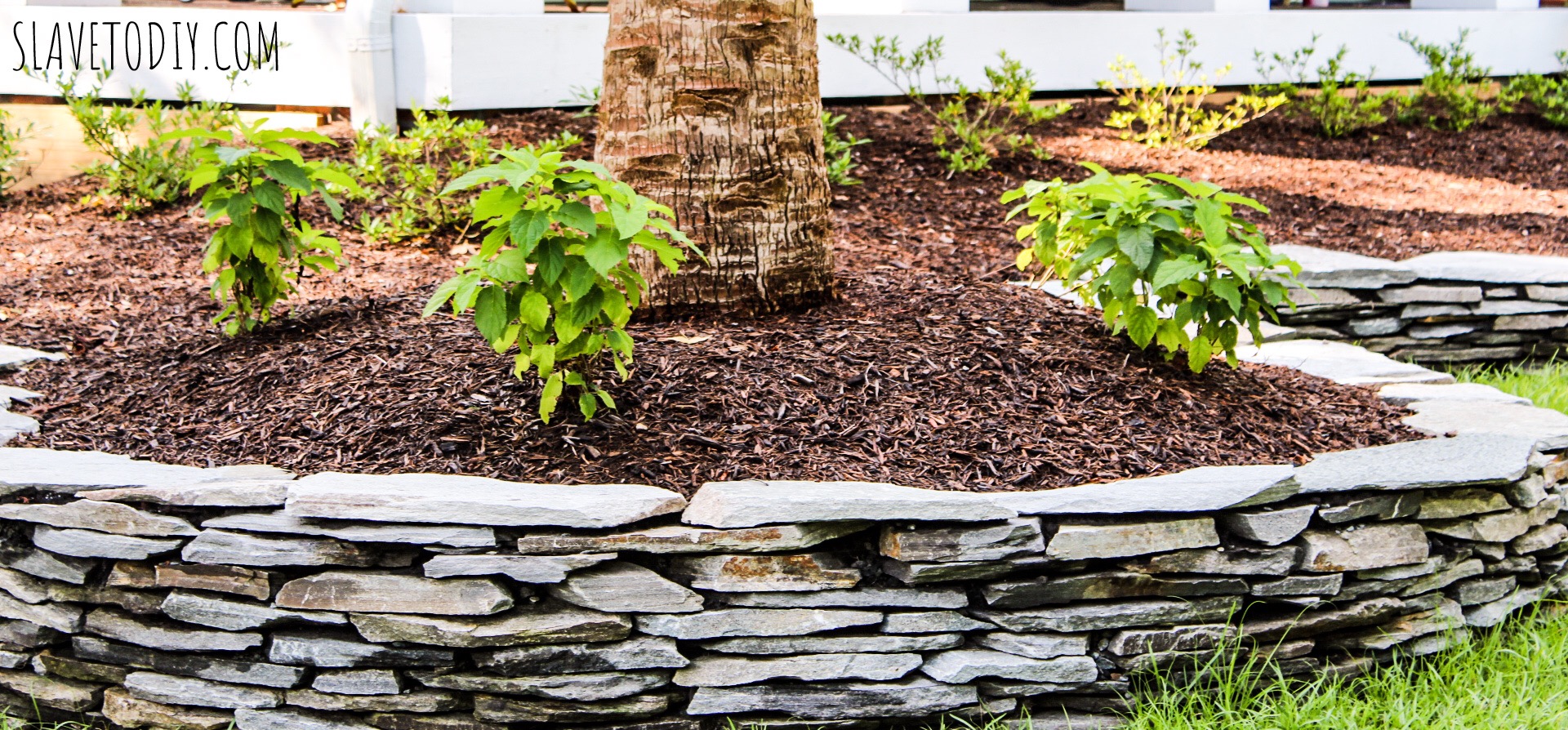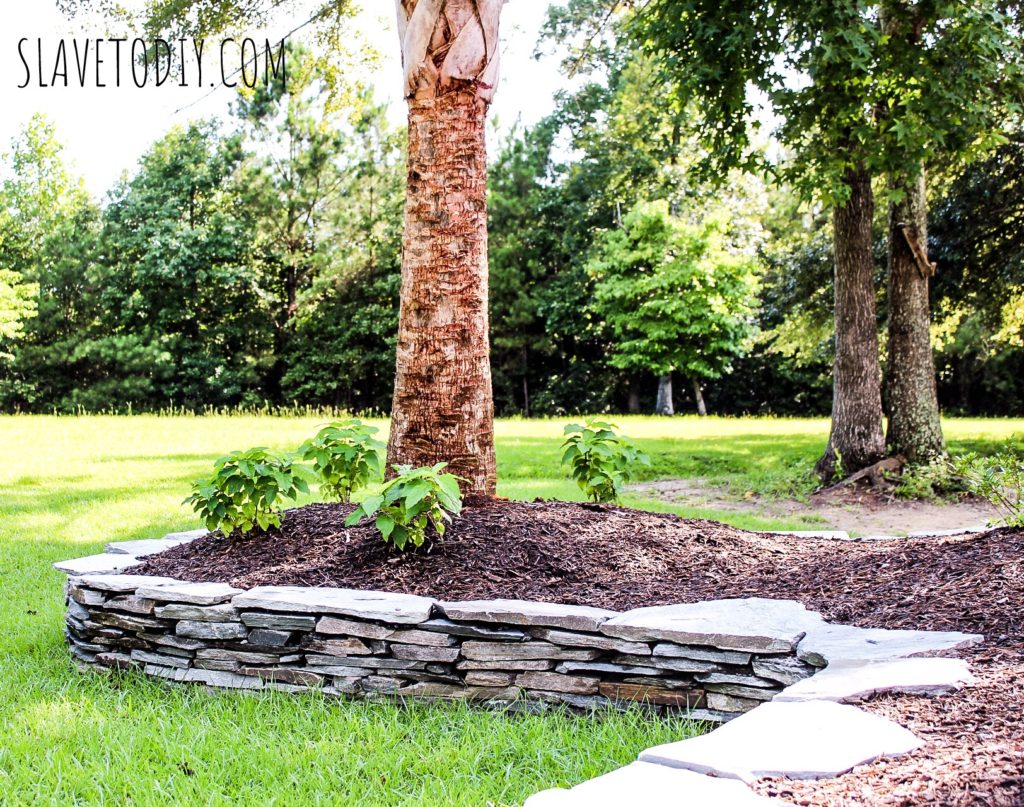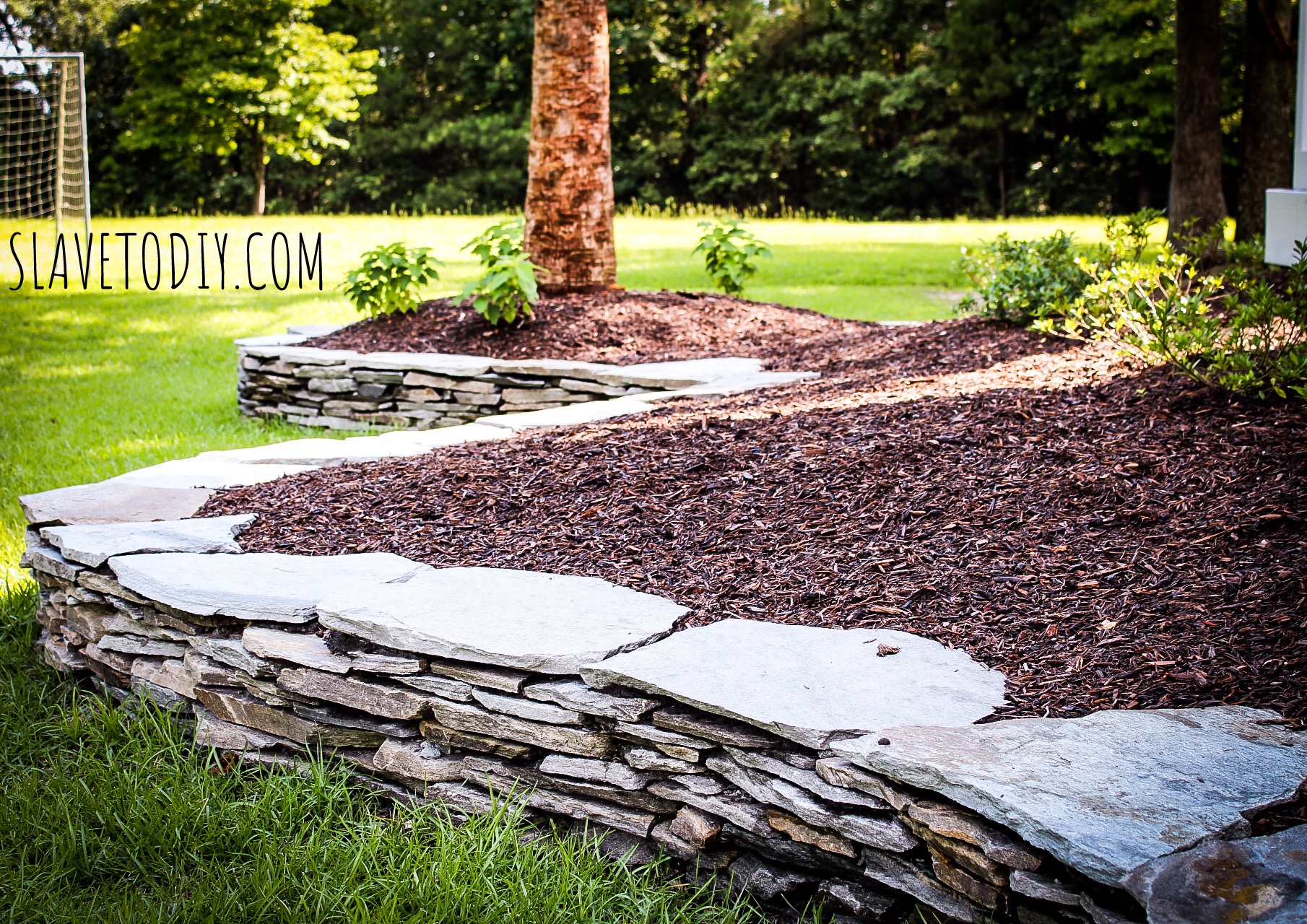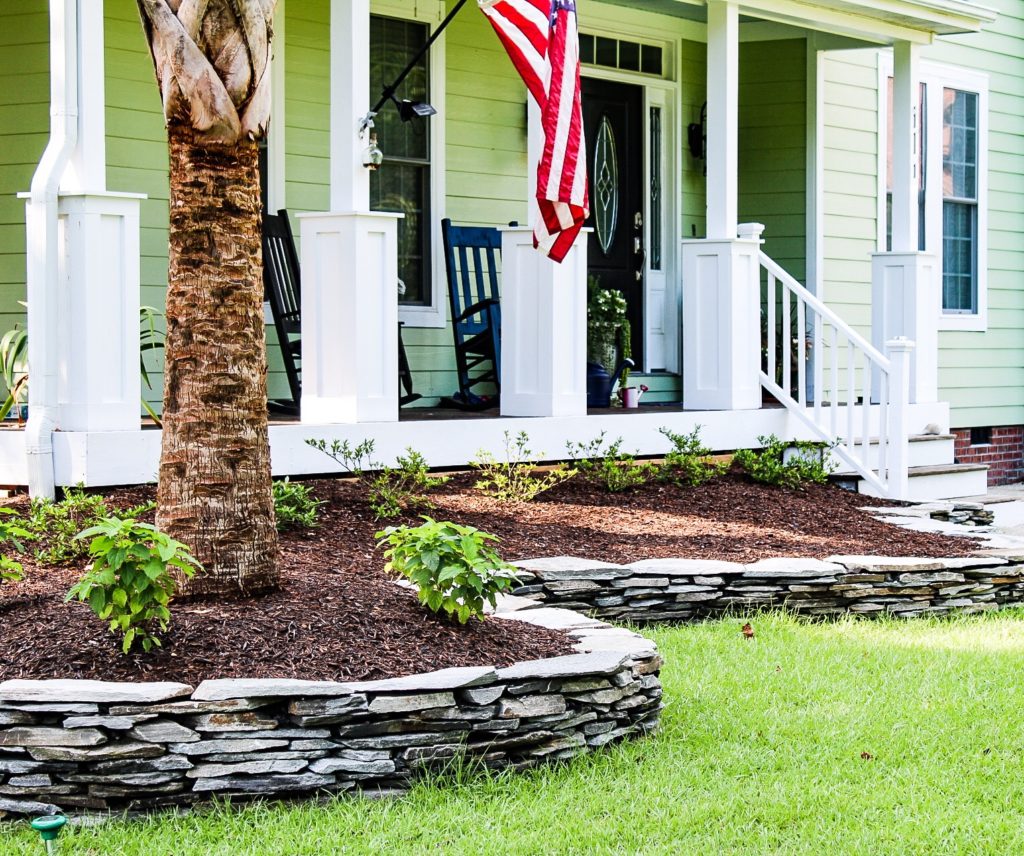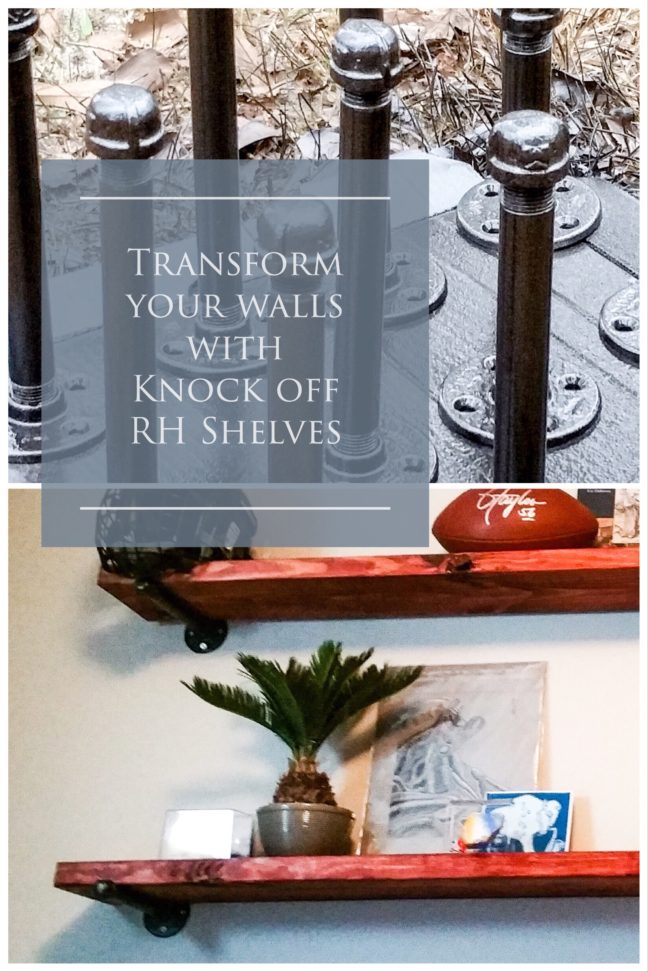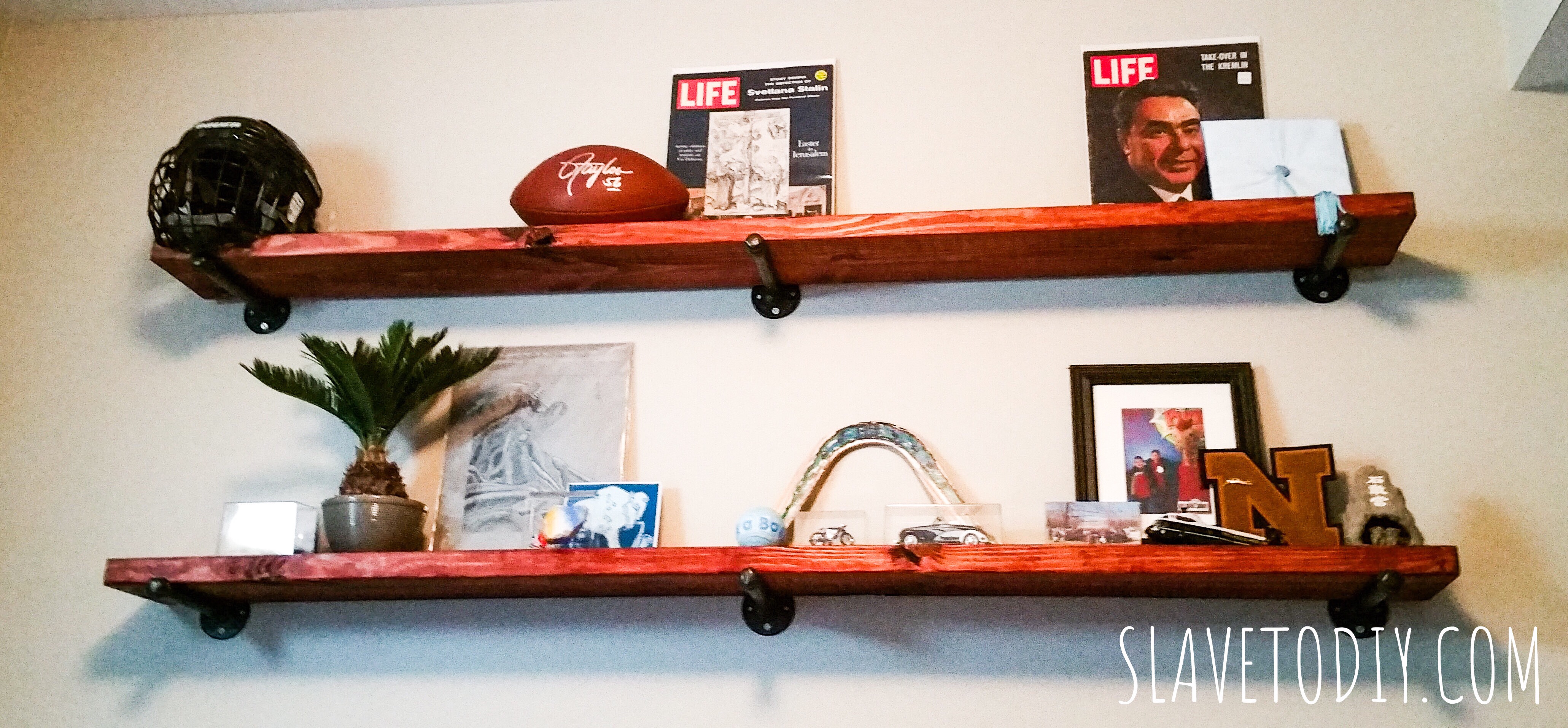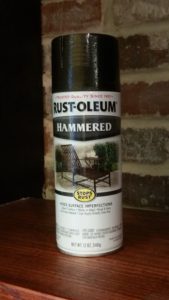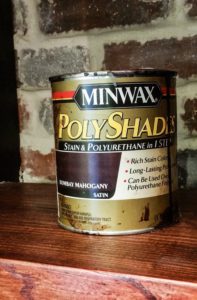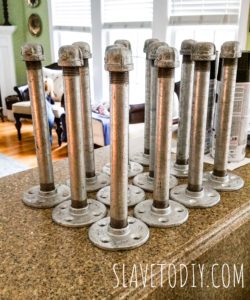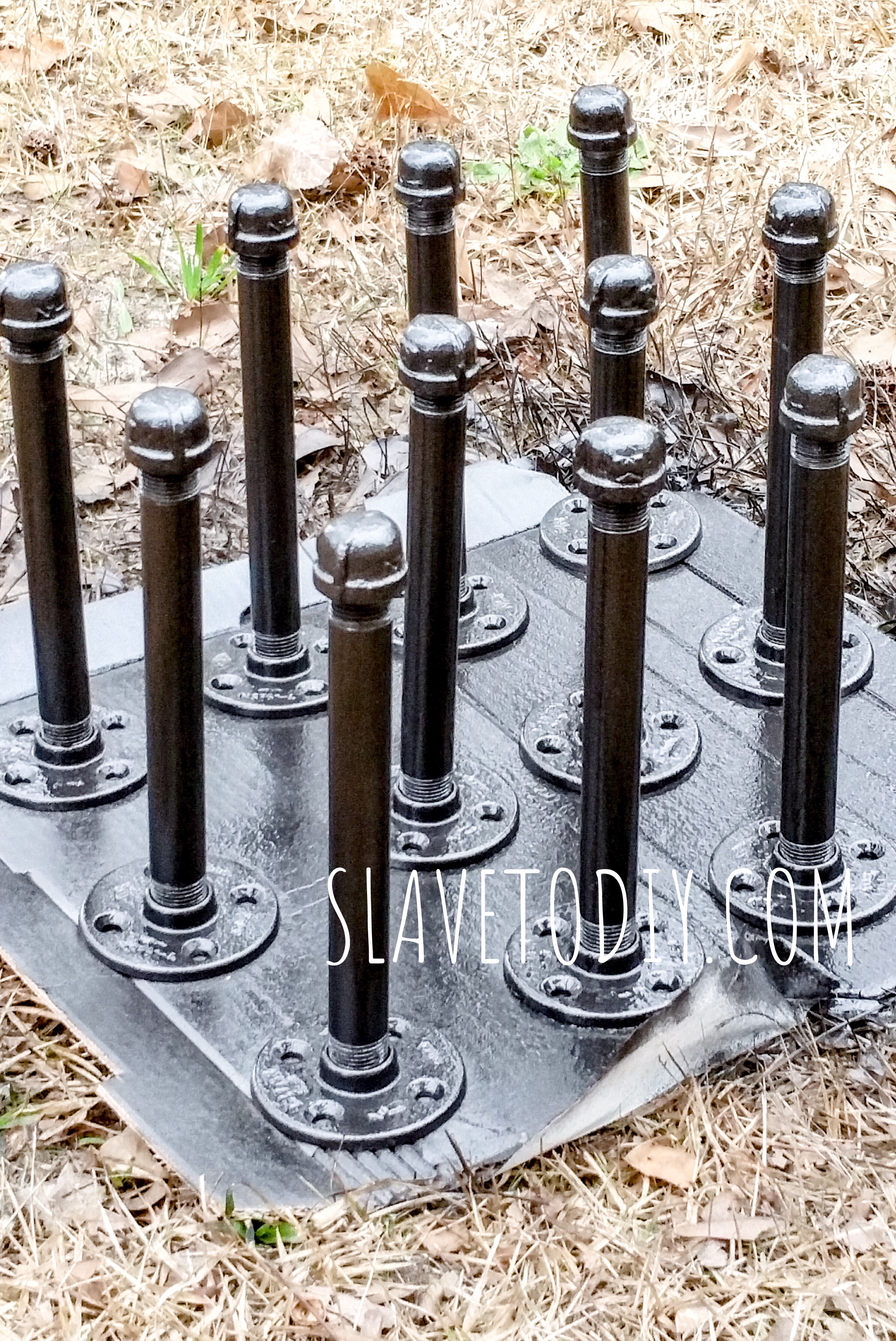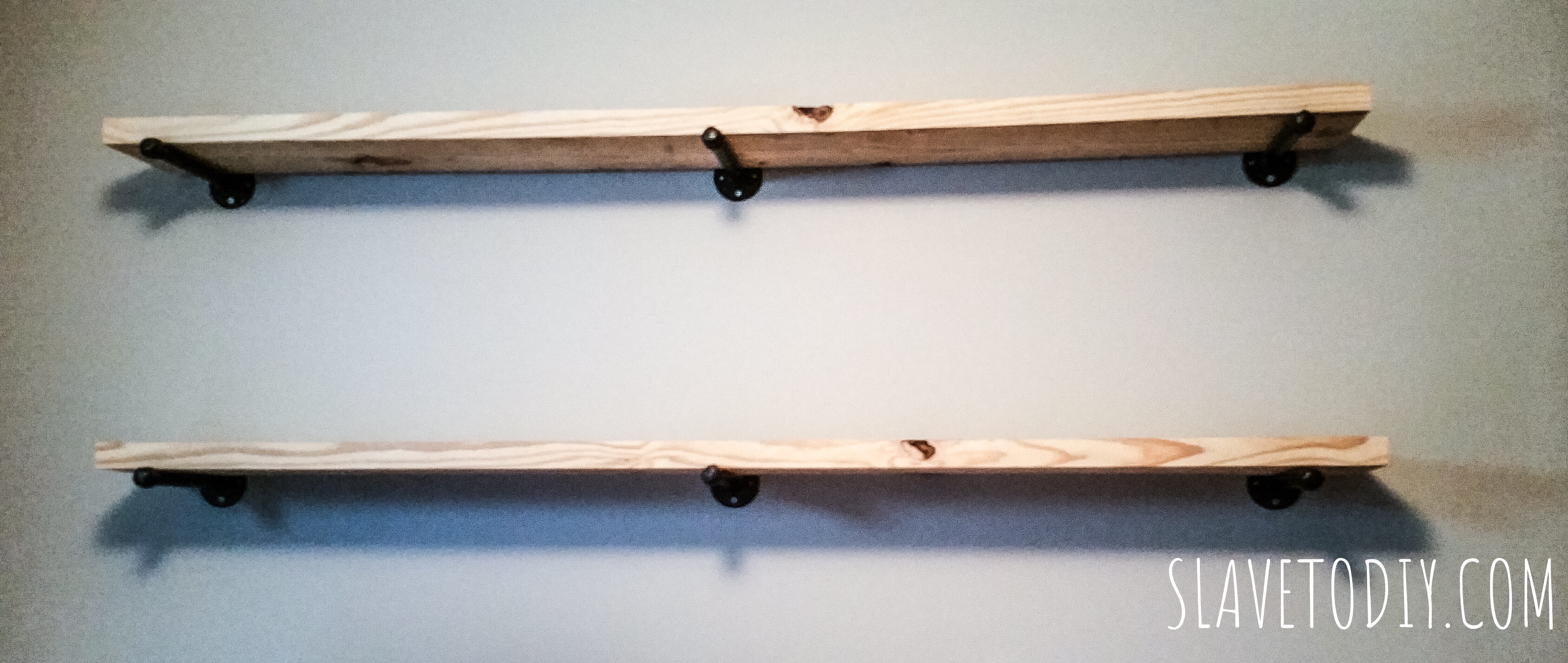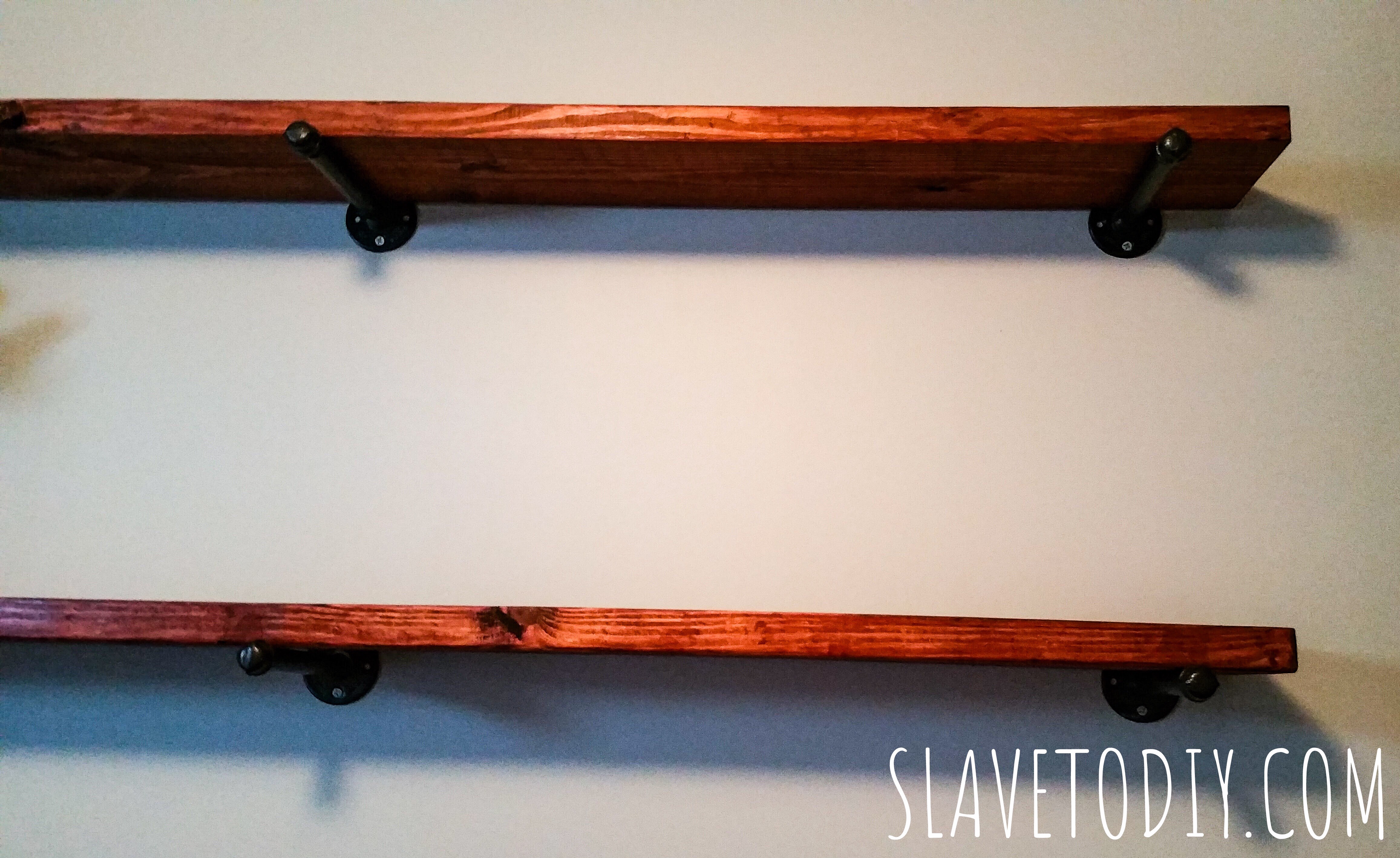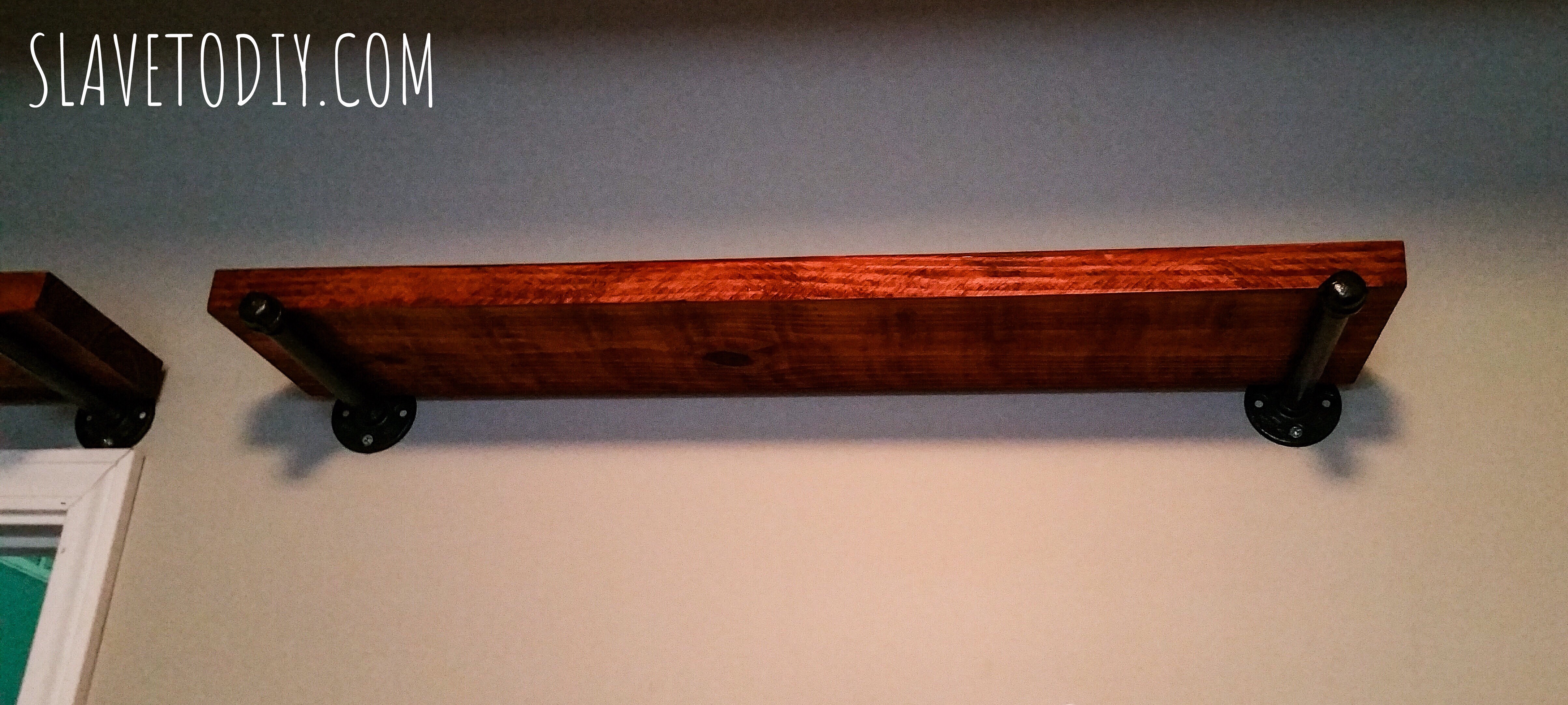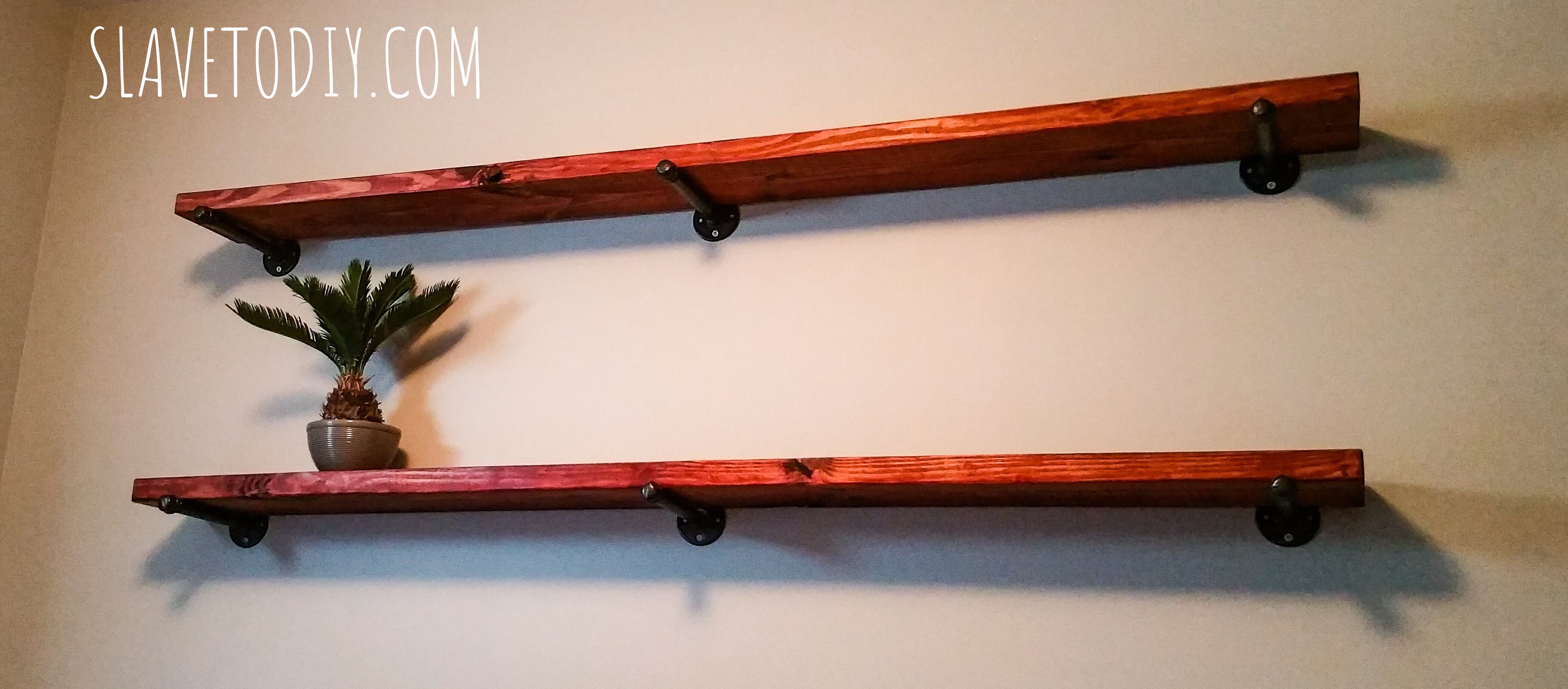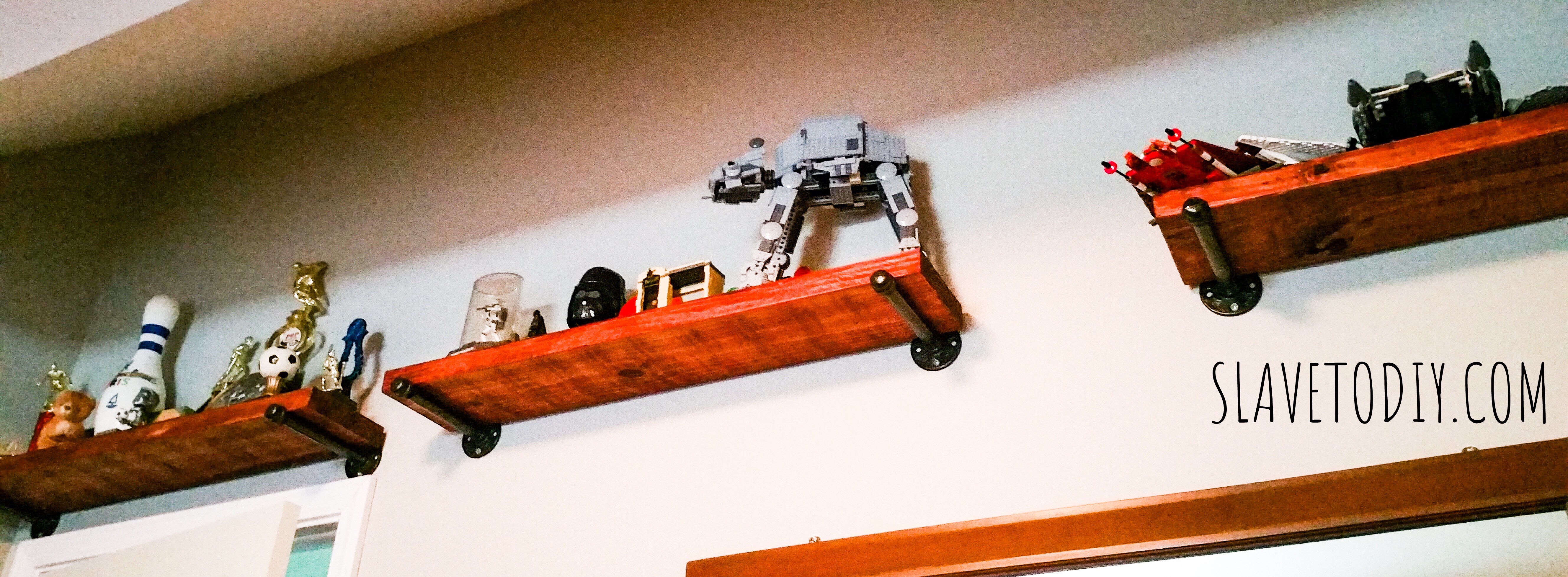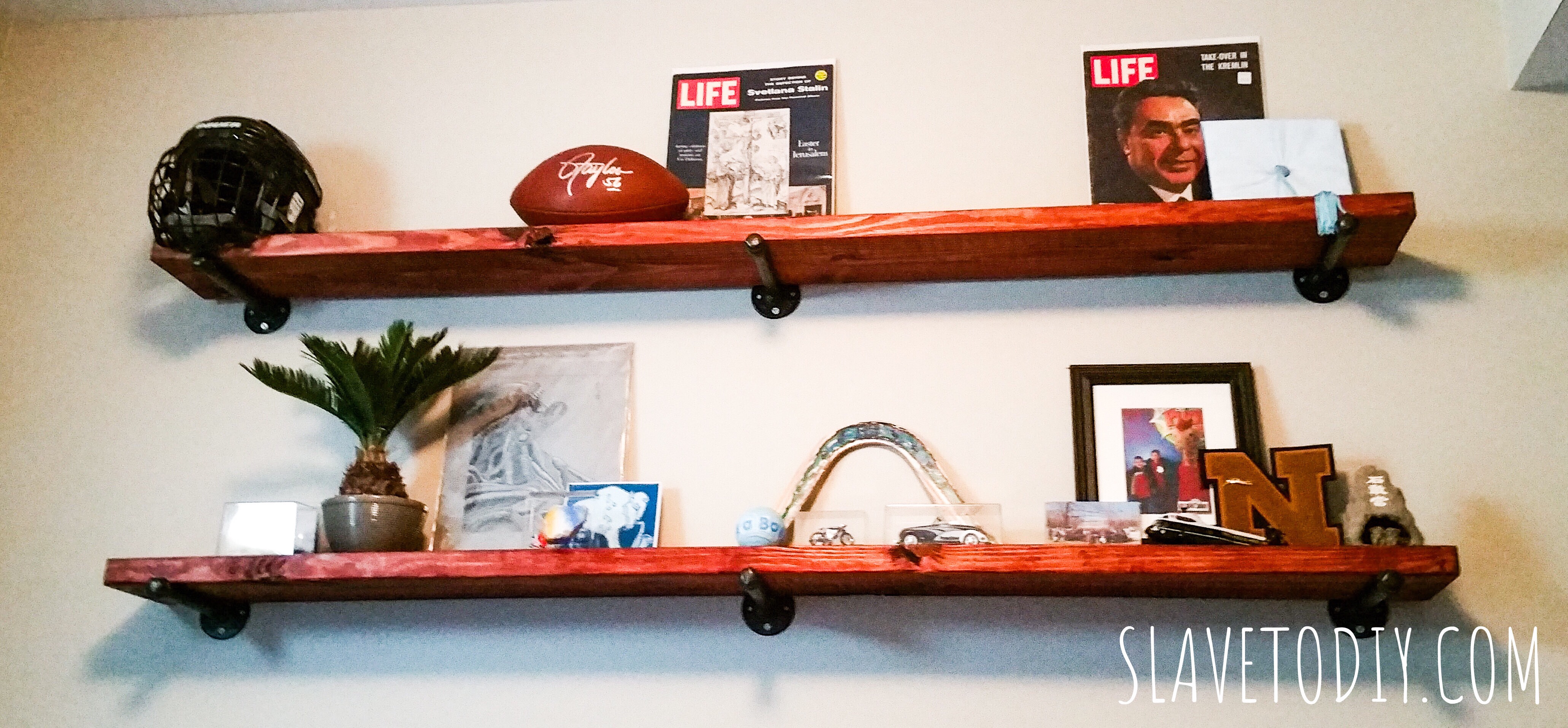A few years ago we had a pool installed and had NO idea what we were doing. You don’t know what you don’t know, right? Never having had a pool before (other than the above ground one the previous owners put up and we were tearing down), I really had no idea. We did an okay job, but if I had it to over again there are a few adjustments I would make. As for the finished product, I was ultimately happy and here’s what we ended up with:
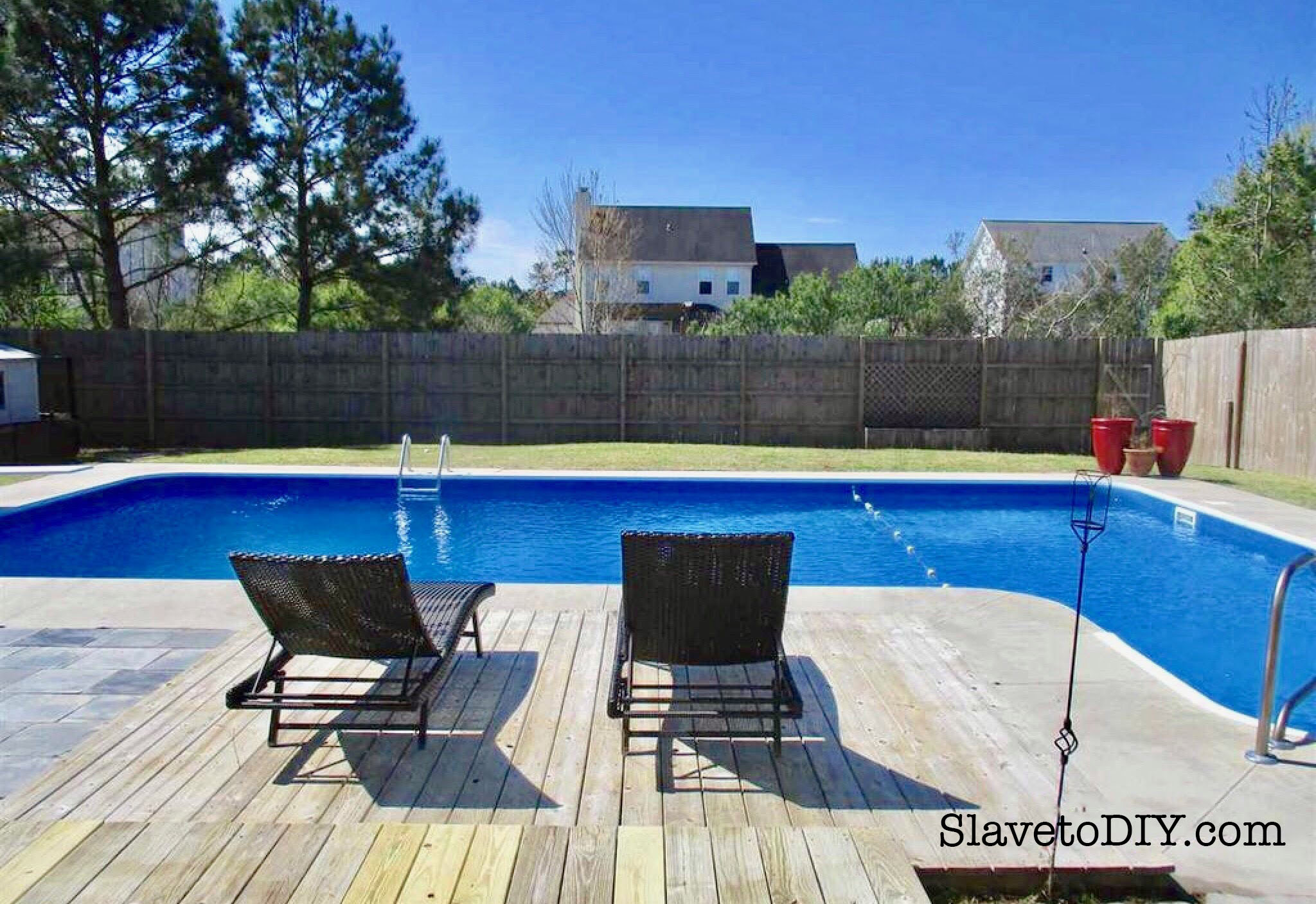
*This post may contain affiliate links. Please see full disclosure at the end of the post.
We loved the pool, so here are the basics of what we learned and some tips along the way of what to do, and of course, what NOT to do.
- Hardscaping: Hardscaping around the pool is your friend. The more, the better. You need more than a three foot apron. Insist.
You know what happens when you trim your grass? It all goes in the pool. I know you keep seeing all those super cool paver designs with the grass in between on Pinterest. Or the pool coping that runs right up to the edge of the grass. If you don’t have a landscaper and a pool guy, HARD PASS.
No matter what kind of hardscaping around the pool you do, do MORE. I know some people love the jungle, tropical look around the pool, but I don’t like it. Think: snakes and leaves in the pool. When we moved into our new place the pool was surrounded by gardens and bushes. I came face to face with a giant snake sunning itself on a branch by the pool without even realizing it. Then I asked Rainman, very nicely (and I’m sure very calmly), to get out the napalm and make the greenery go away.
Can you believe how overgrown this was??? NOT relaxing.
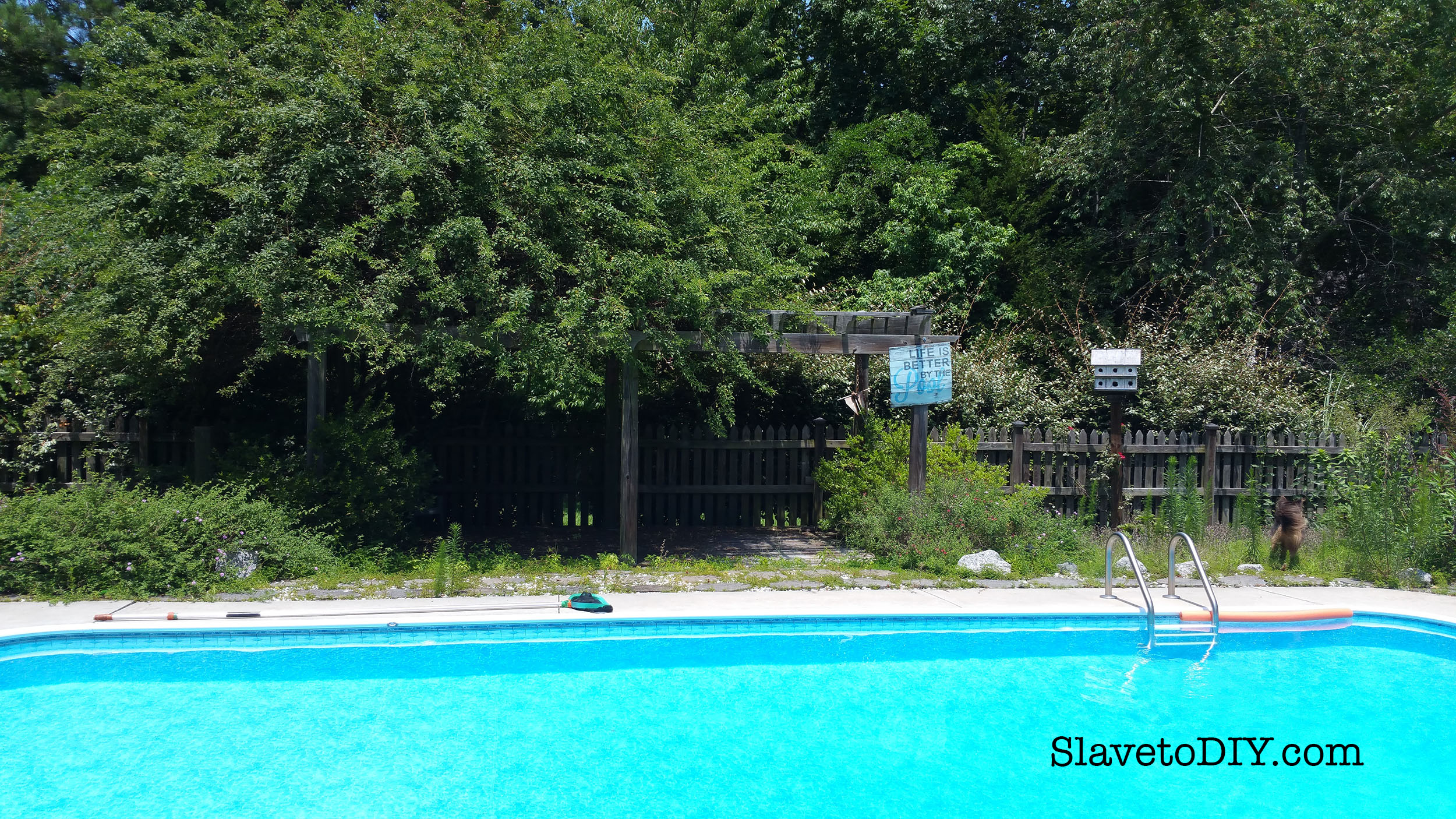
Also, think about where you live and how hot the surface will get. Concrete is okay where we are, even though it still gets VERY hot. If it’s in the budget: the best pool surface for hot climates is light travertine. It’s beautiful and stays cooler.
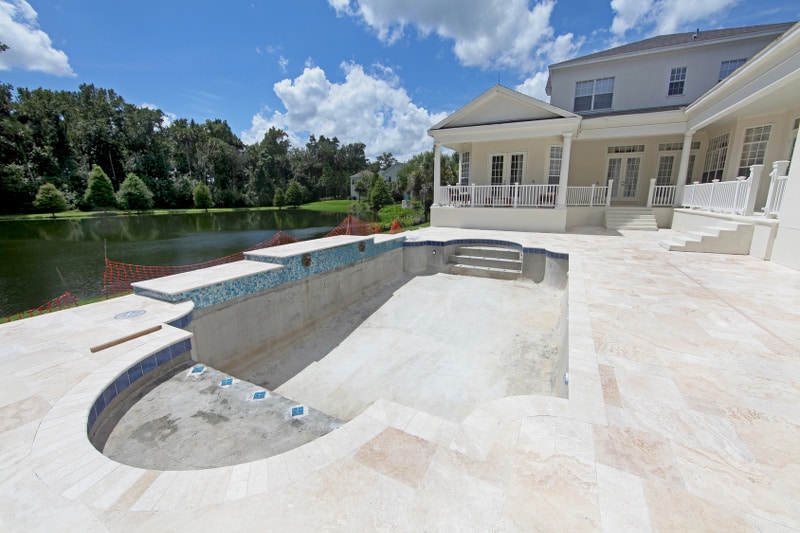
When we installed our pool one side had tiered decks and a slate patio, all connecting to the pool coping. With the exception of the grass running up to the pool on the outside, it was awesome!
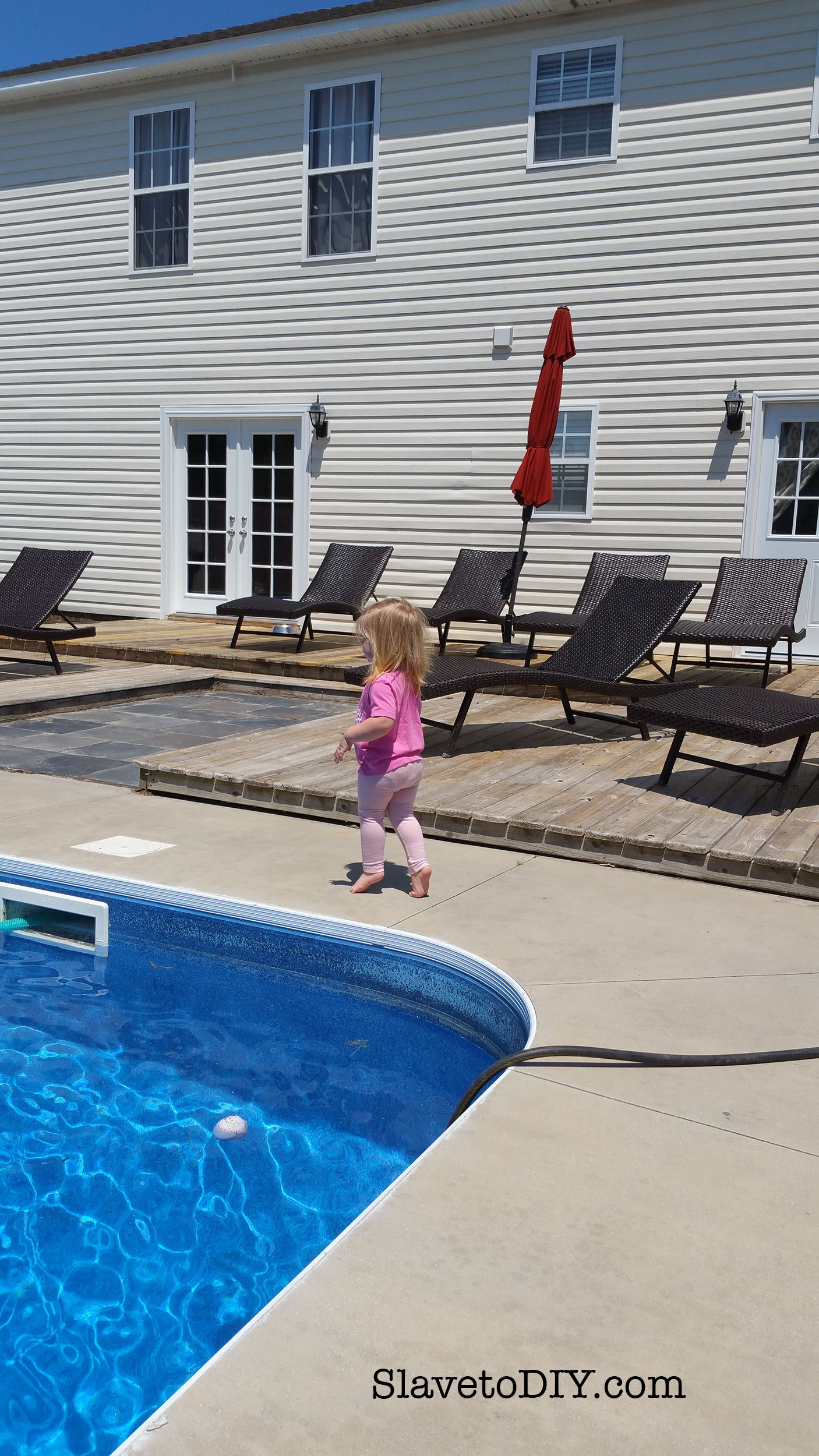
I’ve had so many questions about our awesome (and durable) deck chairs, shown above. You can buy them from Amazon with matching blue cushions.
2. Lighting: You need at least two in the pool. Period. Pathways around the pool should also be lit in the evening for safety.
Think about night swimming (with teenagers this definitely happens). You want well lit spaces where no one can get lost in the shadows.
If you can, get more than two. Think about the shadows that each light will cast. Shelves or tanning ledges create shadows, as do depth changes. If you plan on using your pool in the evening, get more lights.
We discovered after our pool was installed that there was an additional light we could’ve installed that came with the kit. If we’d have known that, we would’ve paid extra to have it put in. We only had one light and it was in the shallow end, so there was a shadow in the deep end, and I was a nervous wreck watching for drowning kids.
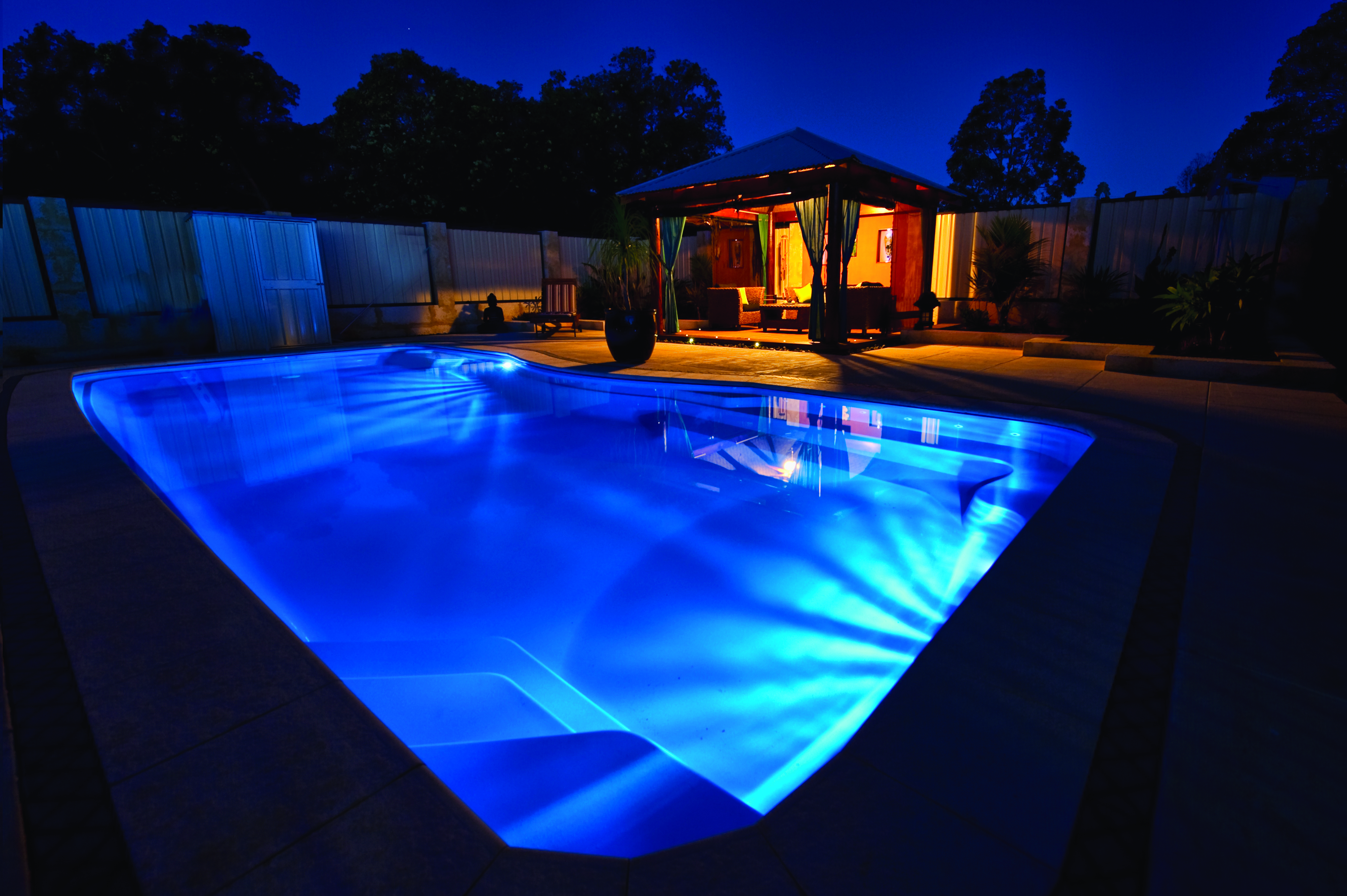
3. Depth: That depends.
What are you planning to do in it? If you’re planning on diving you need an eight foot deep end. Some areas (like our current home) won’t accommodate deep pools because of the water table. If you only wade, you really only need a 4-6 foot pool.
I’ll admit I miss our eight foot deep end (the new pool is only six feet deep). We used to watch the kids and their friends have diving and trick competitions off of the big diving board and it really was a fun time.
The pool we installed had a graduated deep end with the ability to rope off the shallow end (which was still sizable) for younger kids. It was a handy set up for kids of different ages.
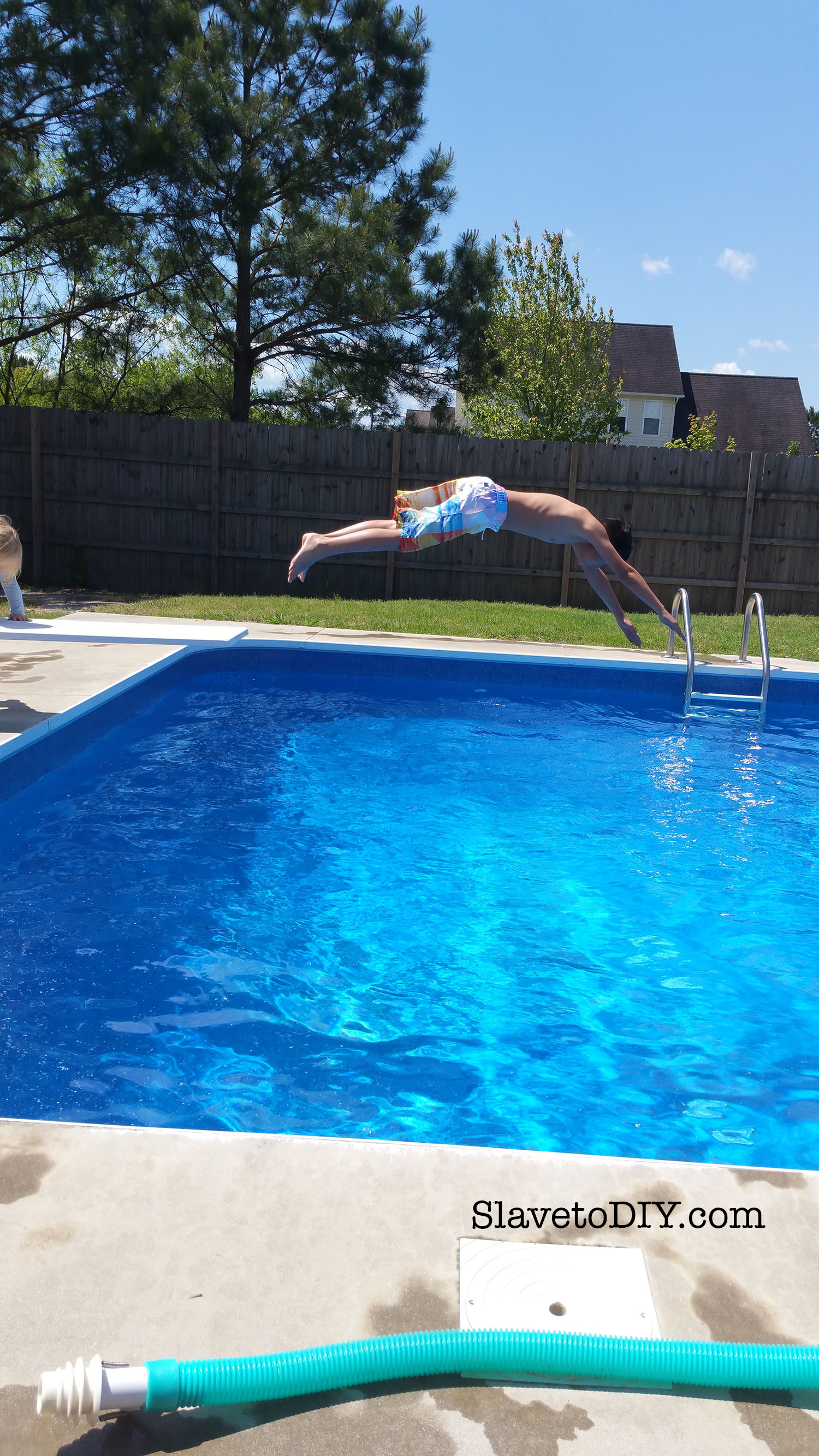
4. Do I need a dedicated vacuum port?
YES. So, if you’re unfamiliar, hoses for vacuums either run off of their own port, or theres a port inside the clean outs (the flapper windows on the side of the pool). It’s more work for the pool contractor, so if you don’t ask, they’re not going to offer the dedicated port.
Why the dedicated port? If you don’t have a separate port for the pool you can’t vacuum the bottom of the pool and run the skimmer at the same time. That means that you either have bugs on top of the pool, or debris on the bottom. We have gotten around this by unhooking the vacuum about 45 minutes before we want to swim. It sure would be handy to be able to use both though.
What kind of vacuum? Look, you need a vacuum unless you’d like to spend HOURS a day vacuuming your pool. I’m not exaggerating. We have tried several different kinds of vacuums, but my favorite by far are the suction vacuums. Generic types are available (comparable to the Kreepy Krauly), complete with hoses, for less than a hundred bucks and I bought a Complete New Generic Suction Vacuum Set annually to replace dry rotted hoses, etc. If the vacuum is still going strong, but your hoses are cracking, you can buy replacement hoses instead of a whole new set for less.
I know there are some slick and EXPENSIVE motorized vacuums out there, but I just can’t convince myself to trust the electrical cord sitting in the water. No thanks.
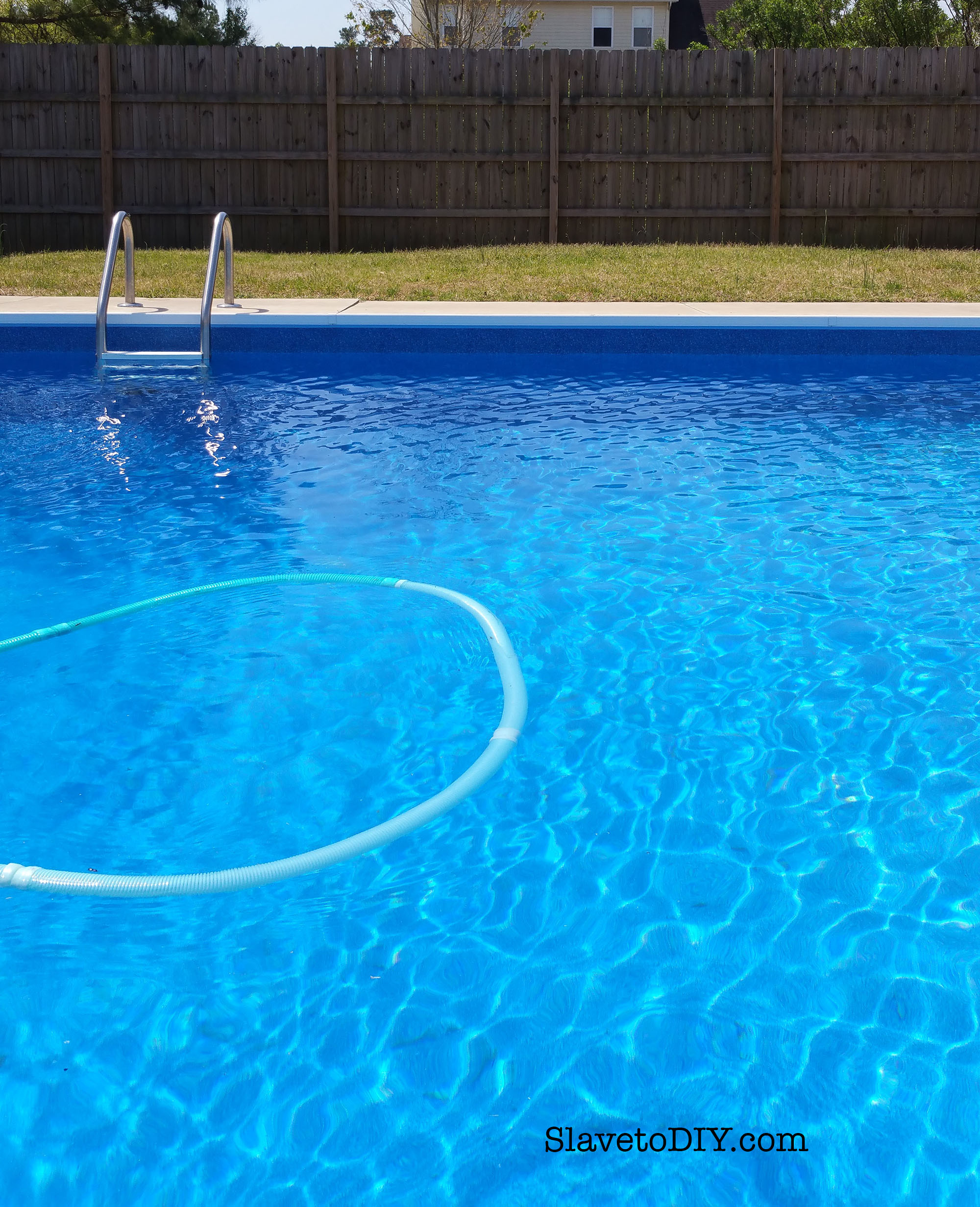
5. Yes, you want the salt pool.
If you’re having a new pool installed, it’s probably about the same cost as the regular chlorine pool, anyway. Did you know that the salt pools are not actually salty (like the ocean)? The salt runs a chlorinator. The water is silky smooth and doesn’t bleach out swimsuits or turn hair green.
I don’t know if it’s true of every salt pool in every climate, but we added salt A LOT. However, the chemicals seemed easier to balance in the pool, and I had teenagers to haul salt from Lowe’s about every two weeks.
Our current pool is chlorine and I hate it. We will probably convert it before next season to salt as I’ve spent a small fortune this year trying to get the green out of my daughter’s hair, and it would probably be cheaper (not to mention more enjoyable) to have the salt pool. I’ve also found the chemical balance in the chlorine pool to be much more finicky and I spend quite a bit more on pool maintenance (with a pool half the size!).
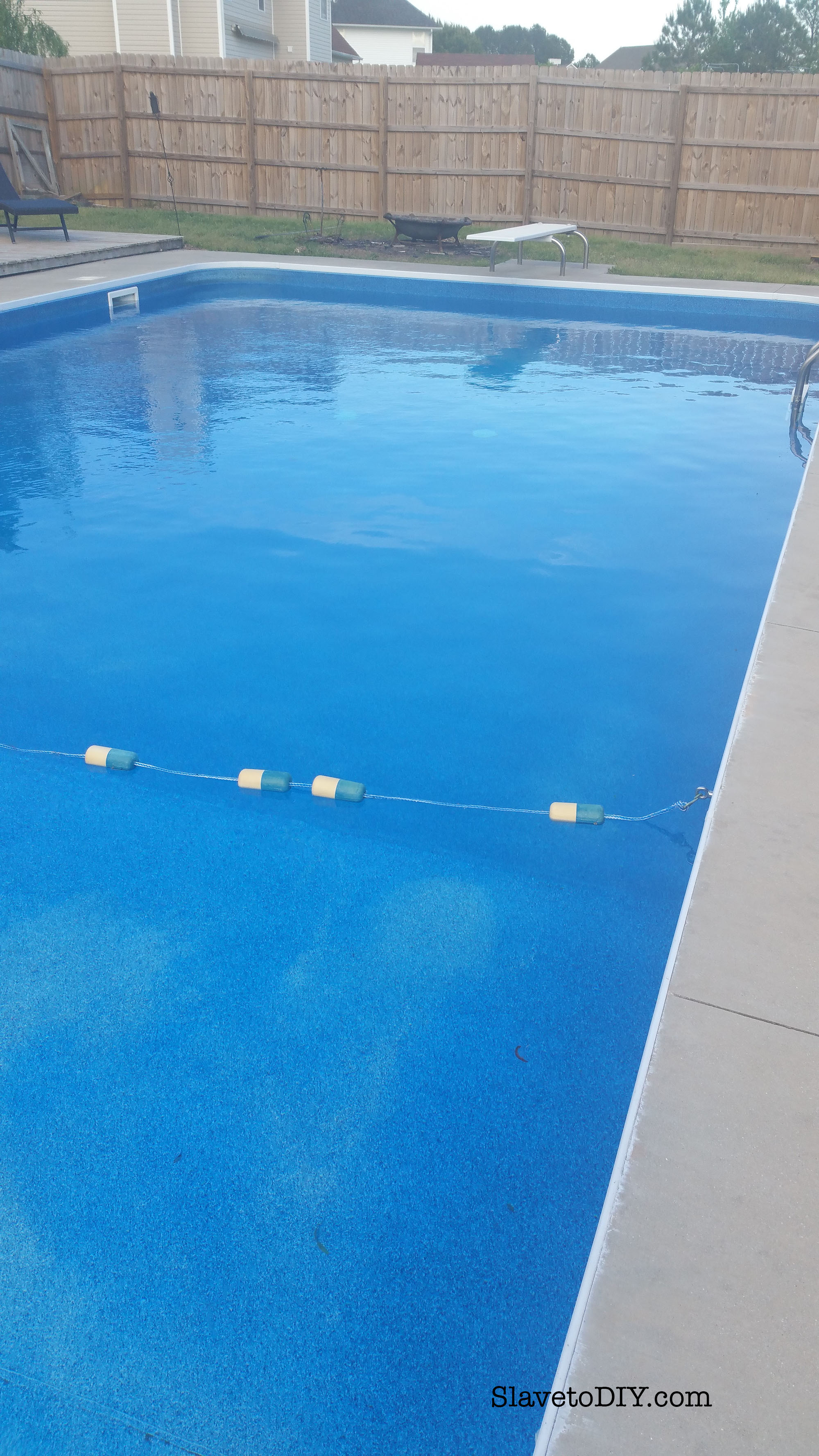
6. How big does your pool need to be?
Everyone’s needs are different, but we went with the biggest size the installer had available. With four growing kids (at the time) and half the neighborhood swimming in the summer, I was psyched we got a pool that big. At 20X40 feet, with a 10X10 side bump-out, and 36,000 gallons it was a whopper and I loved it.
Your contractor can offer guidance on the size and shape of the pool that’s right for your family. Consider lots of options: depth changes, deep ends for diving or slides, tanning ledges, extra long thin pools for lap swimming, etc.

7. What kind of inground pool should you install?
Well, this is sort of the million dollar question! There are three basic options for in ground pools: vinyl, fiberglass, and gunite. You should research this before you contact pool companies because if you don’t know what you want, many pool contractors “specialize” in one type (read: they have experience or make more profit off of certain types) and they will talk you into that even if it’s NOT the best kind for you.
Considerations: Size matters with respect to cost.
Gunite is the Daddy Warbucks pool. If money is not a concern, this is usually the choice because it is generally quite a bit pricier than the other options. They are awesome because they are hand poured in special concrete you can literally configure them ANY way you want to. These are more expensive than either of the other options regardless of size.
For a very small pool, it may be slightly cheaper (and MUCH faster) to install a pre-molded fiberglass pool. These are handy, stay clean, are quite durable, and are easy to repair if something happens to the finish. If your dogs go into your pool, these are a better choice as they are less likely to tear than vinyl pools.
Once you start looking at very large pools (like the one we installed) fiberglass pools get way too expensive. We went with vinyl and we loved it. Remember, you do have to budget every decade or so for a new vinyl liner as they warp, tear, fade, or just wear out over time. At about 5K a pop in our area, it’s no small thing.
Tip: If you choose a vinyl liner, SKIP THE EDGE DESIGN. They’ll ask you what design you want around the edge and what color the rest of the pool should be. Make it all the blue you choose with NO EDGE DESIGN. Trust me. It was the first time our contractor had the request, but if your liner lasts a long time, the thing that dates it and makes it look old is the stupid design around the edge. I went with a deep blue and it looked awesome. No outdated edge design, just beautiful blue all the way. For a gunite pool and a fiberglass I’d do the same thing. Any kind of decorative trim at the top ends up looking dated.
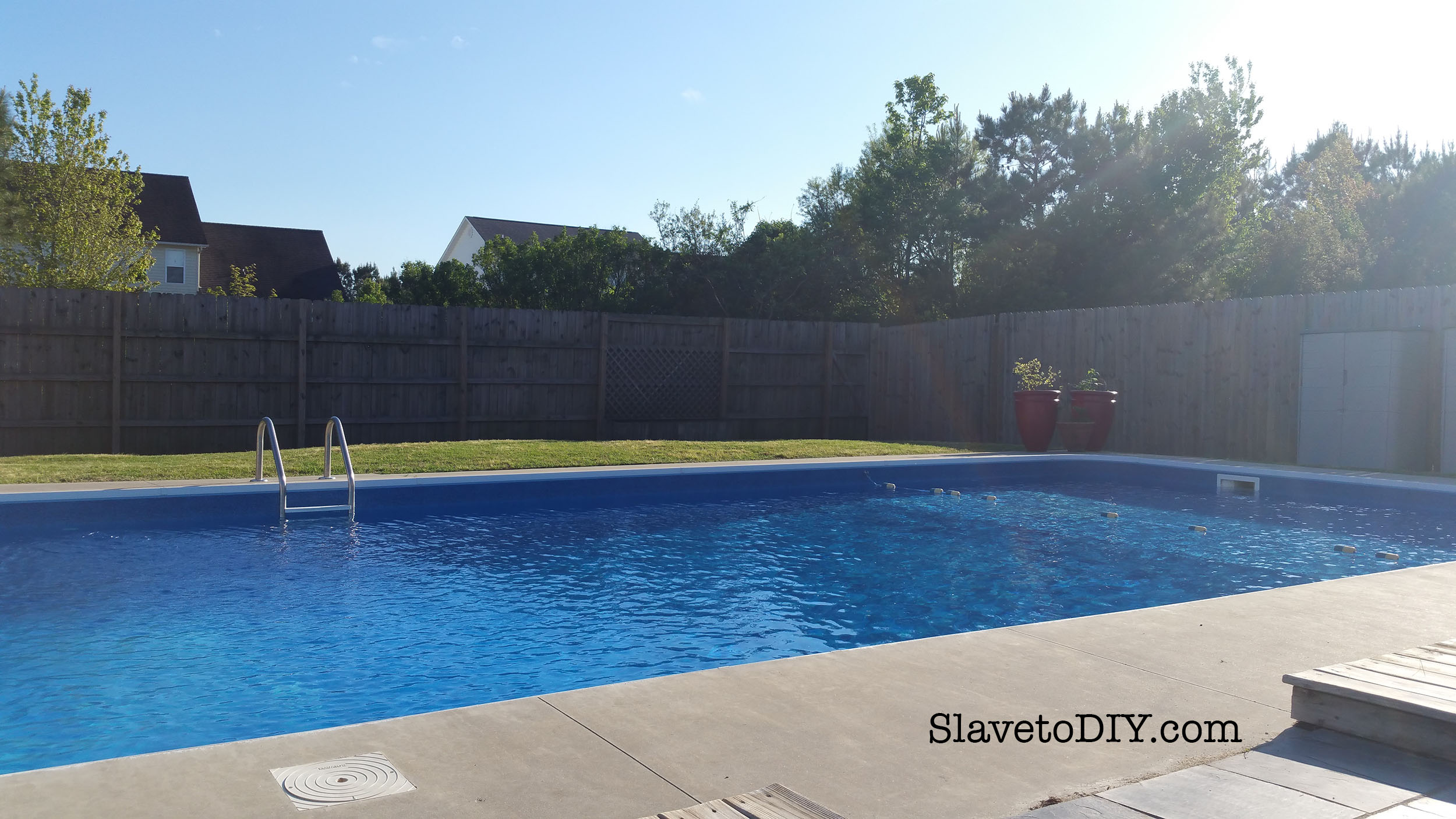
8. How do you find a contractor?
You can look on the internet, but I recommend asking a friend. I don’t think I’ve ever met anyone with lukewarm feelings about their pool contractor. They either loved them, or hated them. So, if you ask, you’ll find out.
Beware of companies with prices that seem to good to be true. In the town where we had our pool installed, there was a contractor who quoted us 10K less than the contractor we ultimately chose. After doing more research we saw that there were no positive reviews because they never actually finished pools. They would be in and out of a property for months and sometimes YEARS (then when they were sued for not finishing the job they would open up under a different name and go straight back to work ripping people off).
The company we chose did ONE POOL AT A TIME. We gave them a small deposit to secure our place in line and, once they started, they were at our property every day from start to finish of the project.
They’ve continued to be available for questions and troubleshooting every time I’ve contacted them since then for the last eight years (even at our new house with a pool they didn’t install!).
For those of you in Eastern NC I highly recommend Crystal Coast Pools at (910) 330-0969. I’m not a paid affiliate, but we think they’re great!
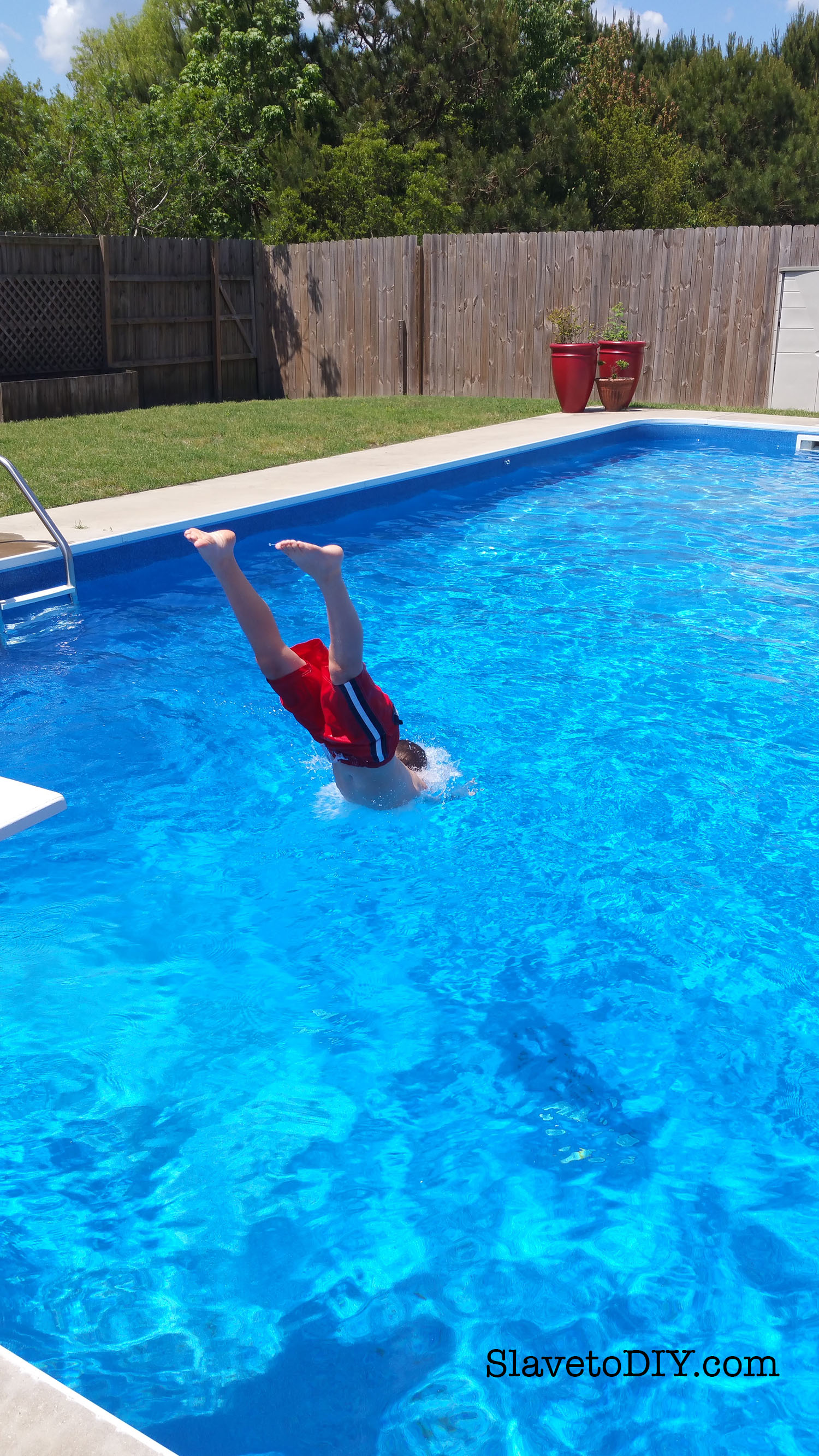
9. How much does it cost a month to run a pool?
Running a pool pump seems to cost about $200 a month in Eastern North Carolina. That doesn’t include the cost of chemicals, shock, chlorine tabs, or salt. In our salt pool (36,000 gallons) we usually spent about $150 a month on chemicals during the summer and about $200 to open it, balance chemicals, and buy shock for the summer.
Buying shock and chlorine: We kept having problems with the stuff from the big box stores and the nice lady at the pool store recommended Zappit Pool Shock. It works much better and is cheaper. I buy my own shock and chlorine tabs (I purchase big buckets once a season online) but also found a local pool store that does free water samples. Then I don’t have to mess with trying to guess what I need to add and how much (they sell me the chemicals). It’s way easier.
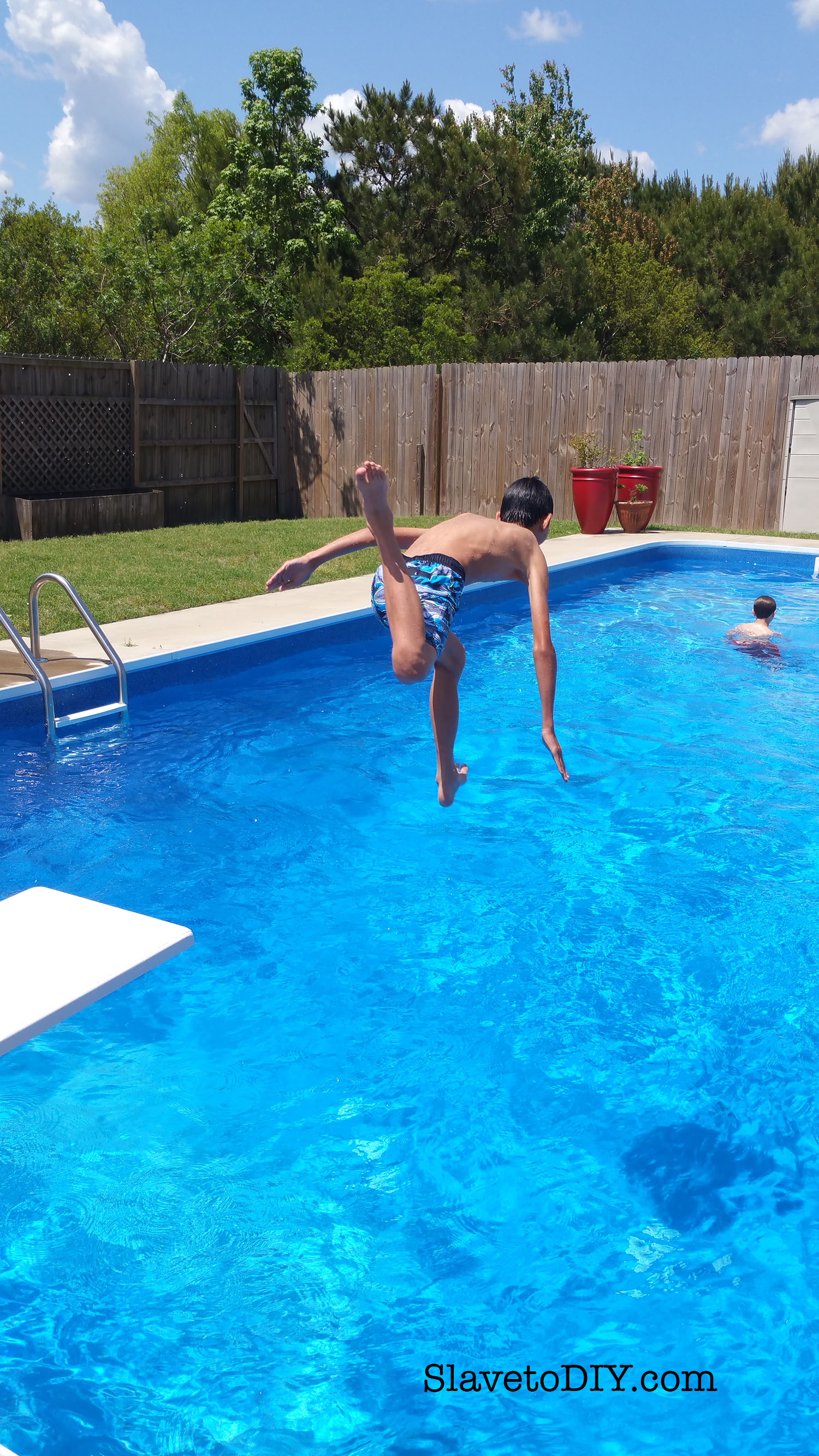
10. Is caring for a pool a lot of work?
Yes. But, if you actually use it, it’s well worth it. If you’re not up to it, consider that even in NC where costs are relatively cheap, pool maintenance contractors charge about $75 an hour to care for your pool for you, plus the cost of chemicals, etc. If you don’t take care of it, then you have an expensive frog pond to deal with in the back yard.
11. What kind of fence do you need and pool safety equipment?
When you are interviewing pool contractors, find one that knows the local codes and will include those items as part of the installation. Many municipalities have rules on pool fences, self closing gates around the pool, door chimes leading to the pool, etc. The pool contracter should be knowledgeable and willing to complete the process for you.
In addition to the required items we like to have a pool safety ring on hand and when smaller kids are swimming we use the float ropes that mark where the shallow end transitions to the deep end. If we are having any kind of an event where we have lots of kids swimming I post responsible teenagers at two corners to act as lifeguards. It’s important to have a healthy fear of swimming pools and to create a safe environment for your family and friends.
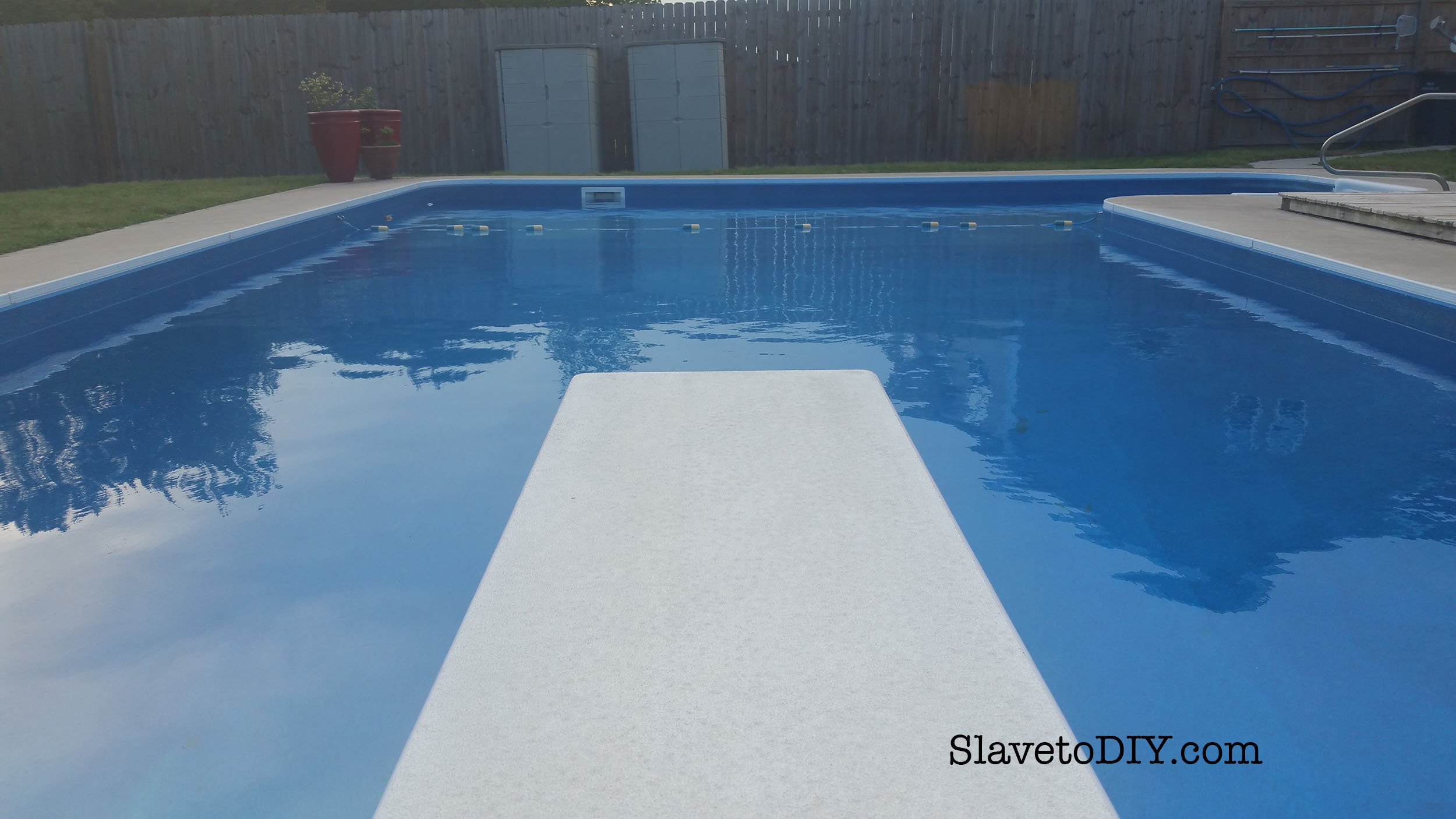
12. Do you need a pool cover?
We never invested in a pool cover at our old house because we didn’t have big trees and there wasn’t much debris blowing into the pool. I just assumed that the grueling process of turning green swamp water into clear blue water was a necessary part of the Spring-pool opening process (which took no less than a month, several hours a day, sweeping algae and messing with chemicals). What a pain.
Then when we got to our new house, there was a cover for the pool in the shed. With lots of big trees we thought it would be a good idea to cover it. So, we covered it the first winter, winterized the pool with chemicals, and crossed our fingers (this isn’t a fancy cover, it’s basically just a gigantic tarp held in place by water bags and a layer of water on top of the tarp). When we uncovered the pool in the spring, after siphoning off the water on top of the tarp, we peeled it back to find: crystal clear water. Now, our current cover is the ugliest pool cover I’ve ever seen (it looks a lot like a giant, black trash bag), but until we budget in a new safety cover, it’s working fine and I’d never go back to spending a month opening the pool.
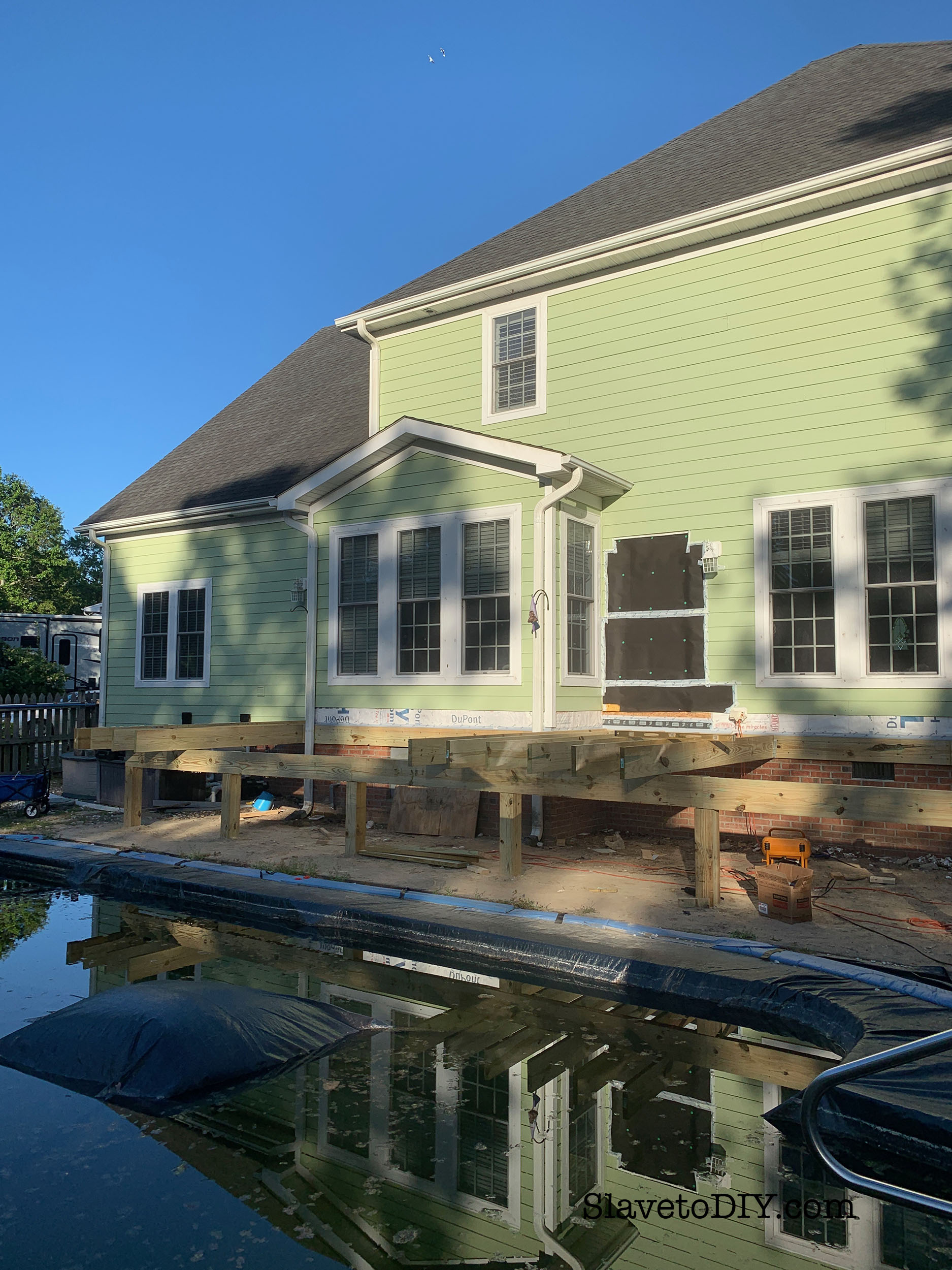
Ugh, it’s so ugly. I have my eye on a safety cover because I have nightmares about someone falling onto the pool cover and getting trapped. Hopefully we’ll get that into the budget soon.
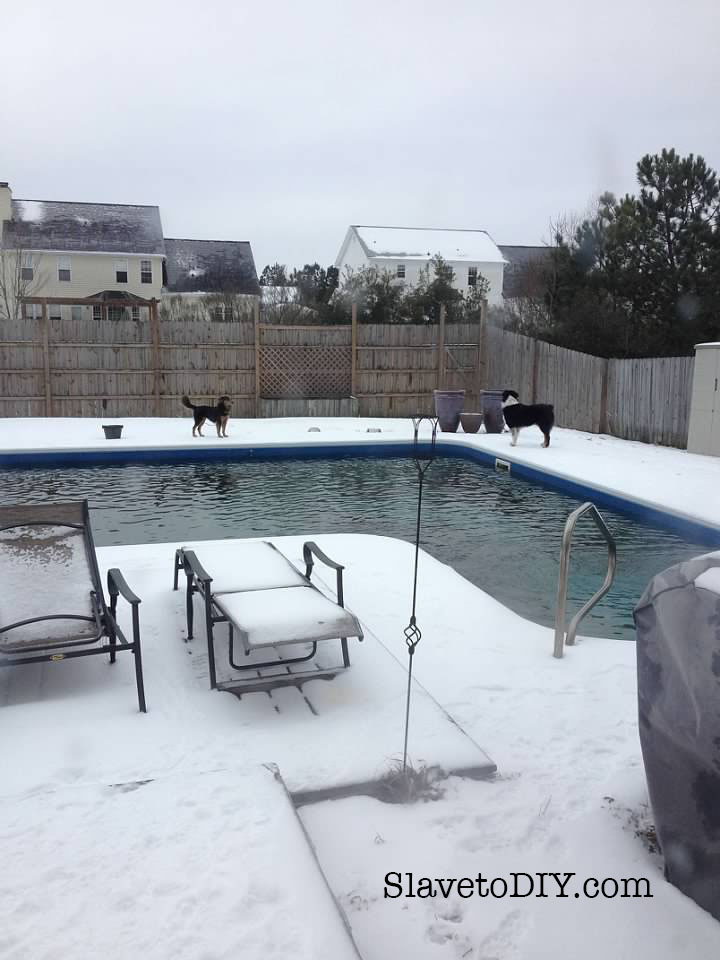
13. Do you need to bury your wastewater/backwash line?
For those of you who already have pools, you’re like, duh of course it needs to be buried. Well, no one offered to conveniently run a waste line out to the ditch behind our house, and every time we backwashed the pool we pissed the neighbors off. Yup. We’d turn it on and it would shoot out at the fence and eventually settle into a mud pit right by their gate. We tried using temporary attached hoses but they usually worked themselves loose and then created a bigger mess than before (while also soaking us in the process). I had to time backwashing the pool around their mowing schedule to keep the peace in the neighborhood.
So, bury your backwash line.
14. Should you add extra features like cooling systems (for very hot climates), heaters (to extend pool season), or integrated hot tubs?
Look, I know they cost more money, but if you’re already laying out the money to install a pool, you should get what you want. If you’re a lap swimmer and can extend your swimming season a few months a year, then get an insulating cover and a heater. If you live in the deep south, get a cooling system or you won’t want to be in your hot tub of a pool in August. The biggest thing to remember with all of this is that it’s WAY, WAY cheaper to do during the initial installation than to add it after the fact!
POOL TIME!!!
So, here’s the fun part! This is our pool installation process in pictures (and I’m stressed just looking at it).
Most pool contractors will require a current survey. We blew up the survey and made copies so we could draw the shape and size of the pool on the survey. Then we measured the size we wanted and spray painted the lines on the grass to see what it really looked like in the yard. The kids fake-swam across the pool and decided it was big enough.
You’ll need to call the dig people and make sure you aren’t running into any problems where you want to install it (those of you that have septic systems- do you know where your tank and drainage field are?- plan accordingly!).
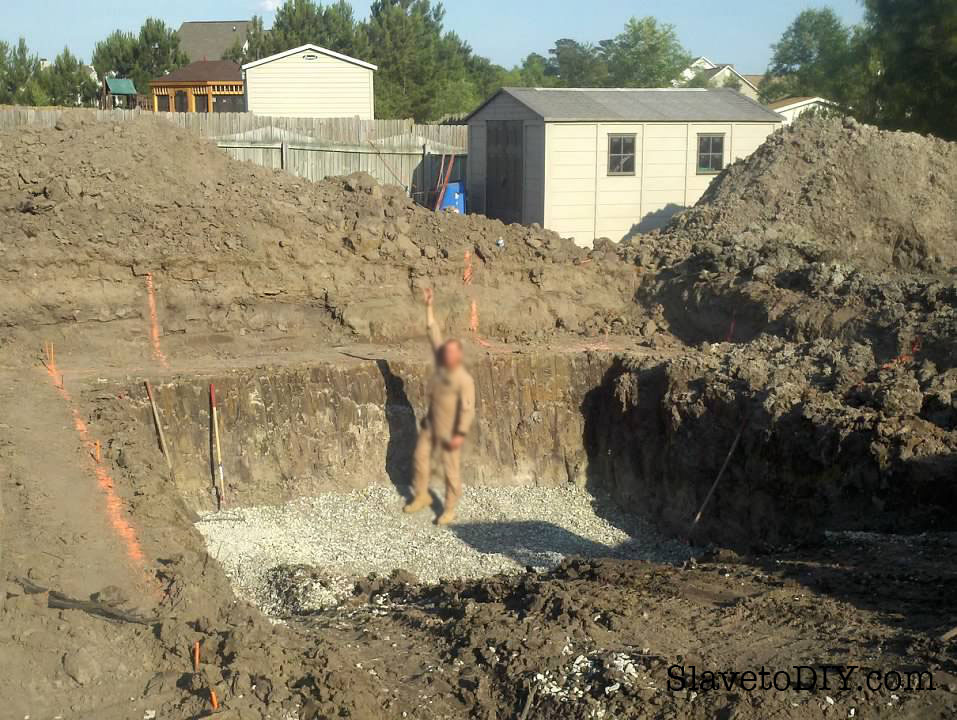
After the pool contractor dug out all that dirt, me and Rainman built a retaining wall at the back of the property so we could use some of the dirt to level the yard (that previously had a steep angle of bank). Of course, we did this to save money, and it was some of the most back-breaking work we’ve ever undertaken.
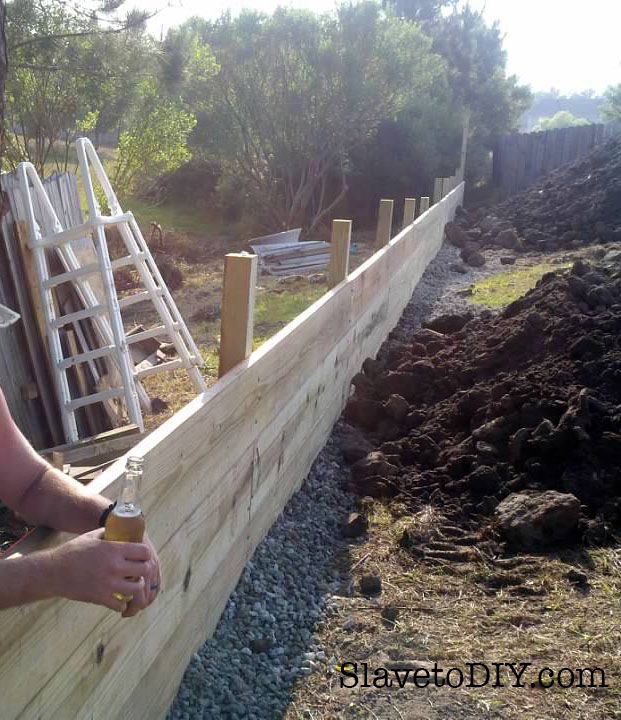
The retaining wall and dirt leveling took a while, and the contractor didn’t need to remove too much as we offered the excess dirt for fill to neighbors. Soon, the walls were framed with the metal band, plumbing and electricity installed, the floors smoothed with the concrete mix, the vinyl liner installed, and WATER!!!
Tip: If you call the local fire department, they will sometimes fill the pool cheaper than off of garden hoses (OOPS, our bill was $500 that month).
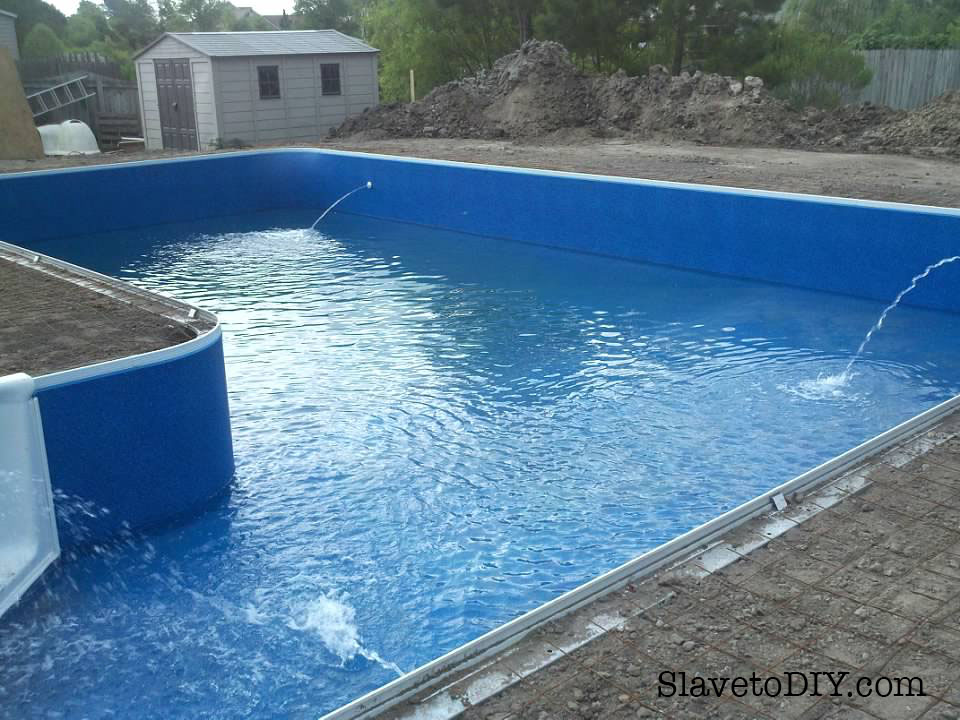
Once the dirt was all leveled out, and the pool filled, the concrete coping was poured around the pool.
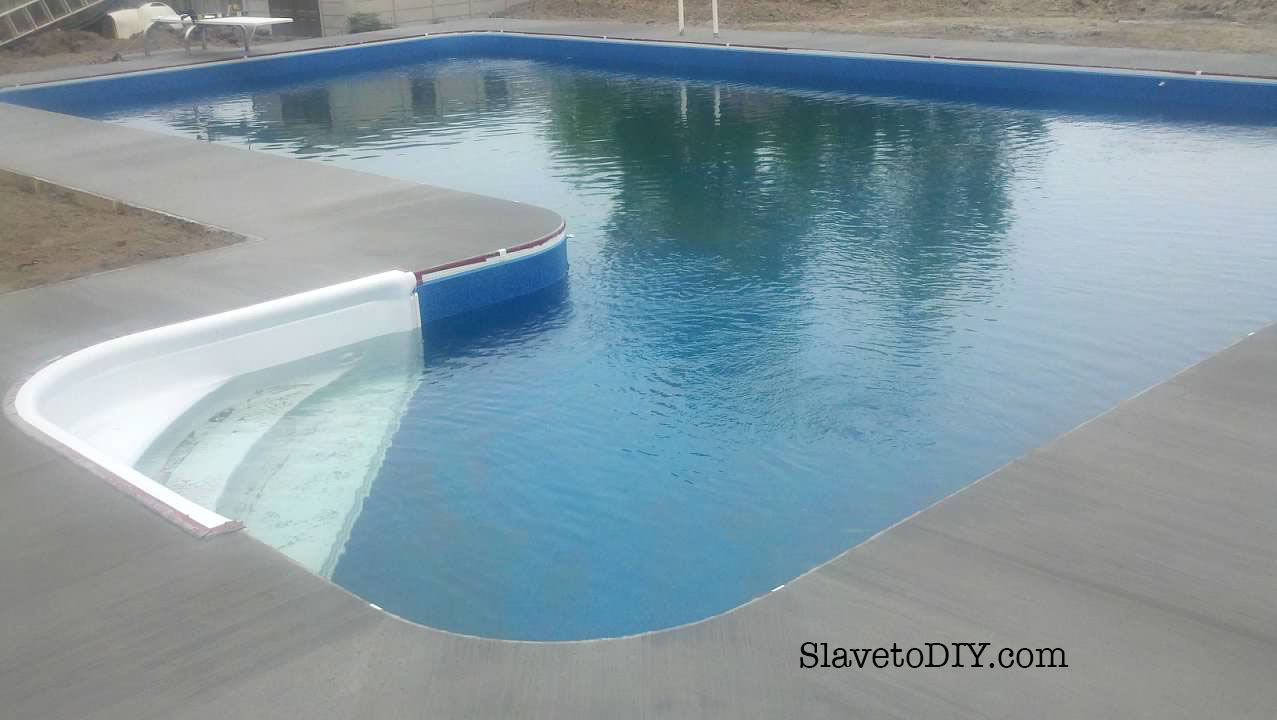
After the pool was finished, we added an eight foot privacy fence on top of the retaining wall for a secluded paradise in the back yard.
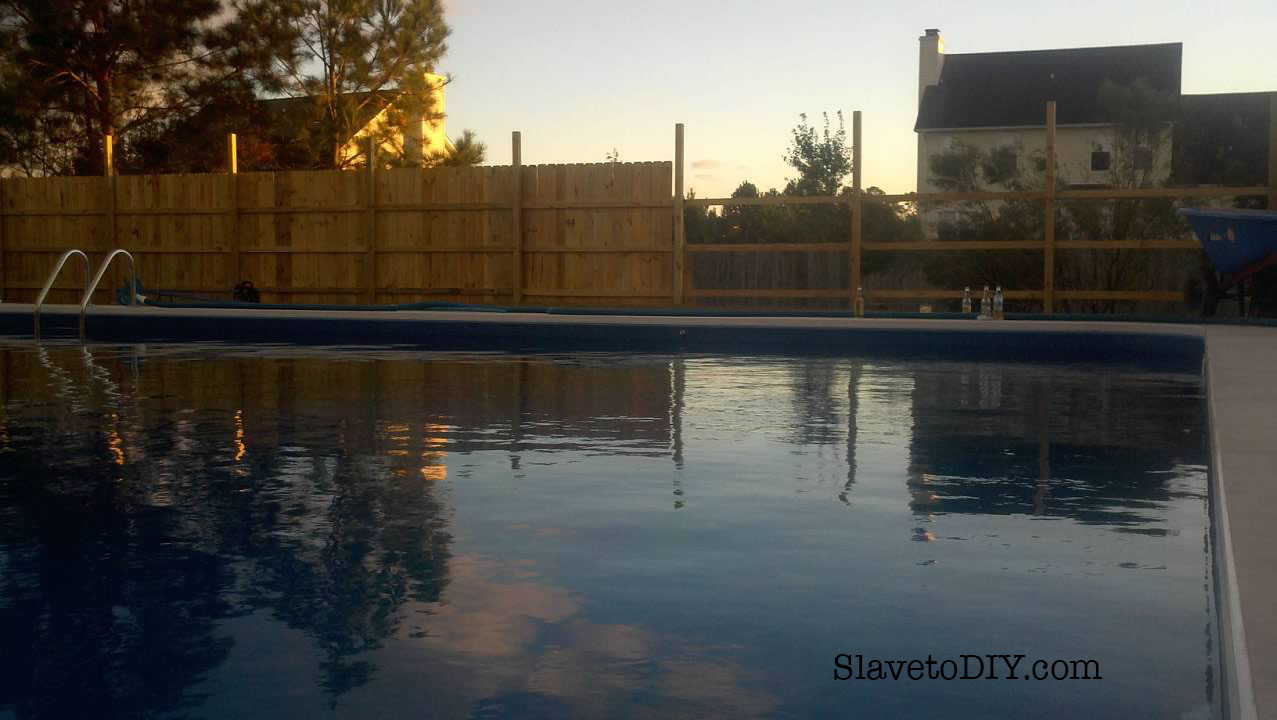
And finally, a finished pool the whole family can enjoy (complete with extended decks and hardscaping)!
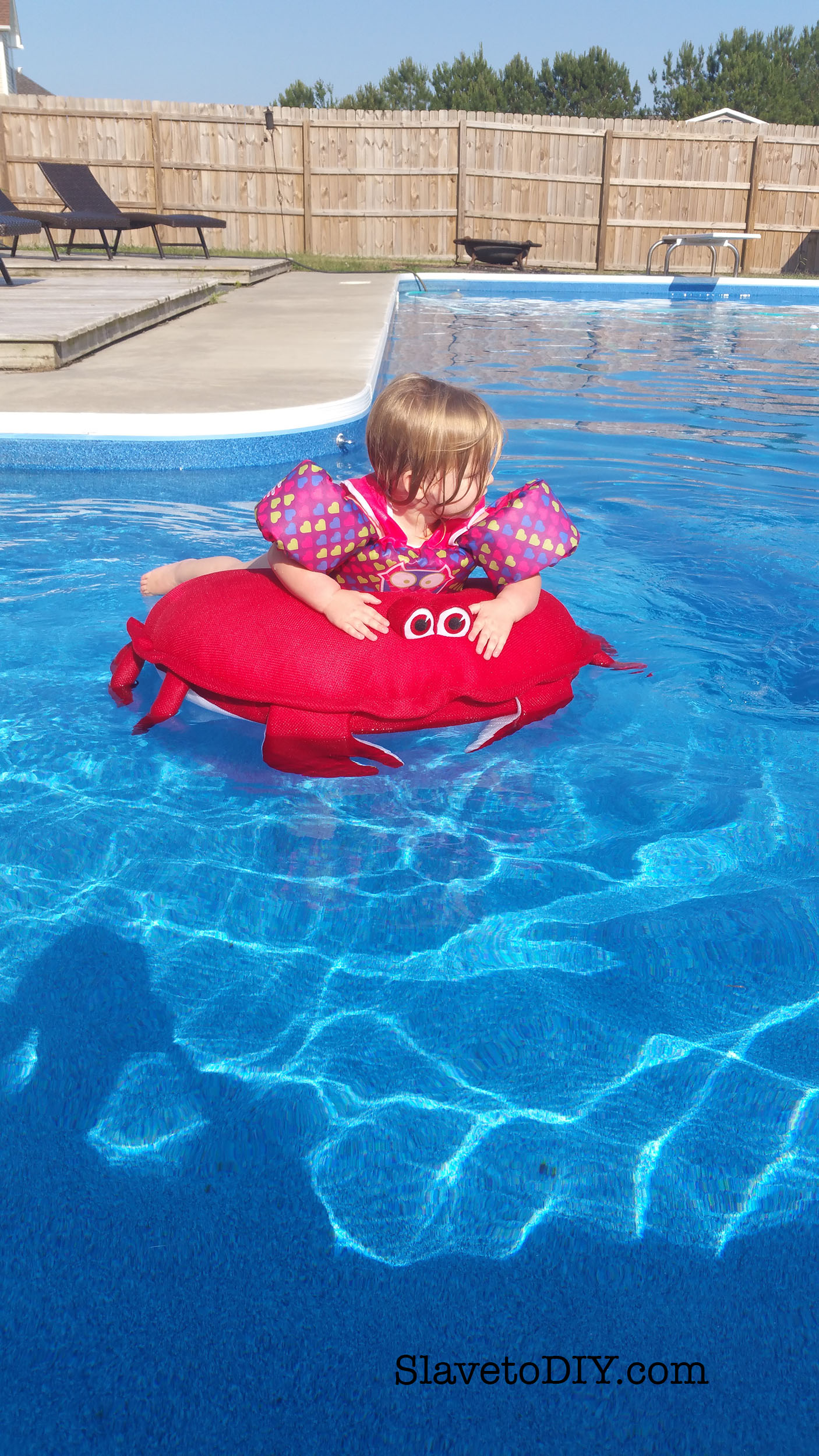
Thanks for coming along and sharing our DIY journey!
Do you have things you wished you’d known before you installed a pool? Please share in the comments below!
Check out more of our great DIY, decor, and inspiration posts on our Blog. Cheers!
*Legal stuff:
I am honest about my experiences with different products and write because I enjoy it. I do however, have the opportunity to earn money for my writing, also.
Slavetodiy.com is a participant in the Amazon Services LLC Associates Program, an affiliate advertising program designed to provide a means for sites to earn advertising fees by advertising and linking to amazon.com. Amazon offers a small commission on products sold through their affiliate links. Each of your purchases via our Amazon affiliation links supports our cause at no additional cost to you.
If a blogger links to an Amazon product (with a special code for affiliates embedded in the link), and a reader places an item in their “shopping cart” through that link within 24 hours of clicking the link, the blogger gets a small percentage of the sale. Amazon links are not “pay per click.” If you click on the product link and stay around Amazon and purchase something else, however, I will get a commission on that sale.
Slavetodiy.com is also a VigLink affiliate advertiser which works similarly.
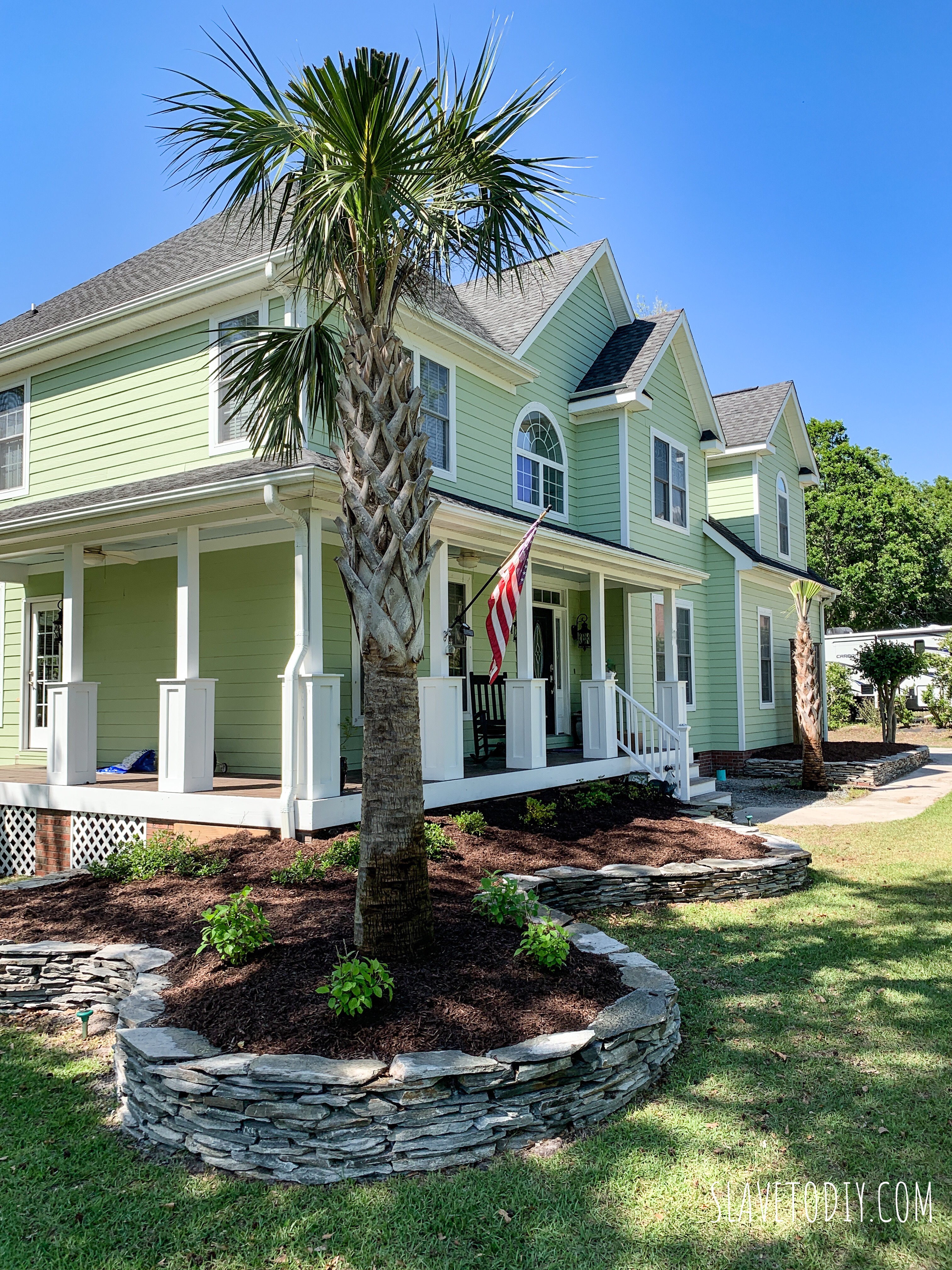
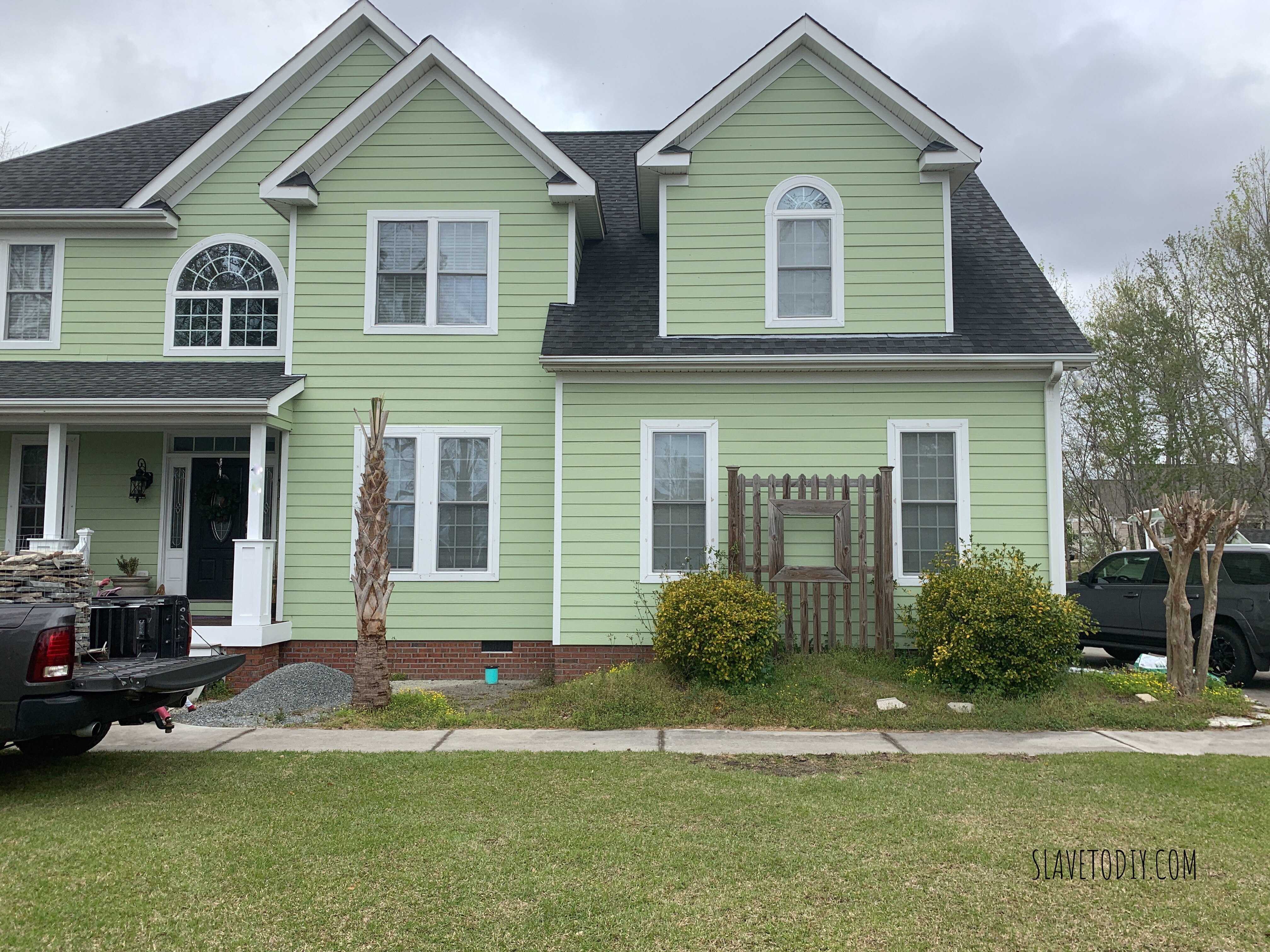
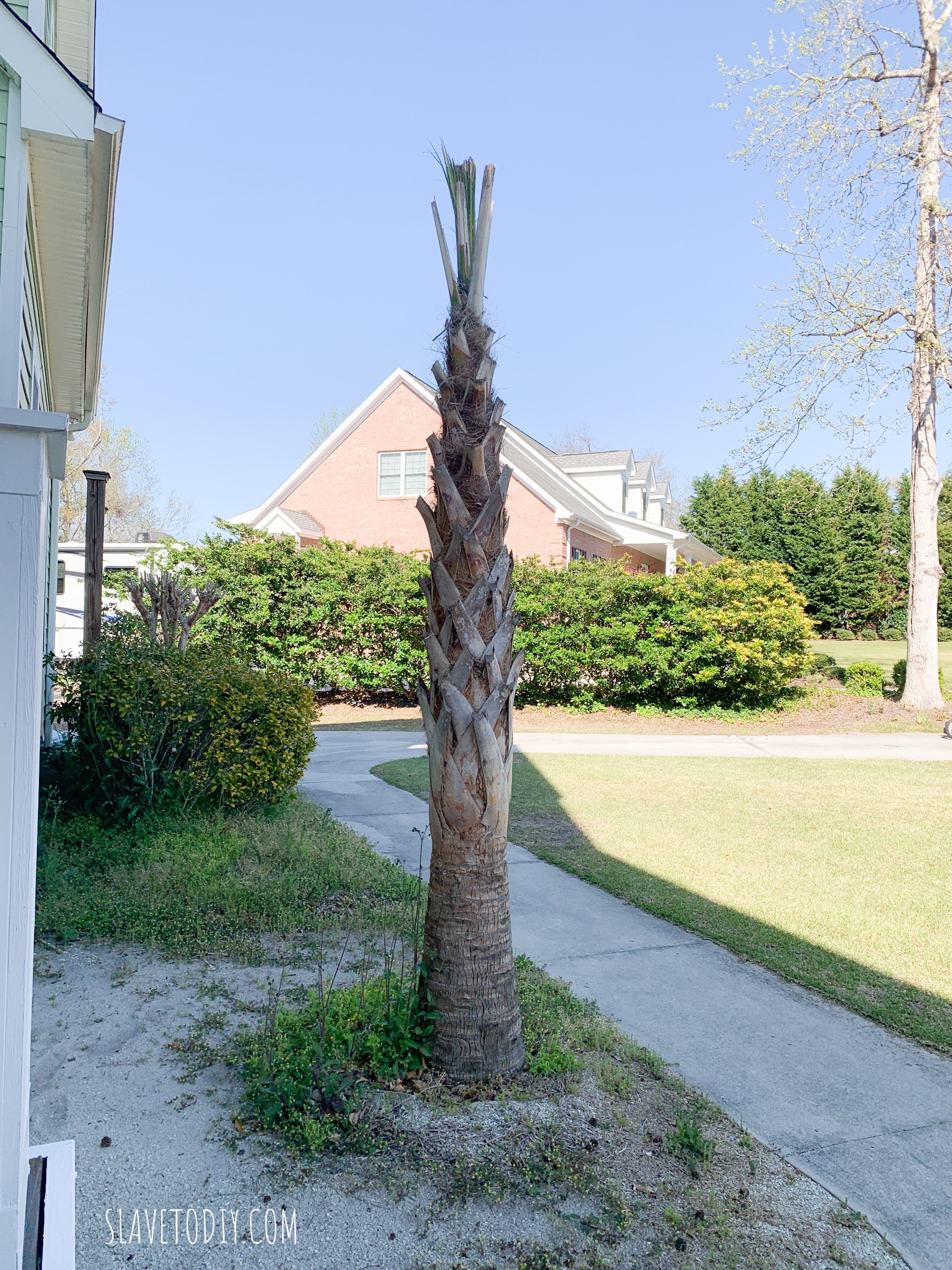
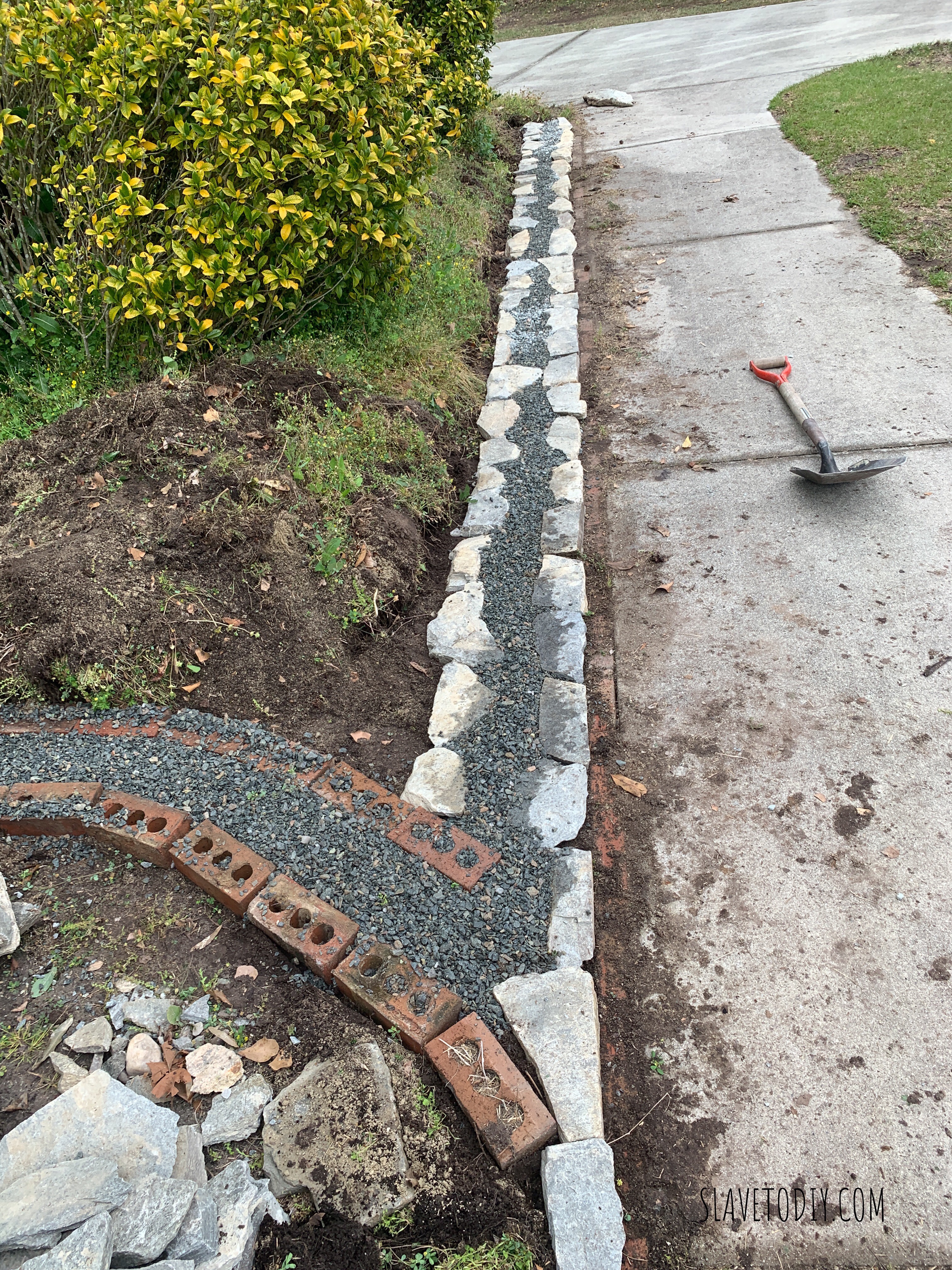
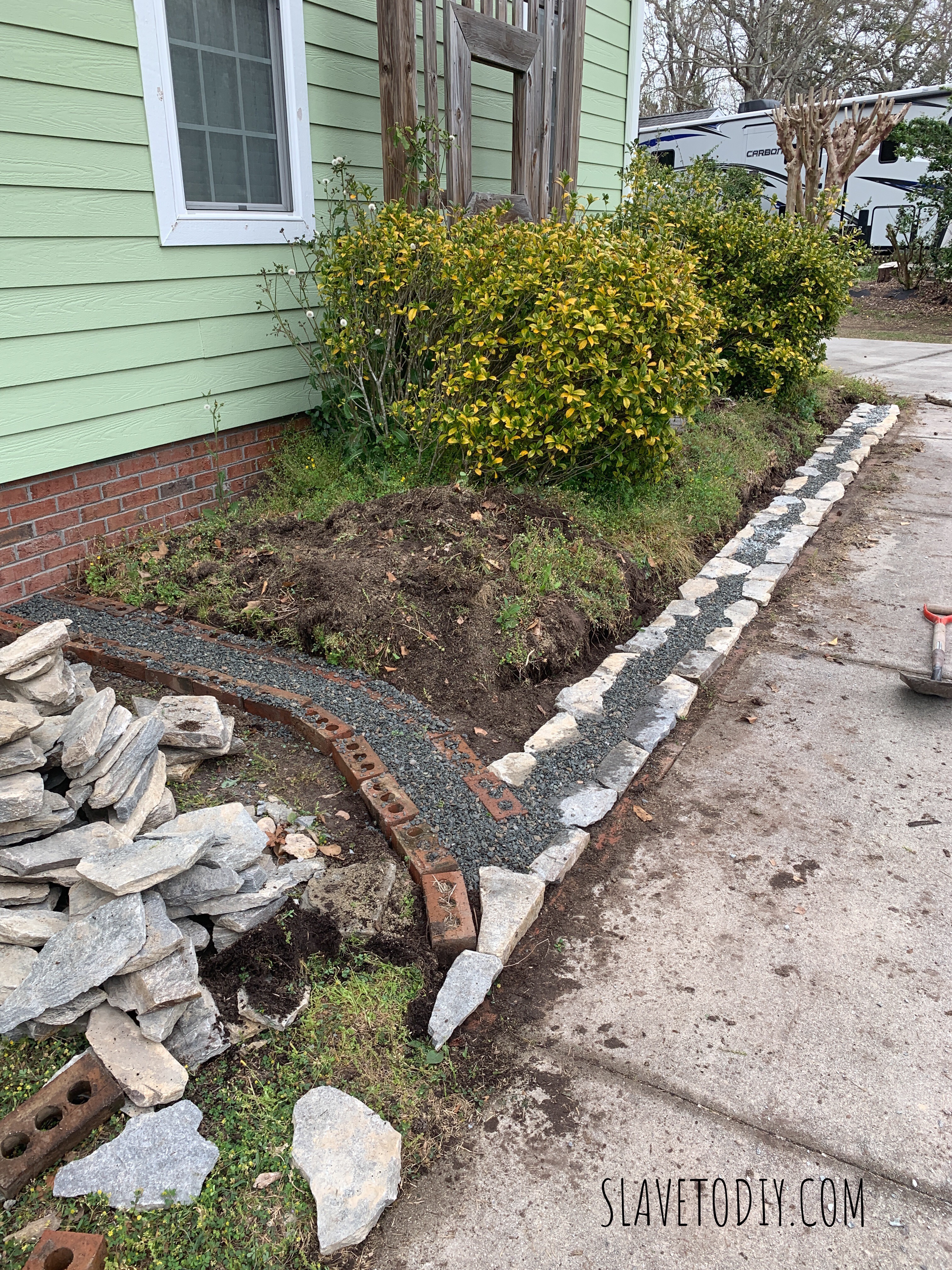
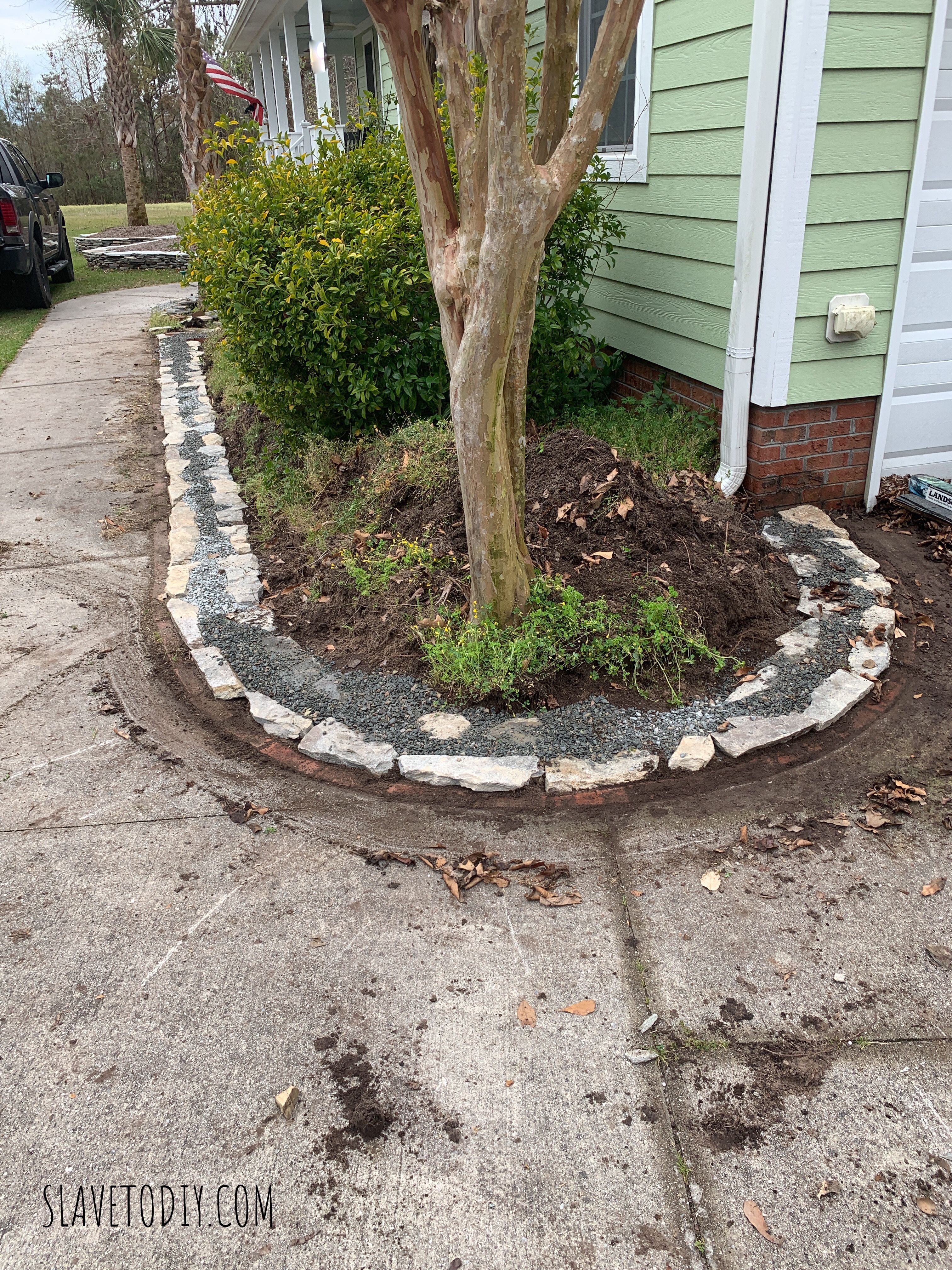
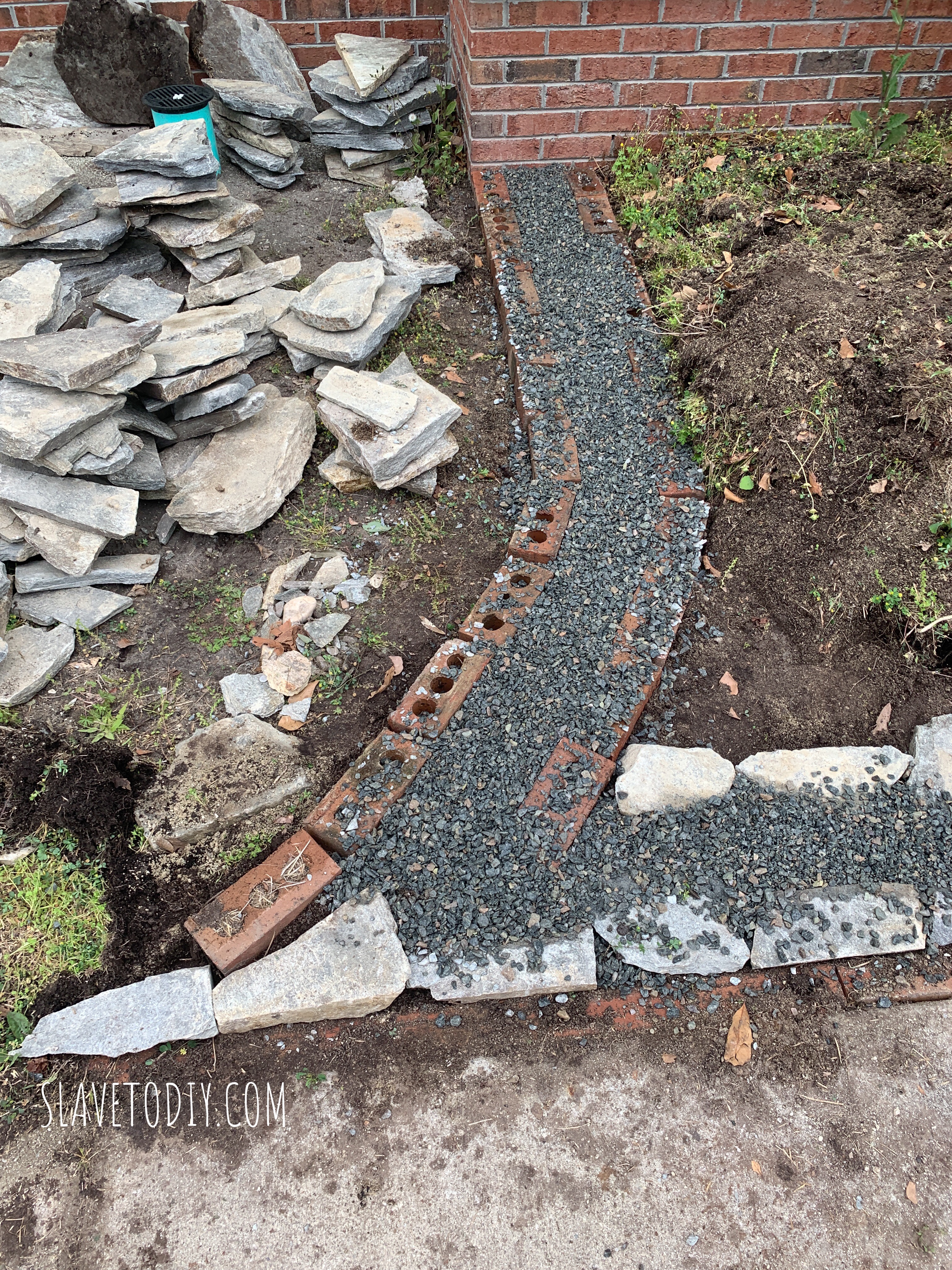
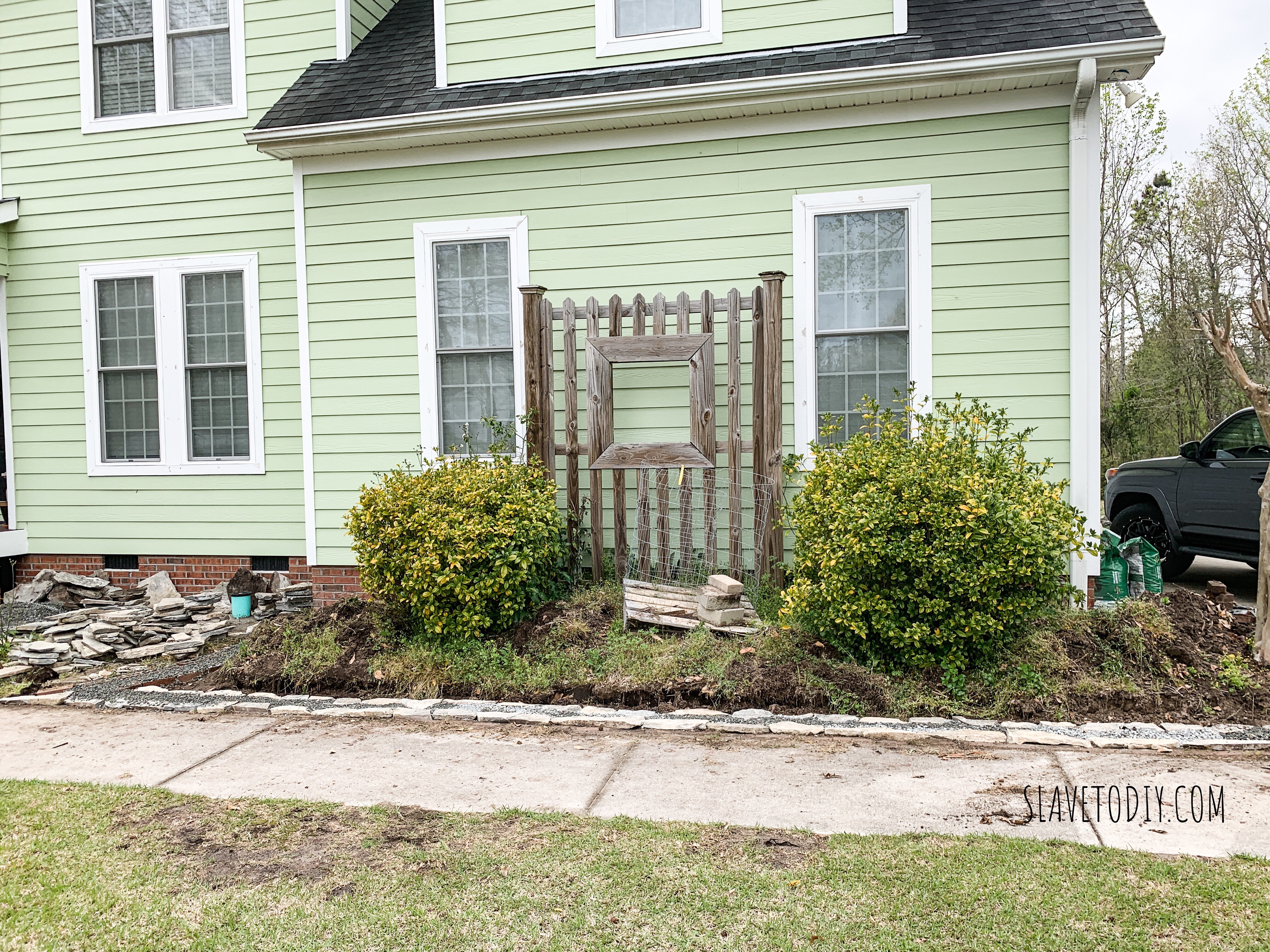
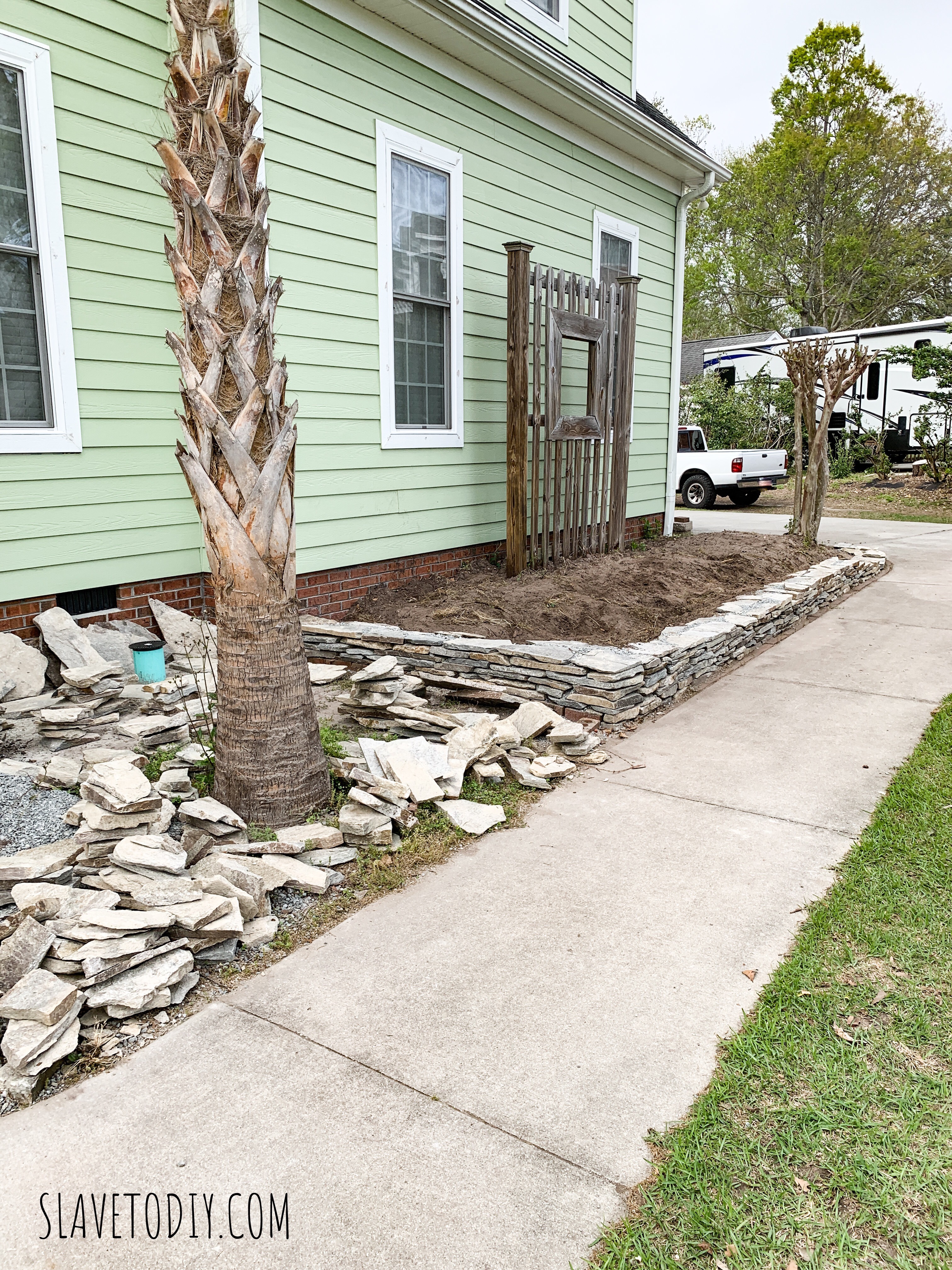
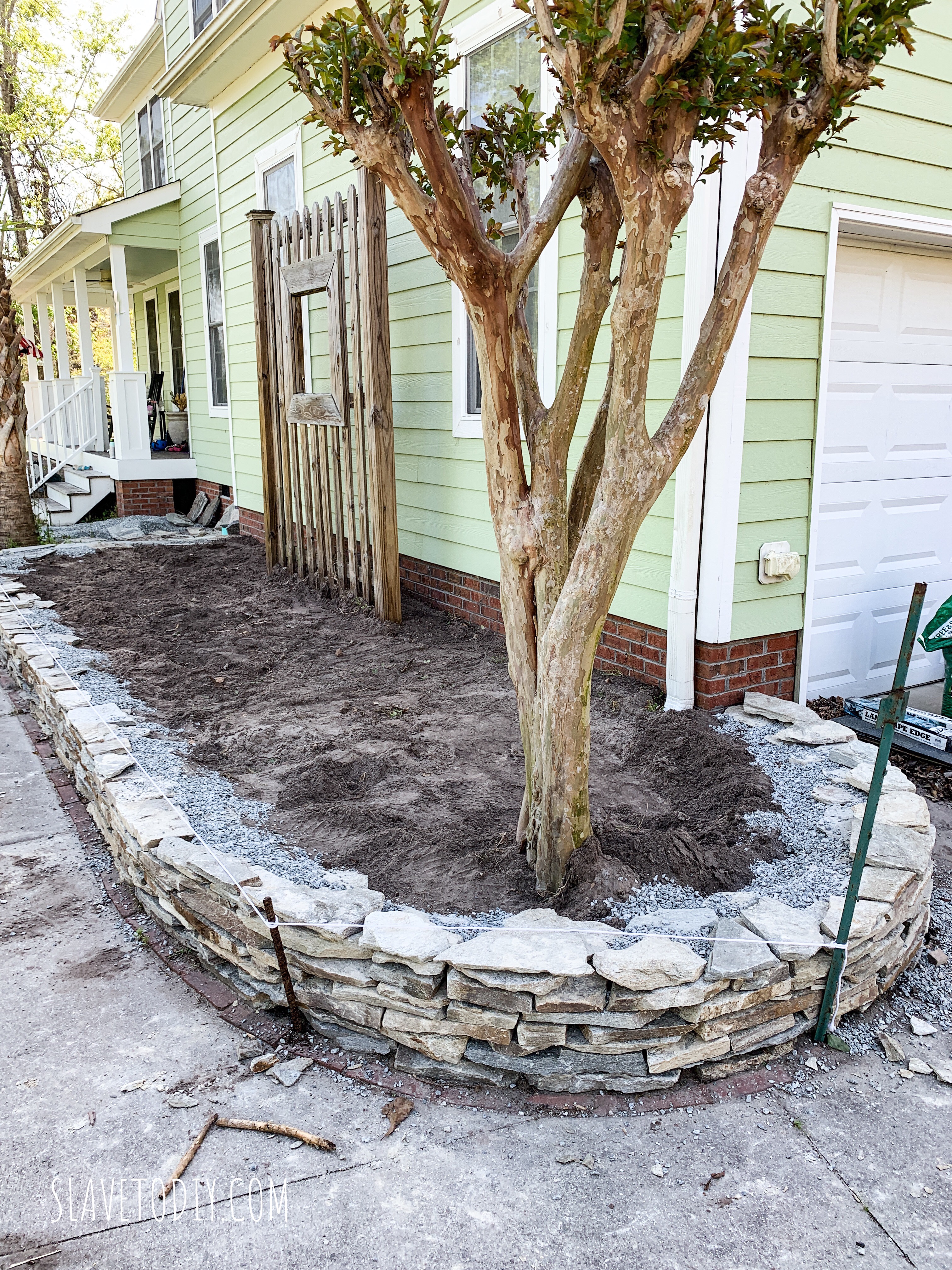
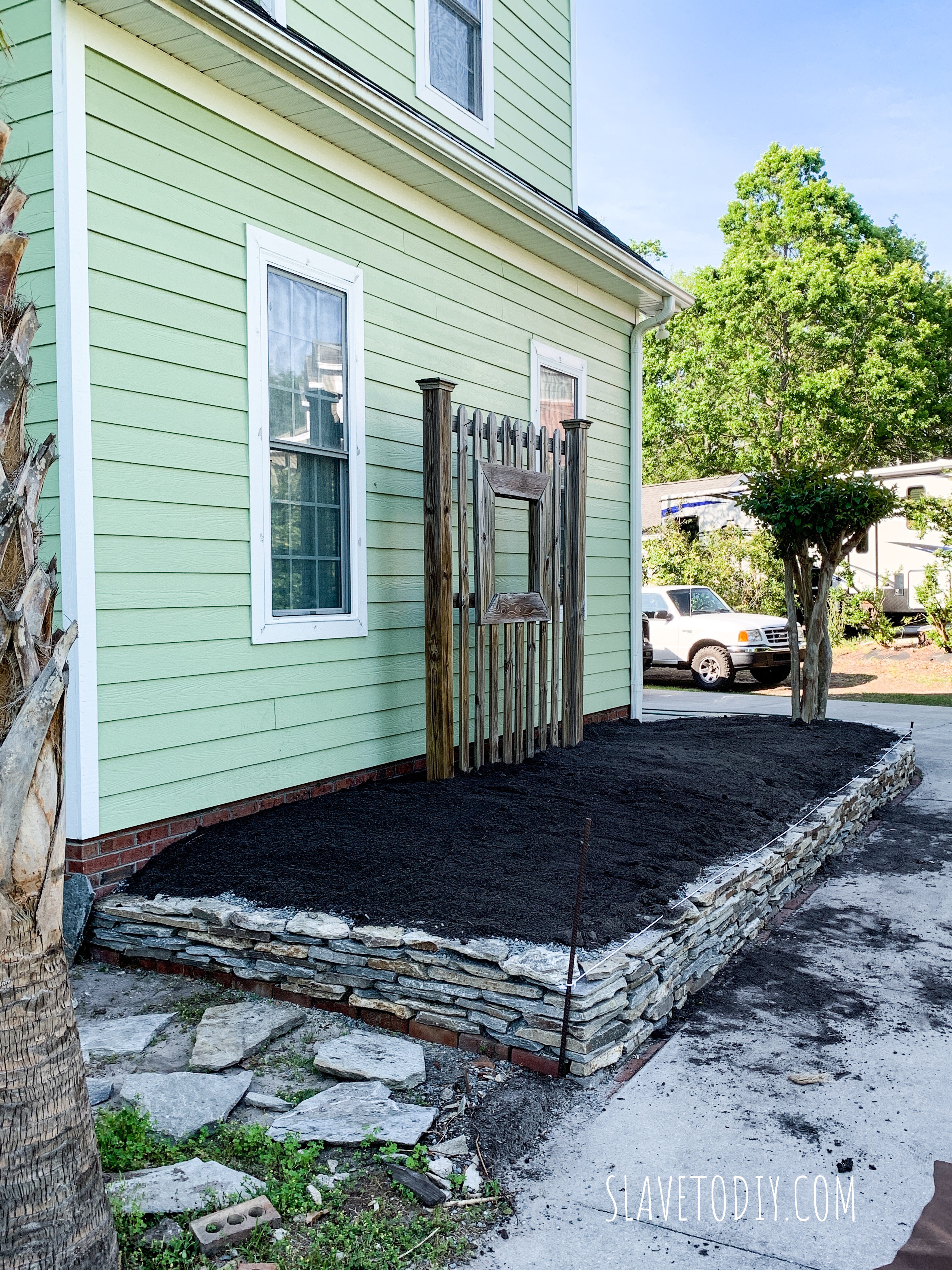
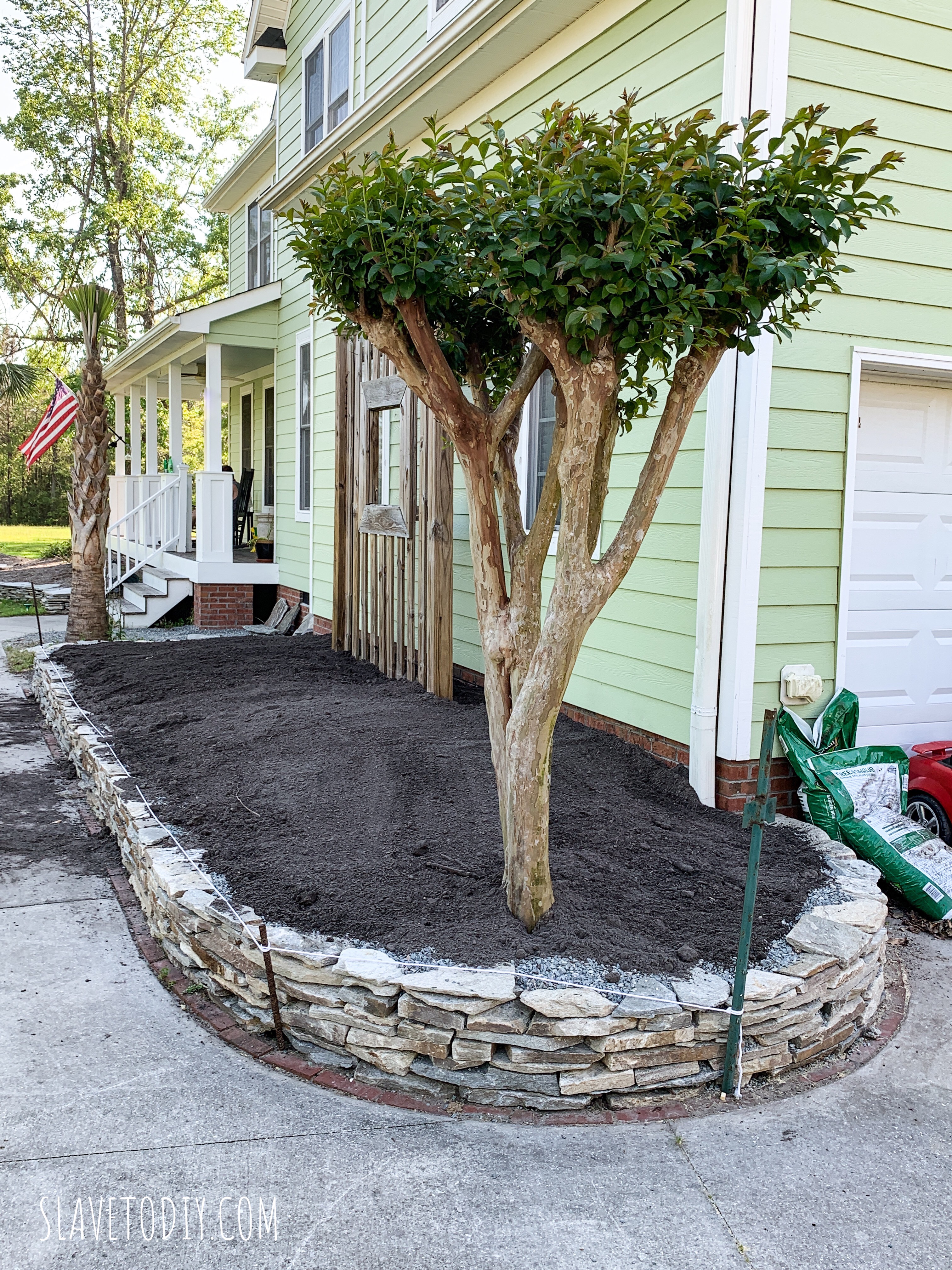
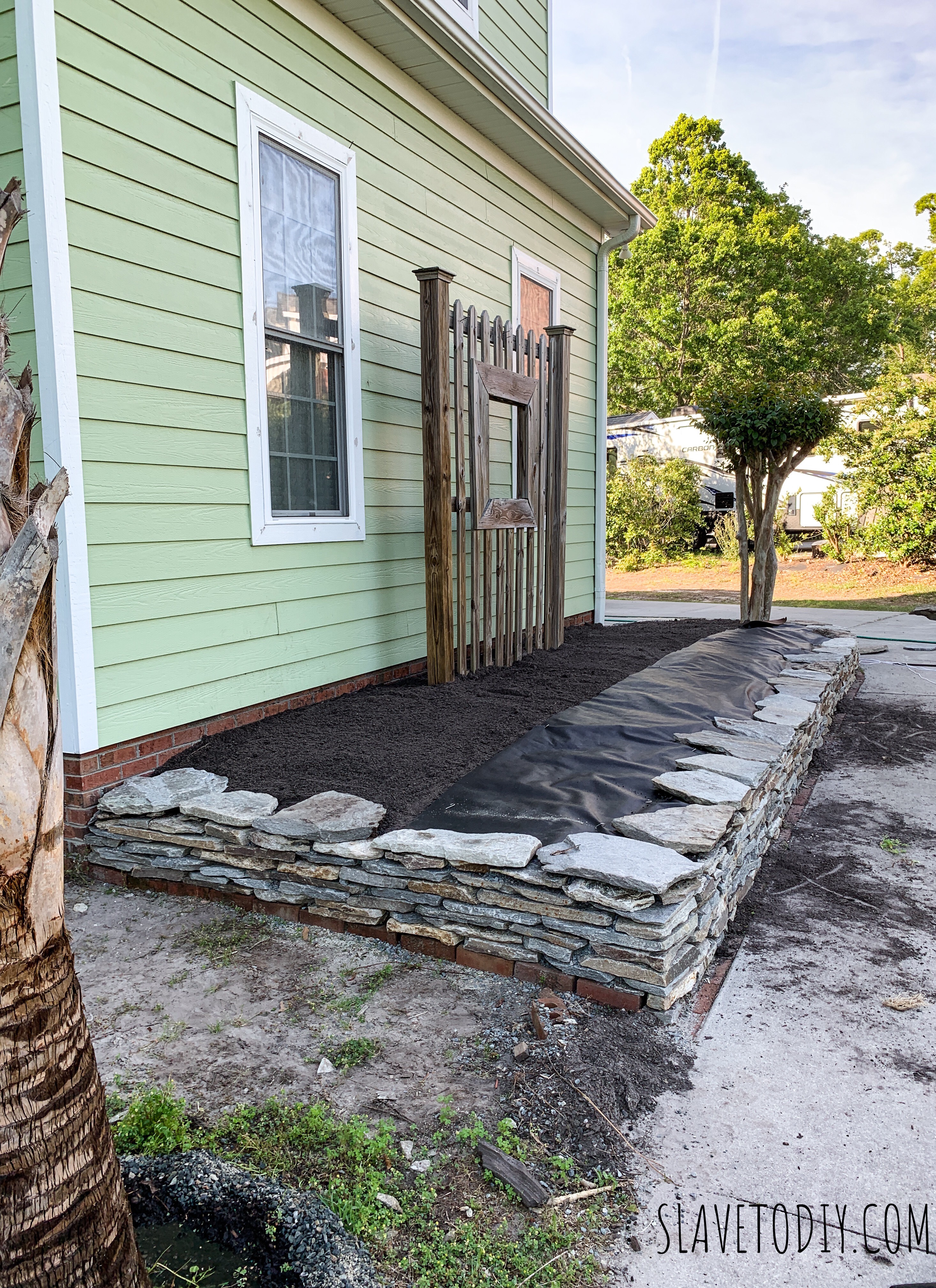
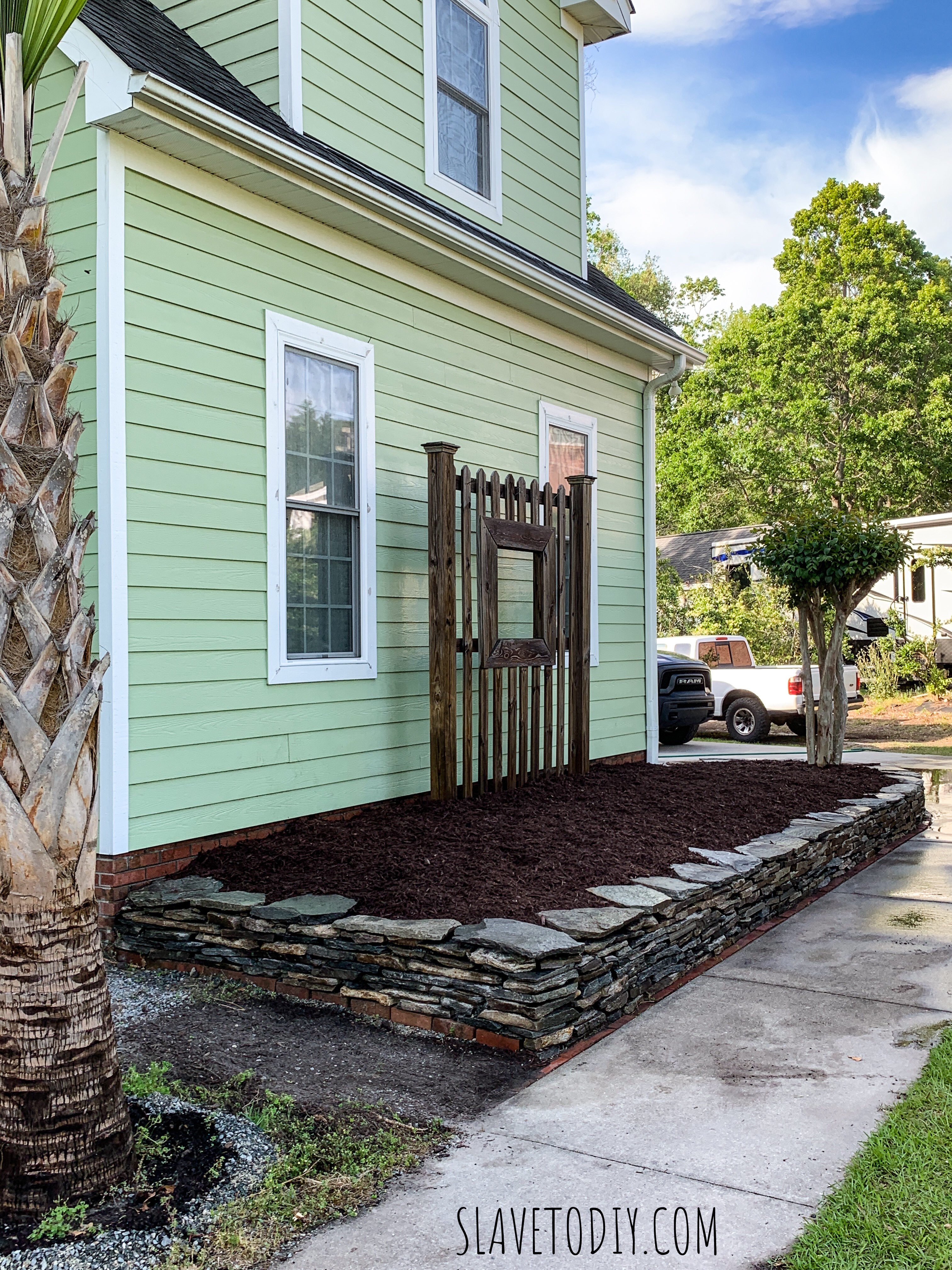
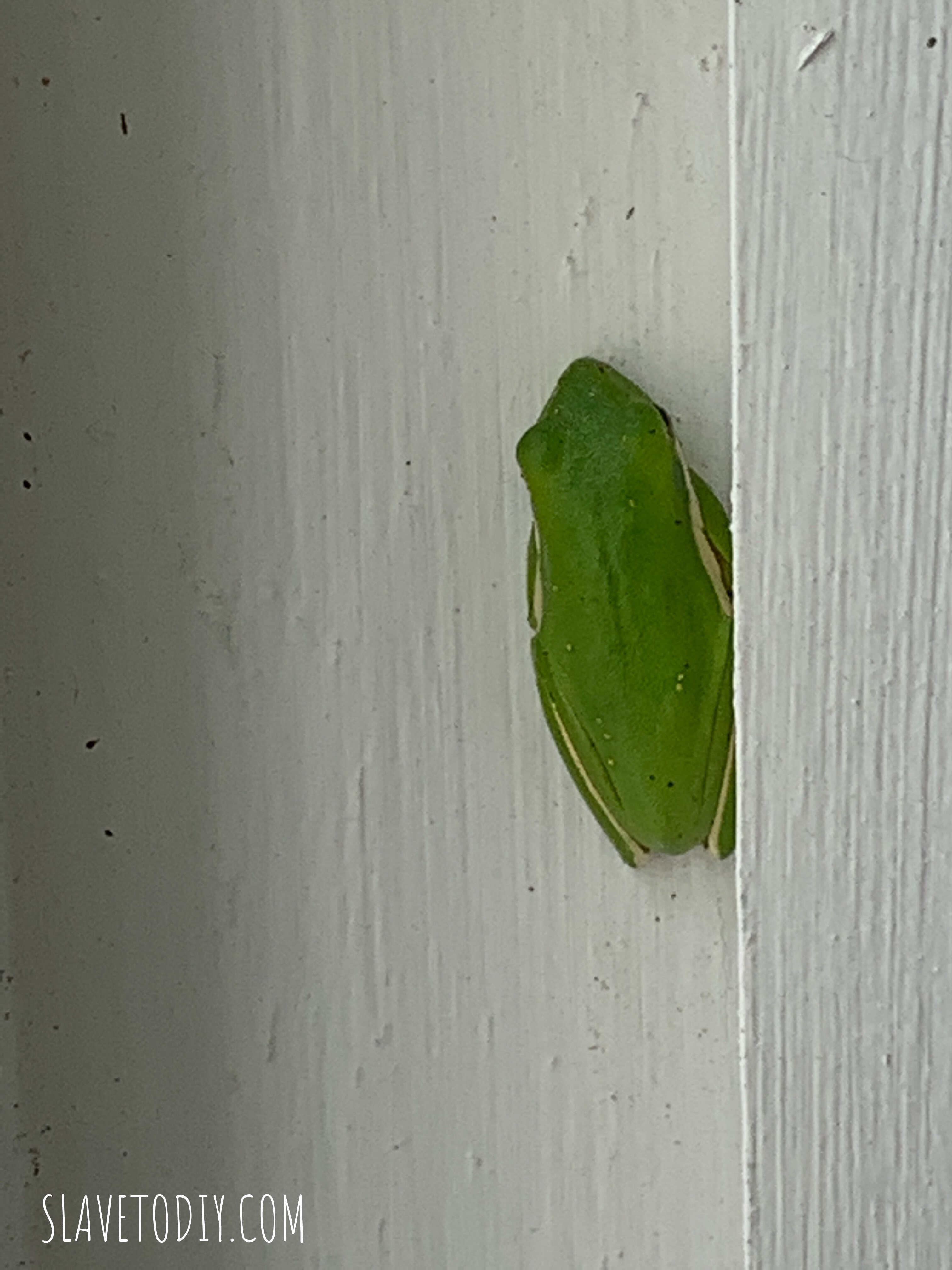
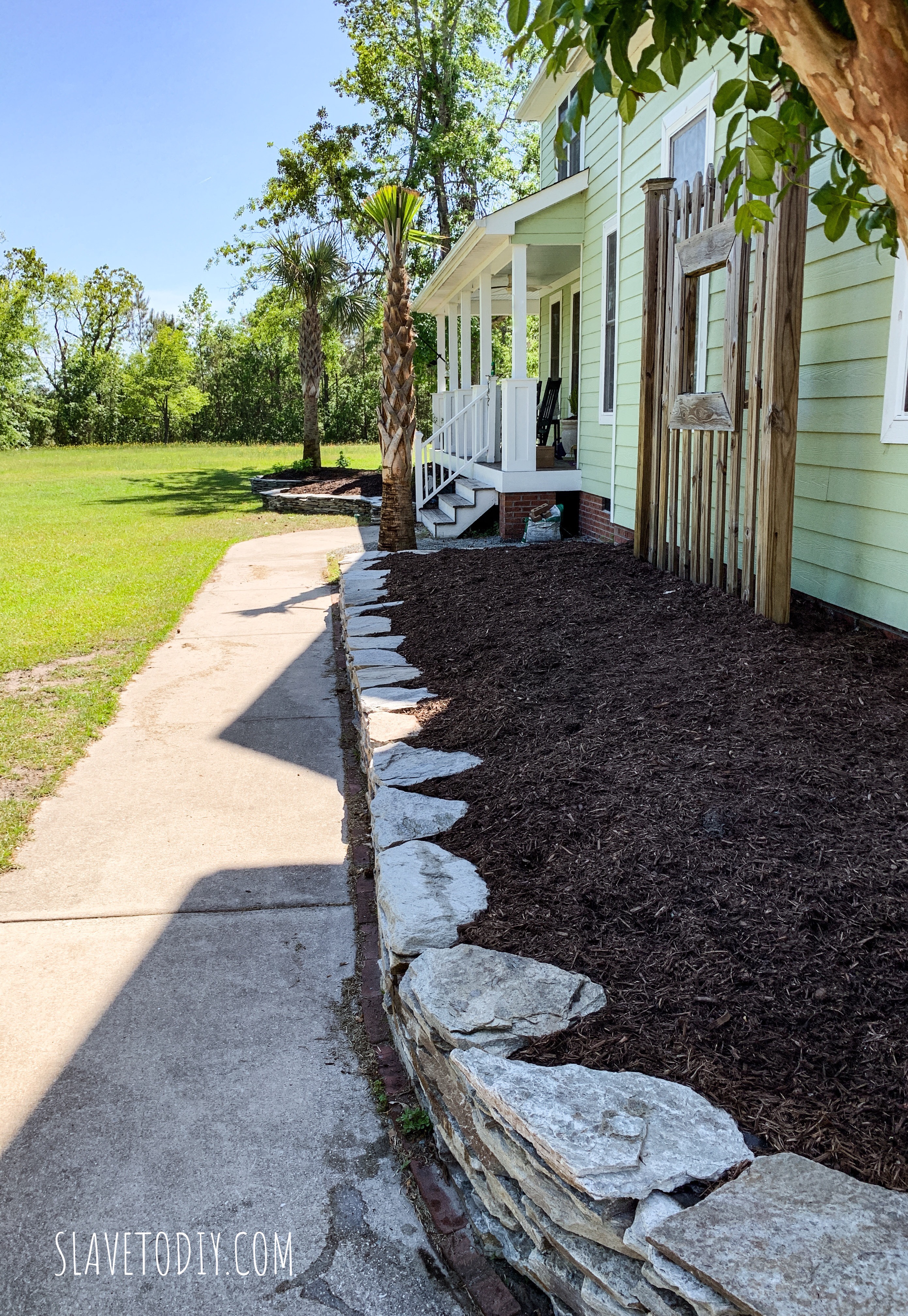
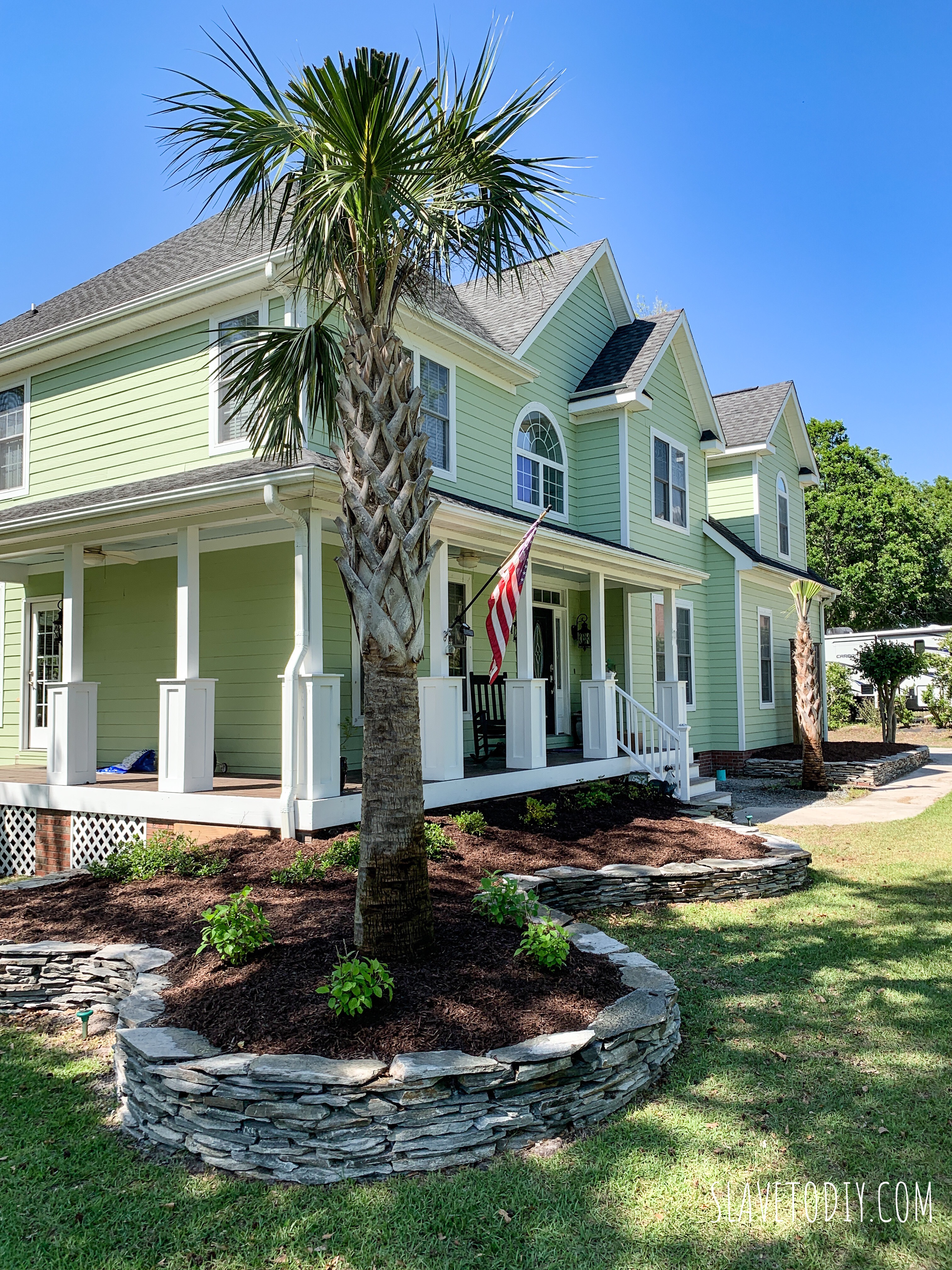
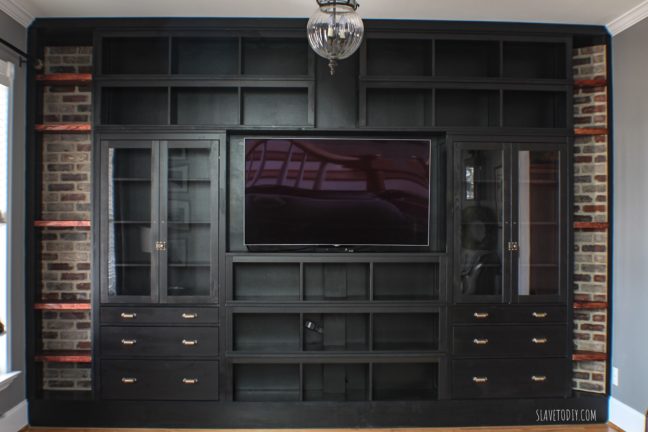
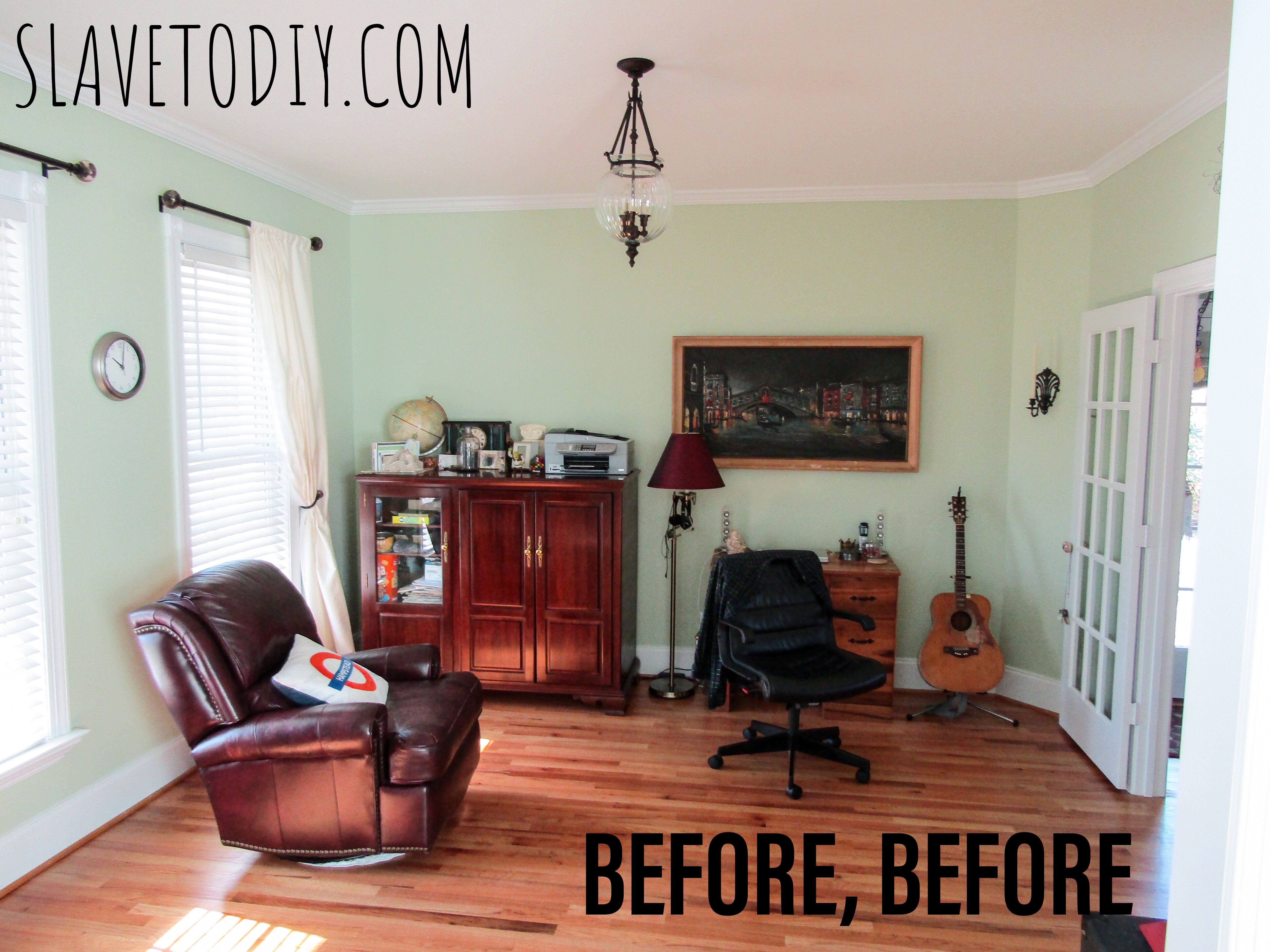
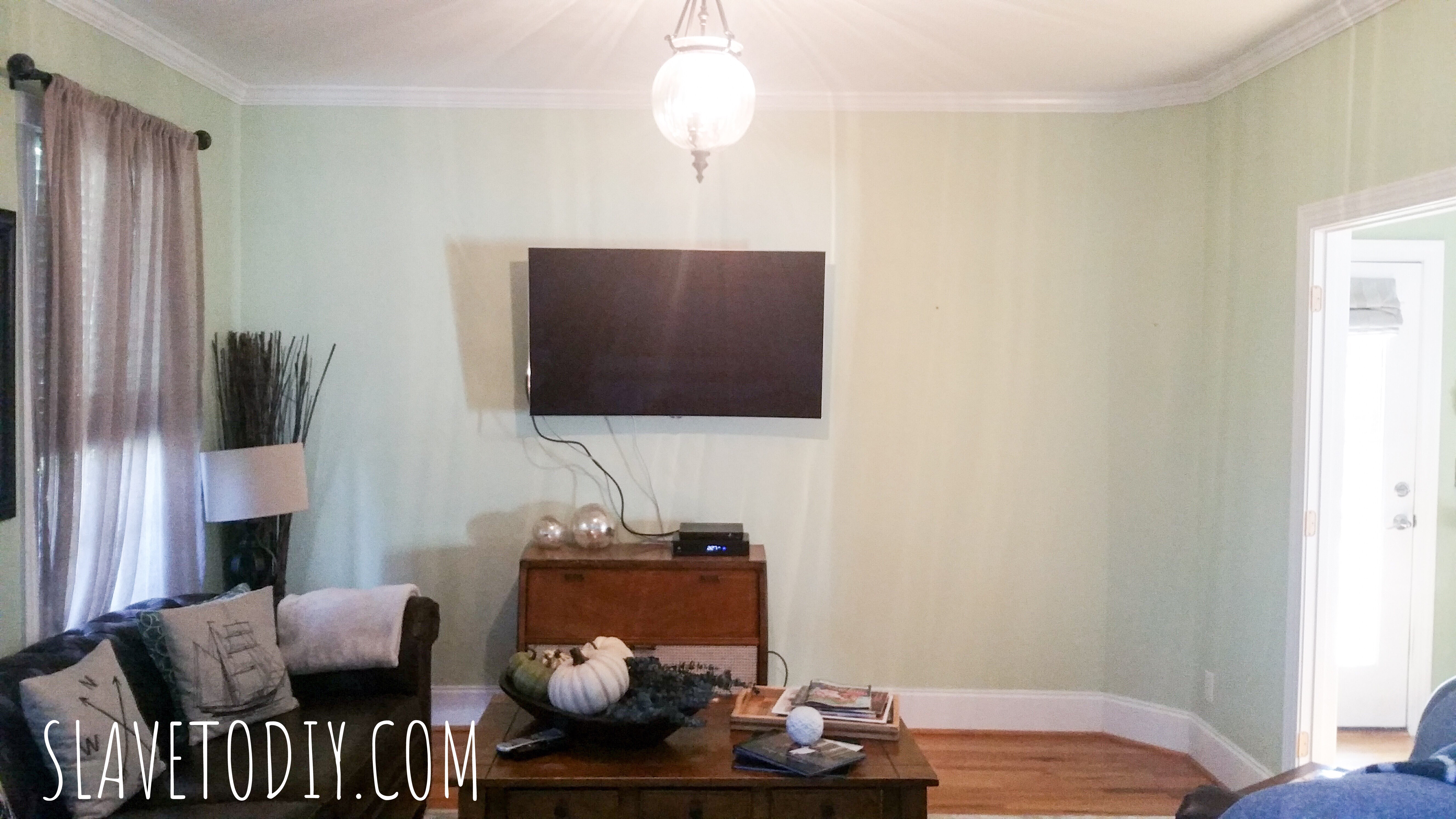
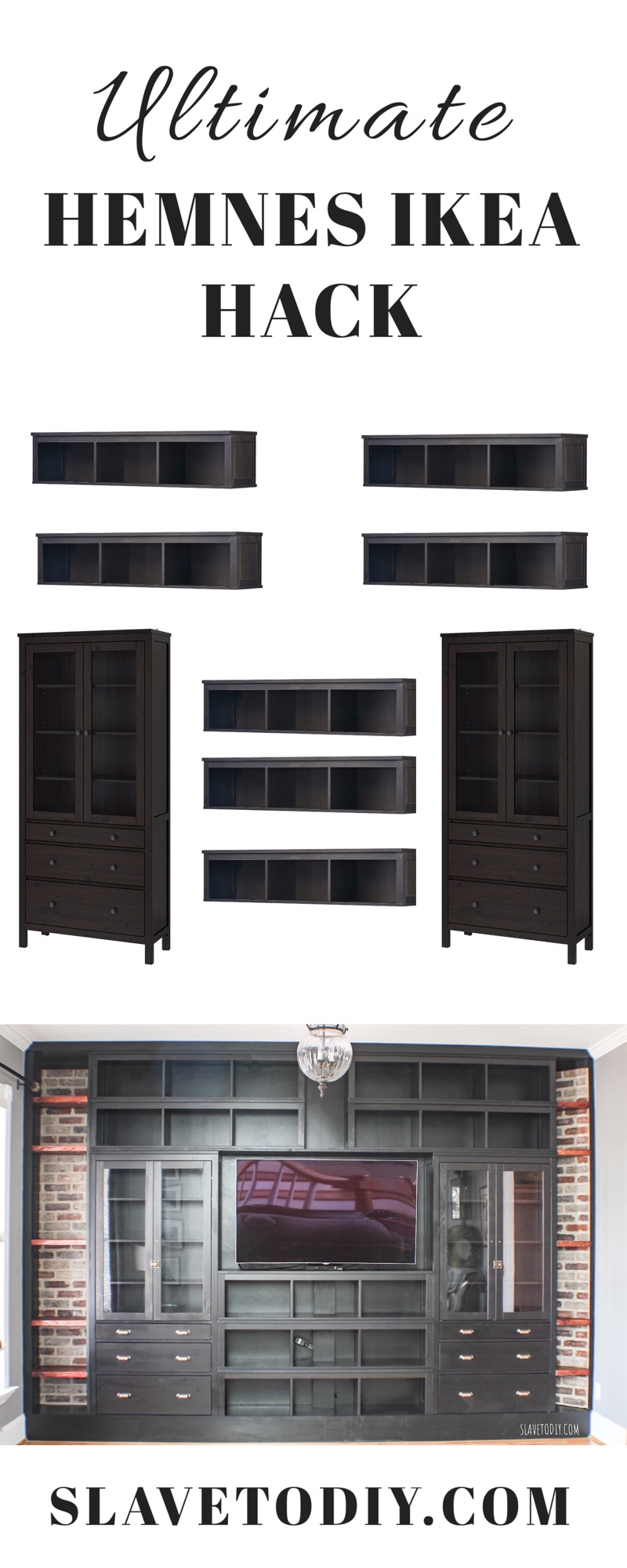
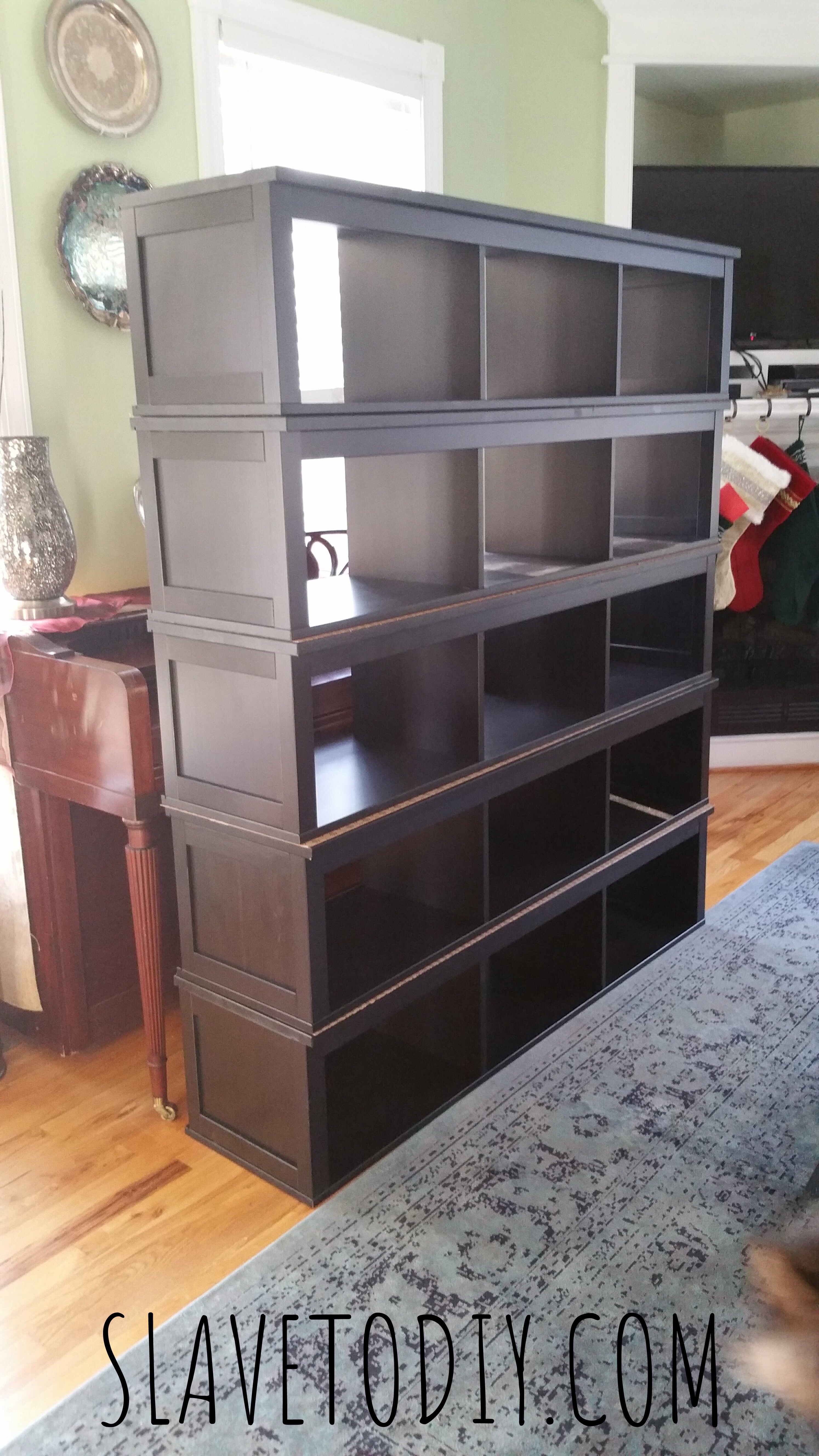
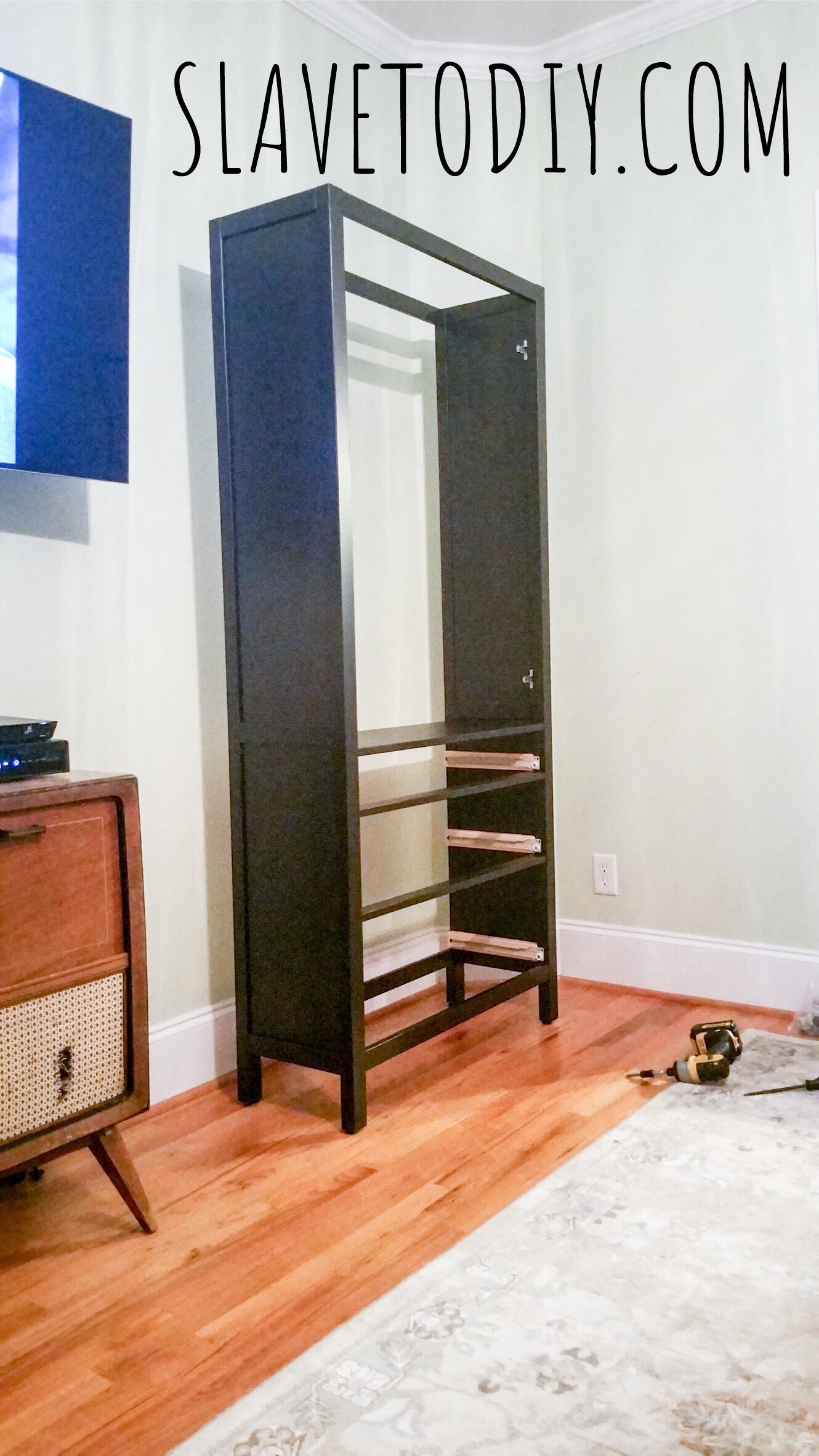
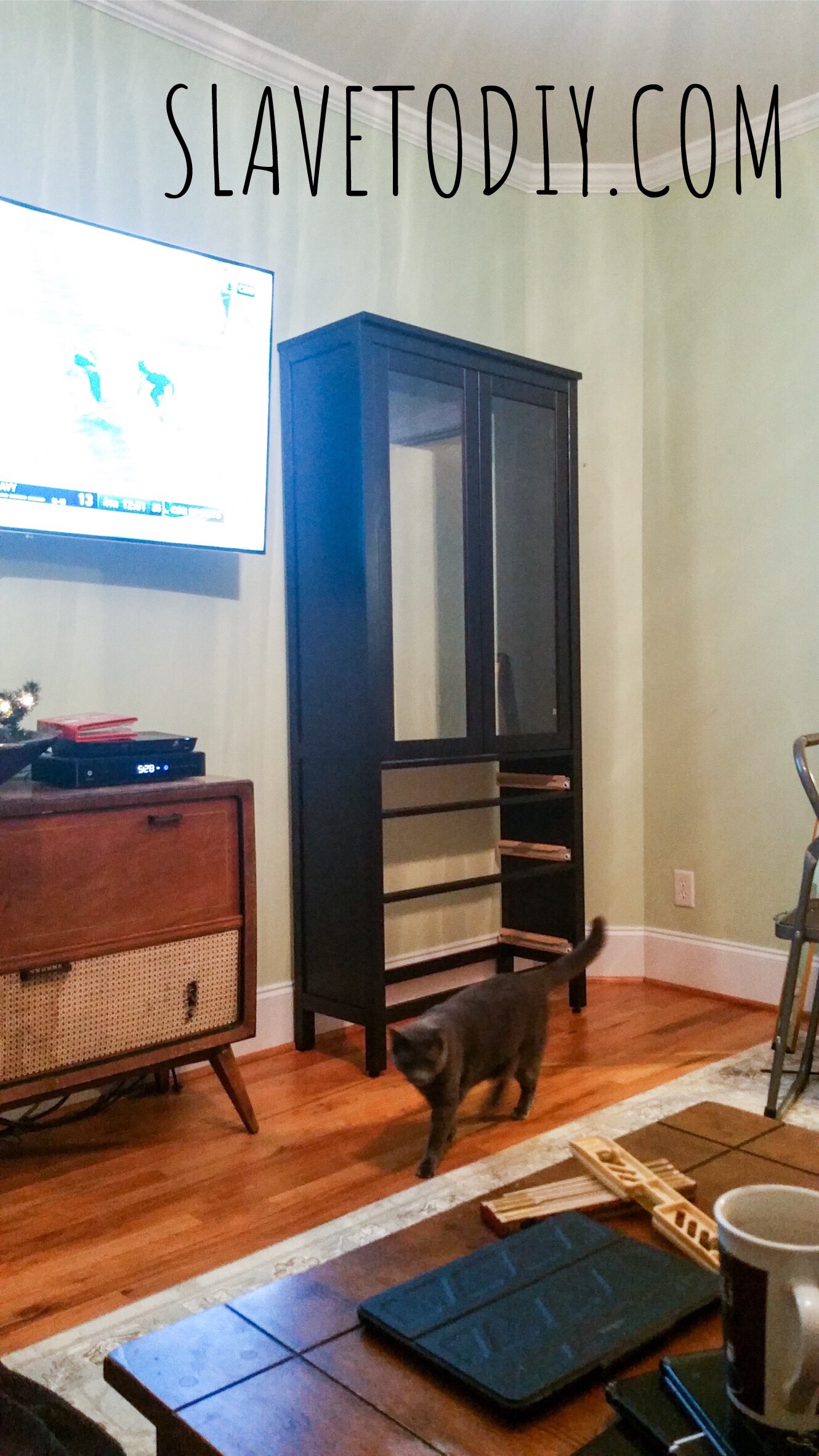
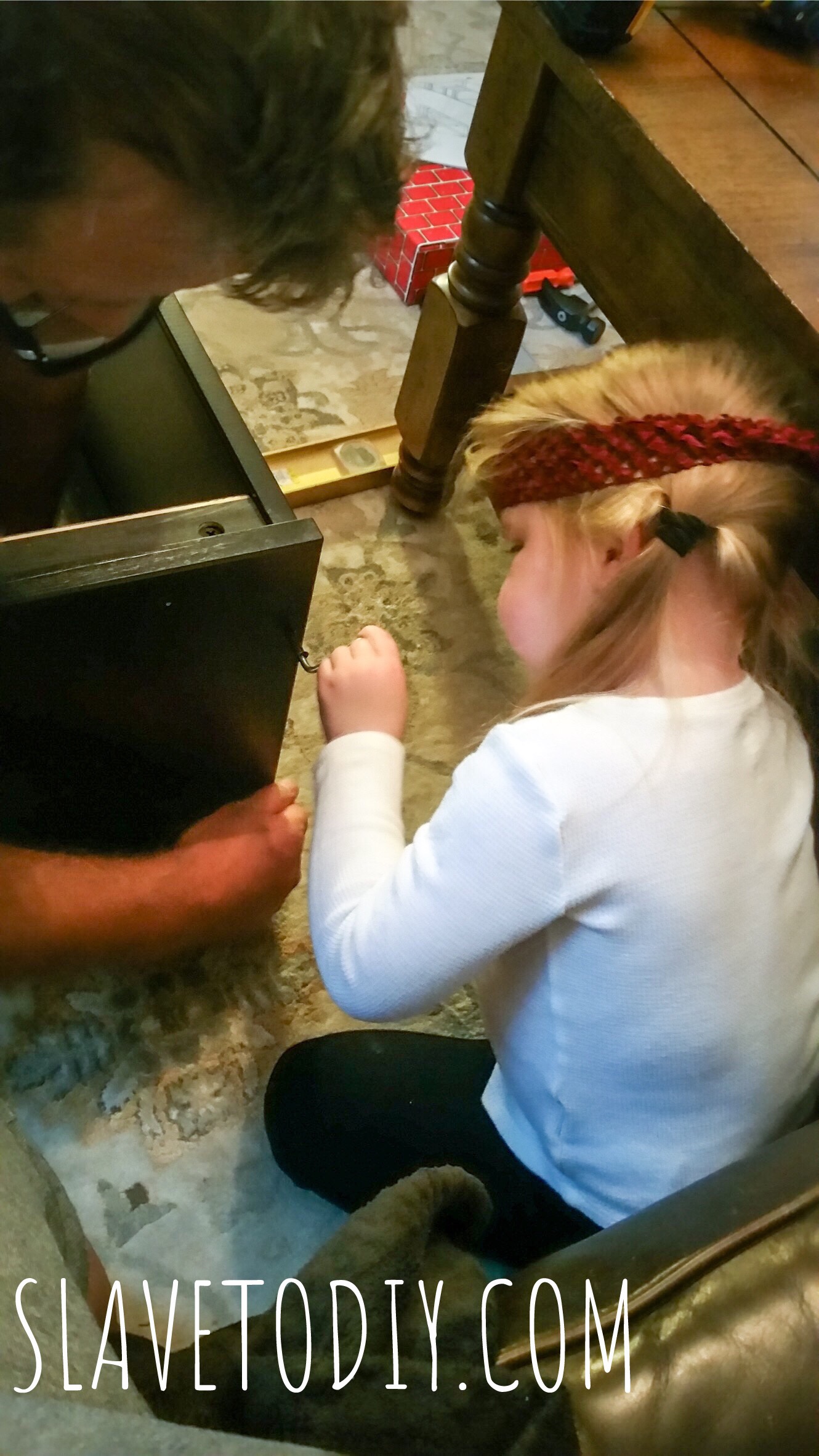
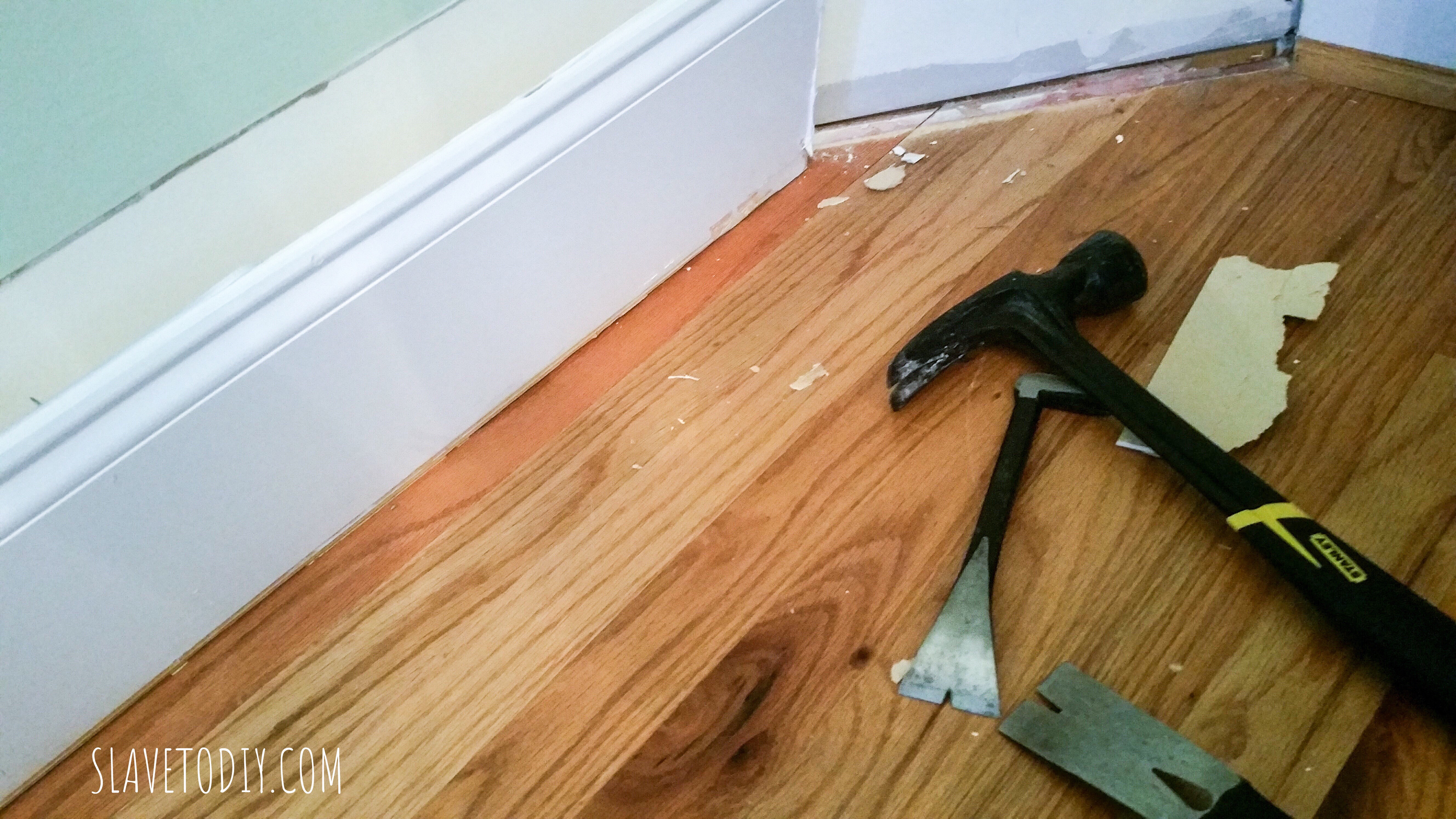
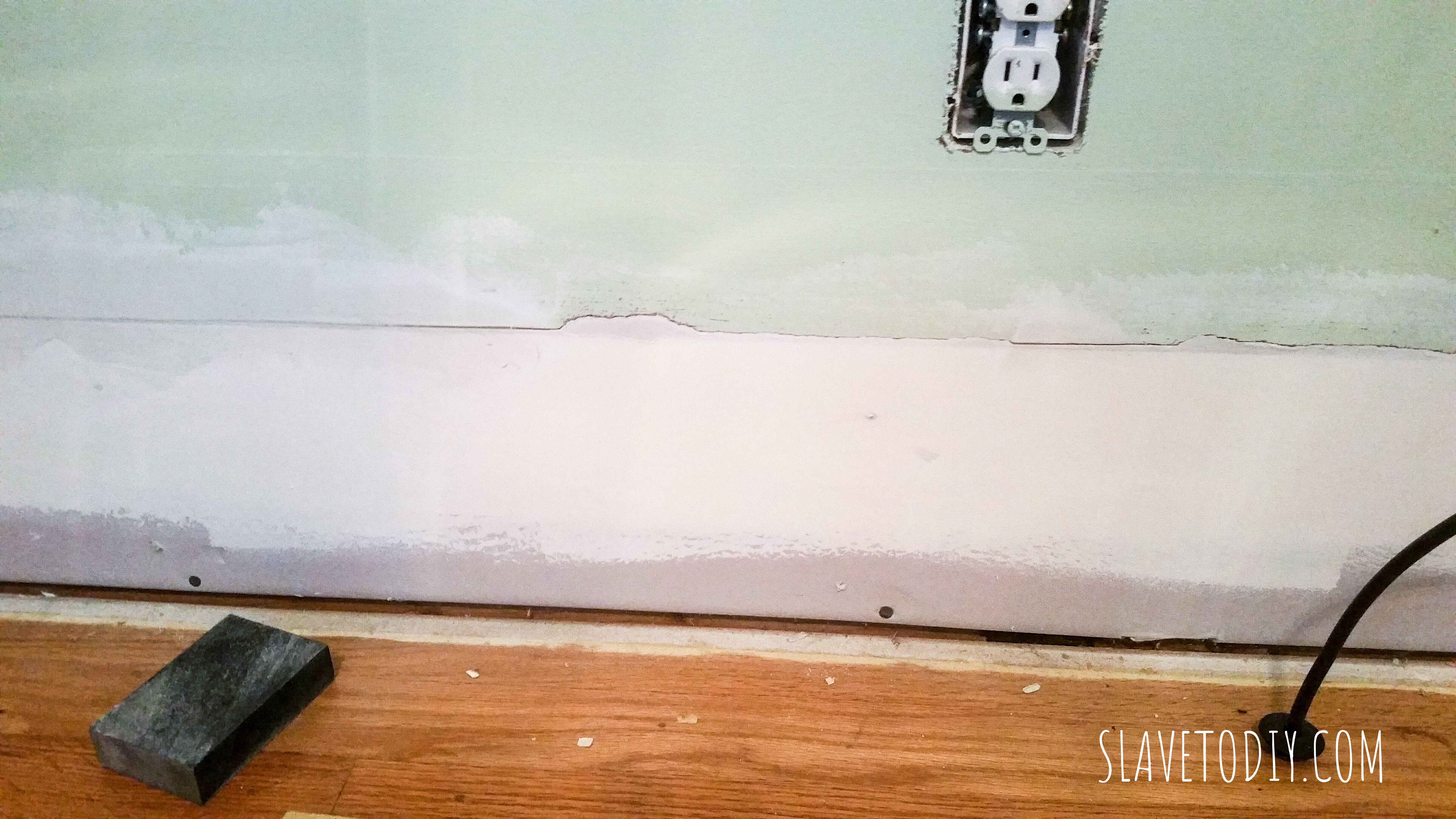
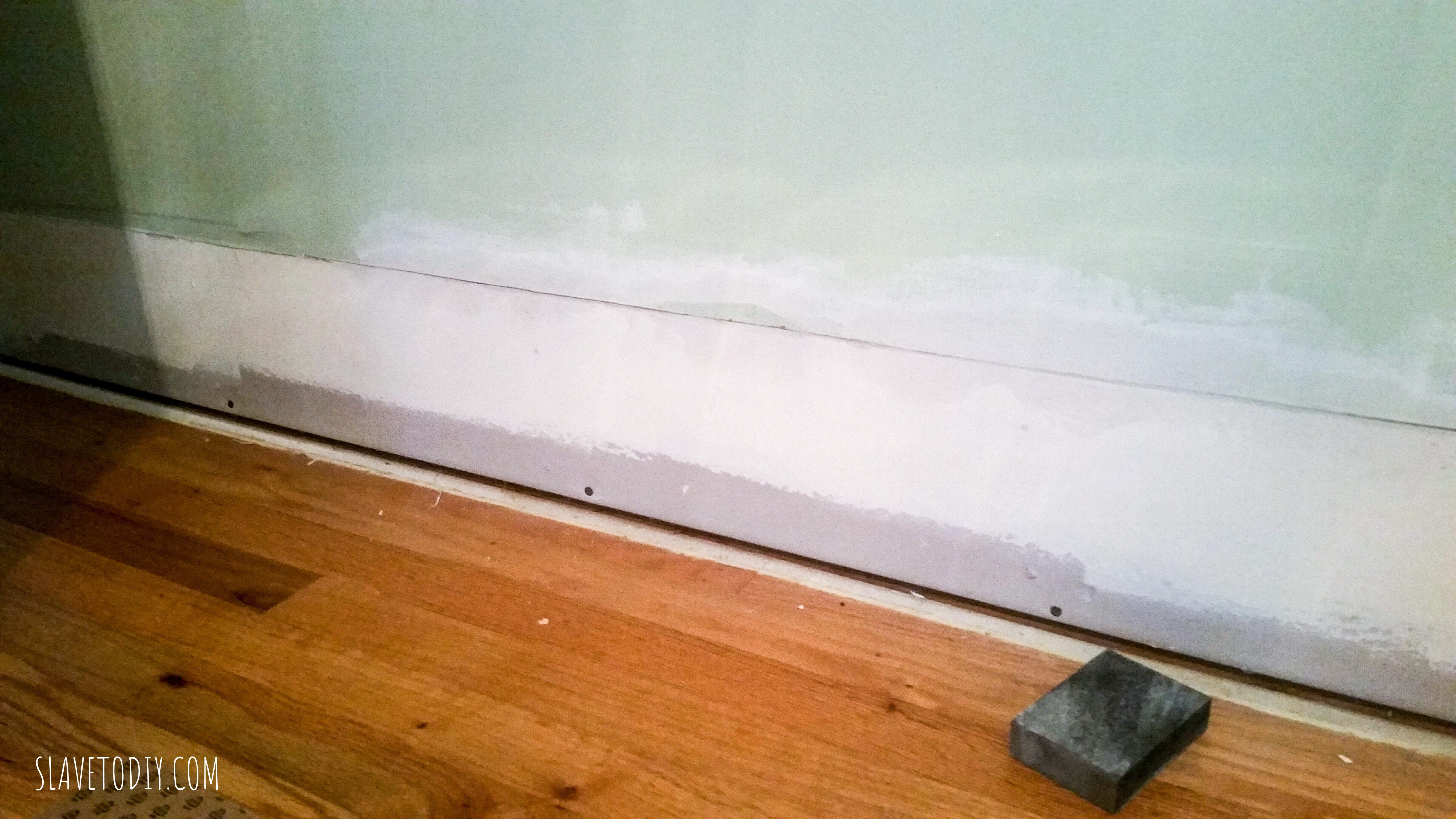
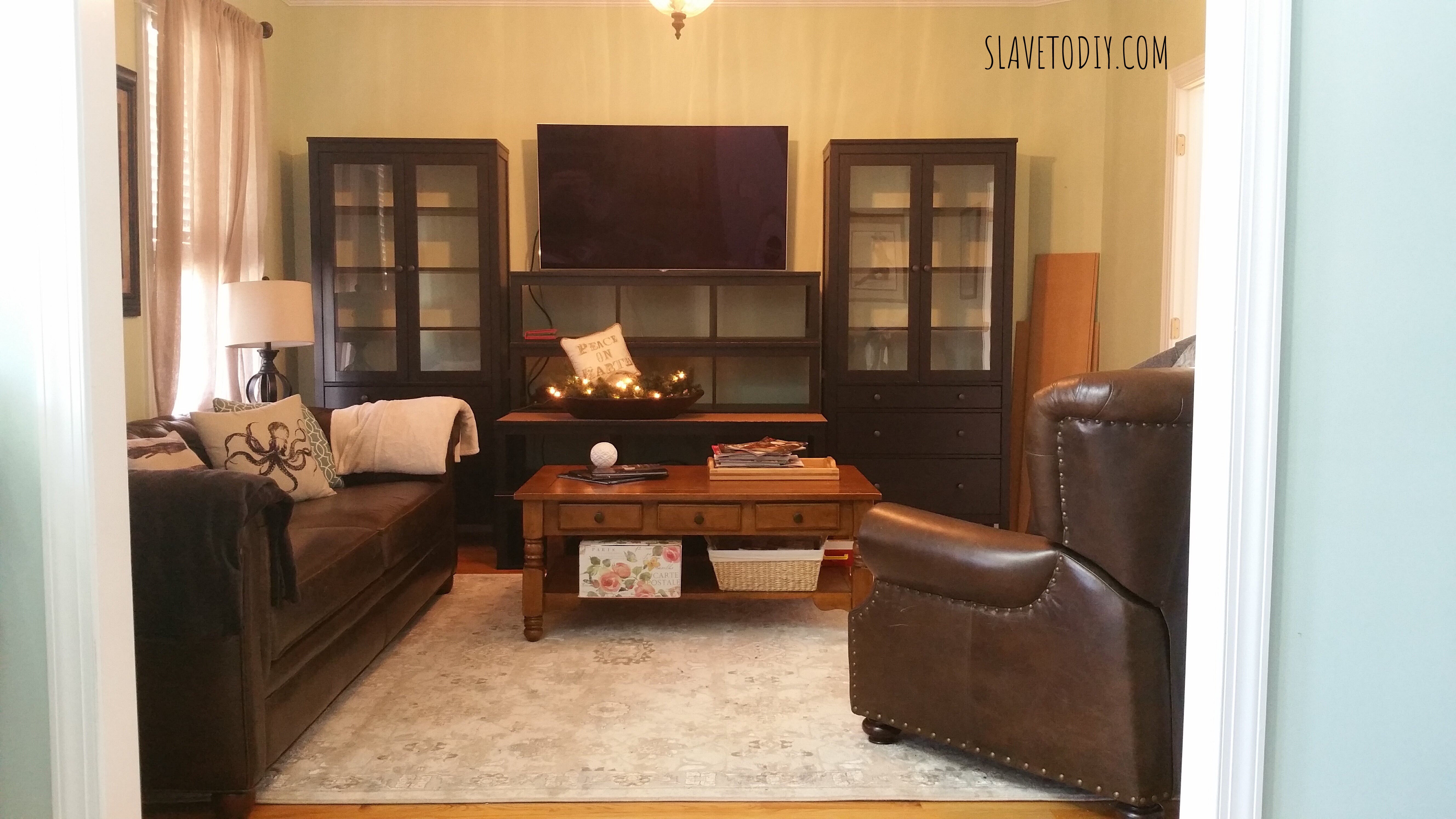
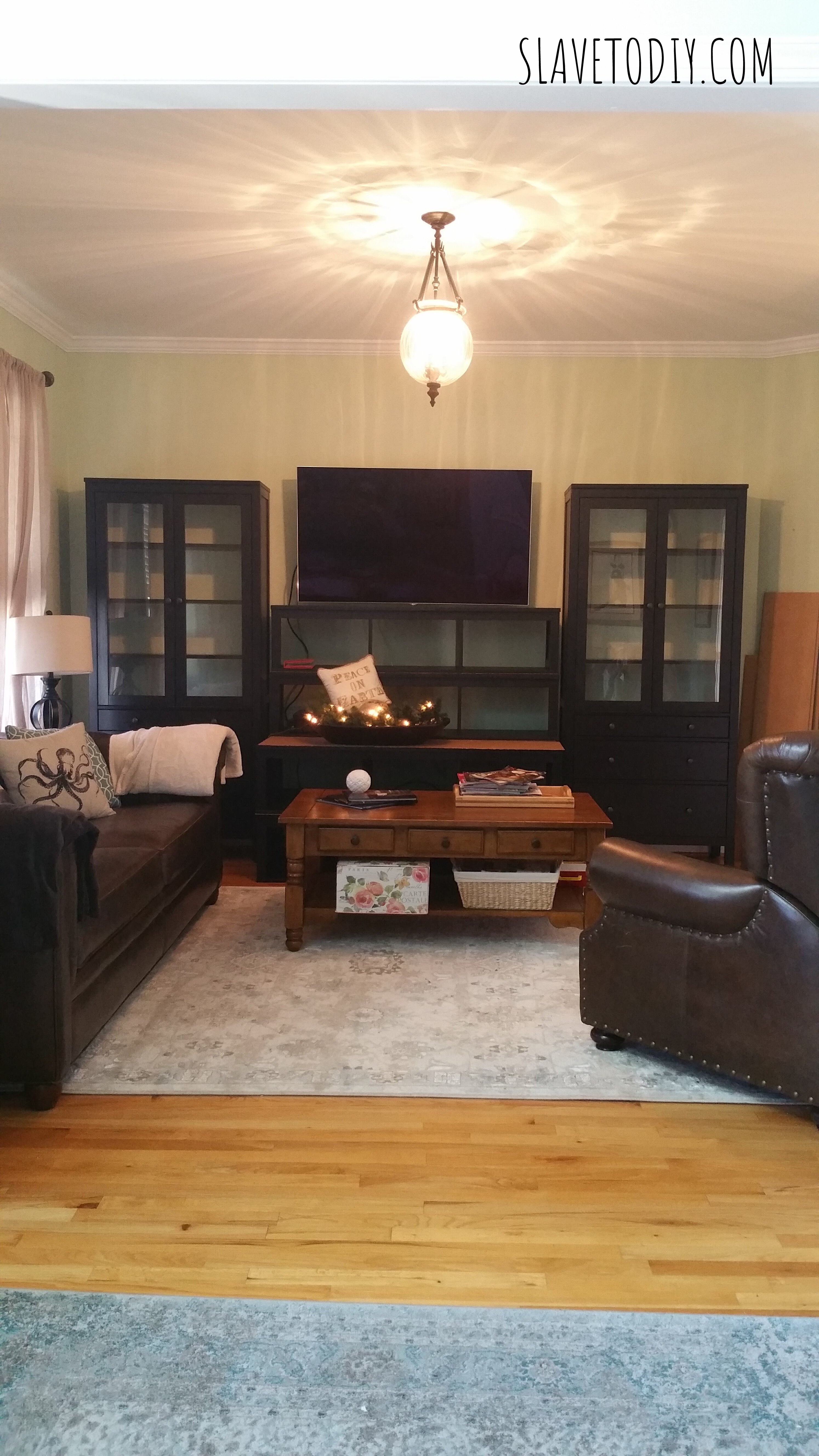
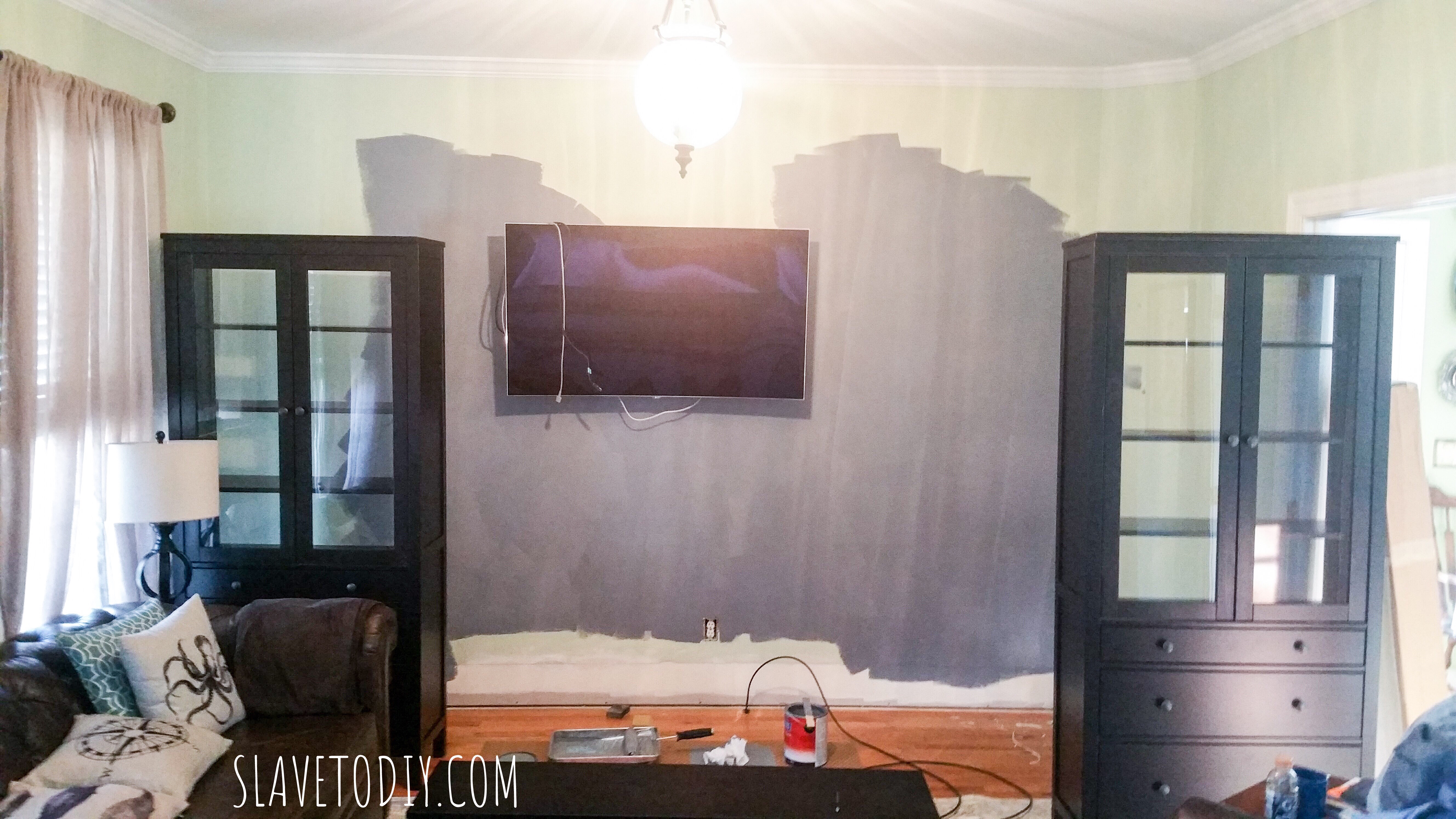
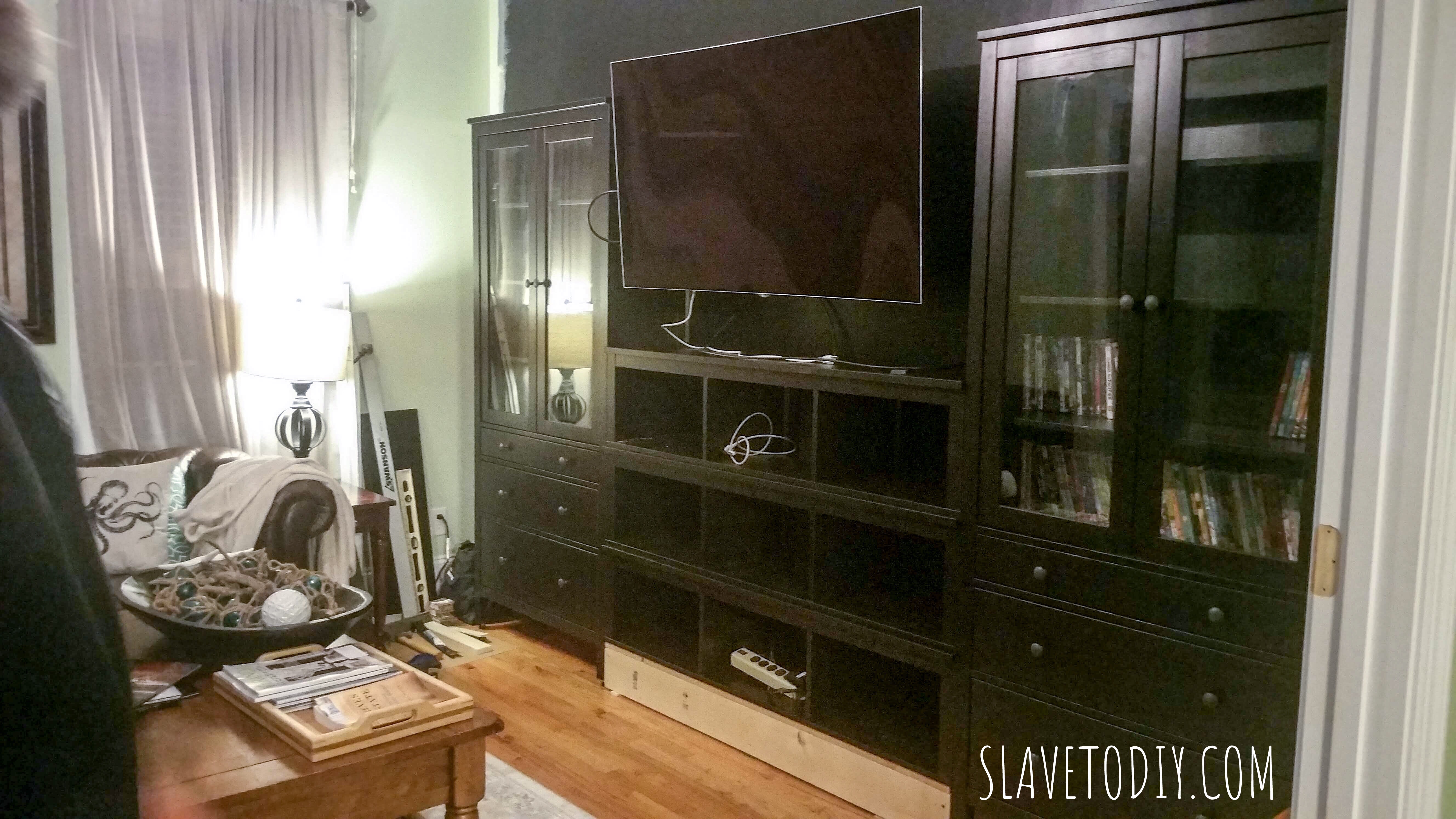
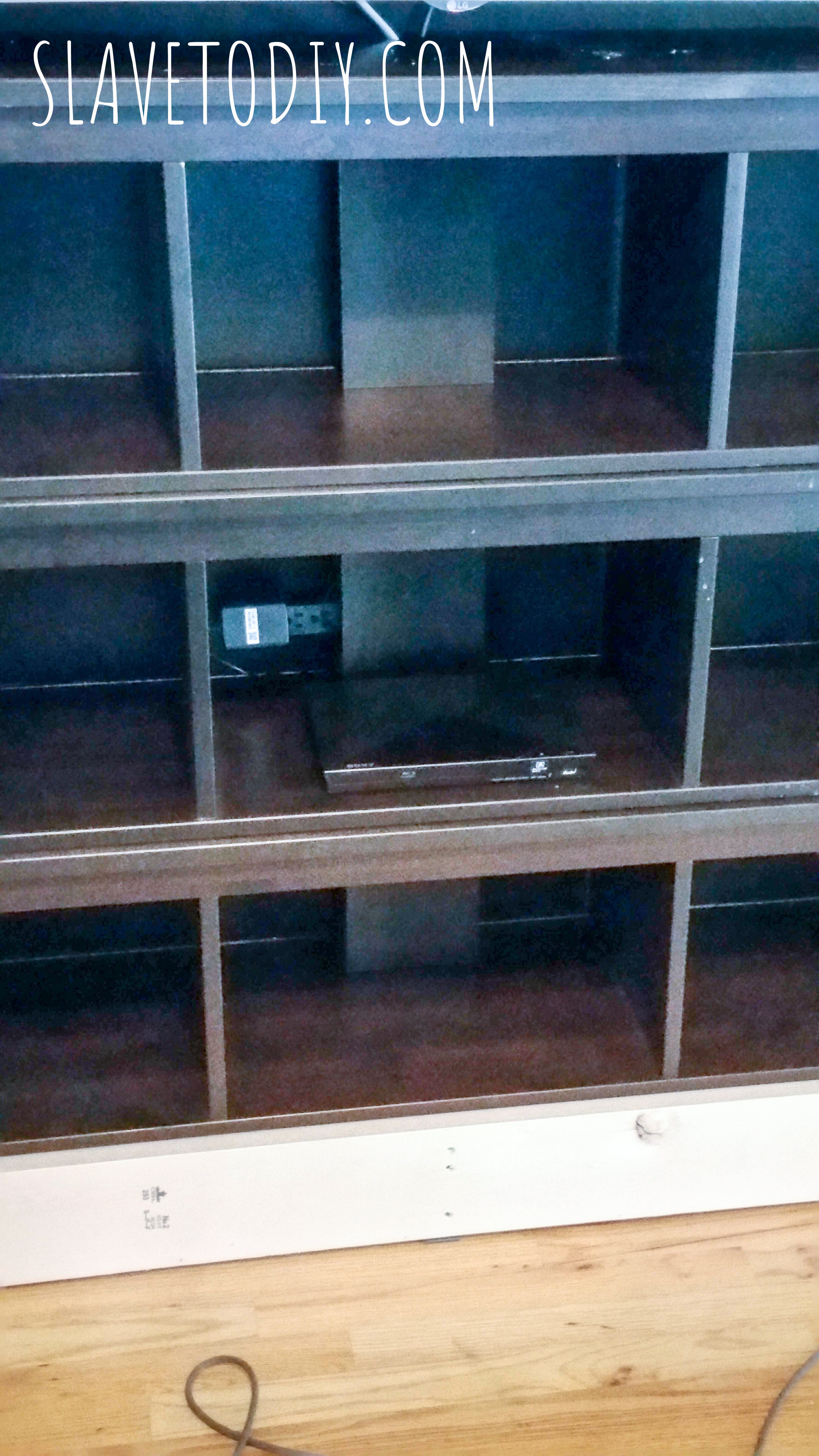
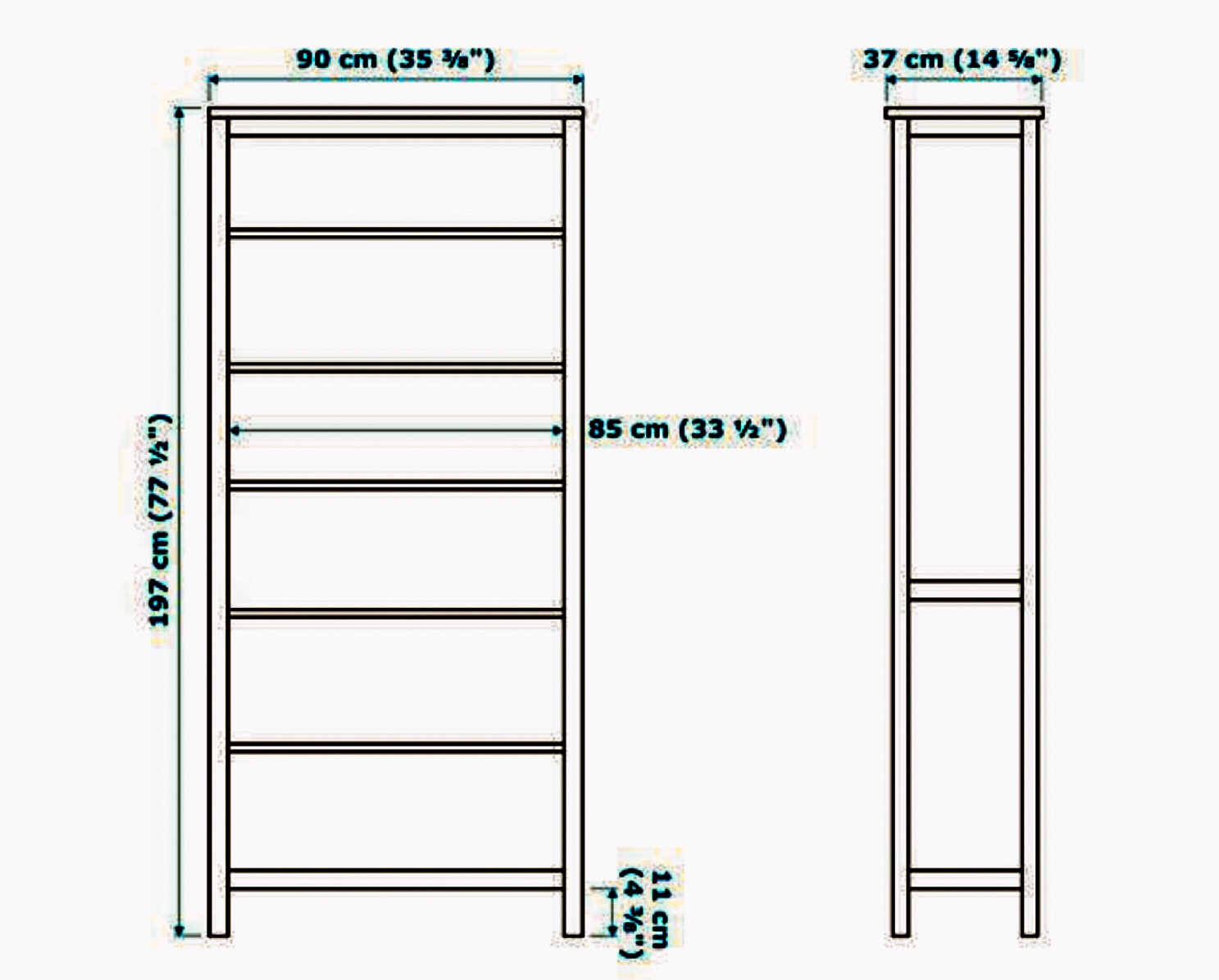
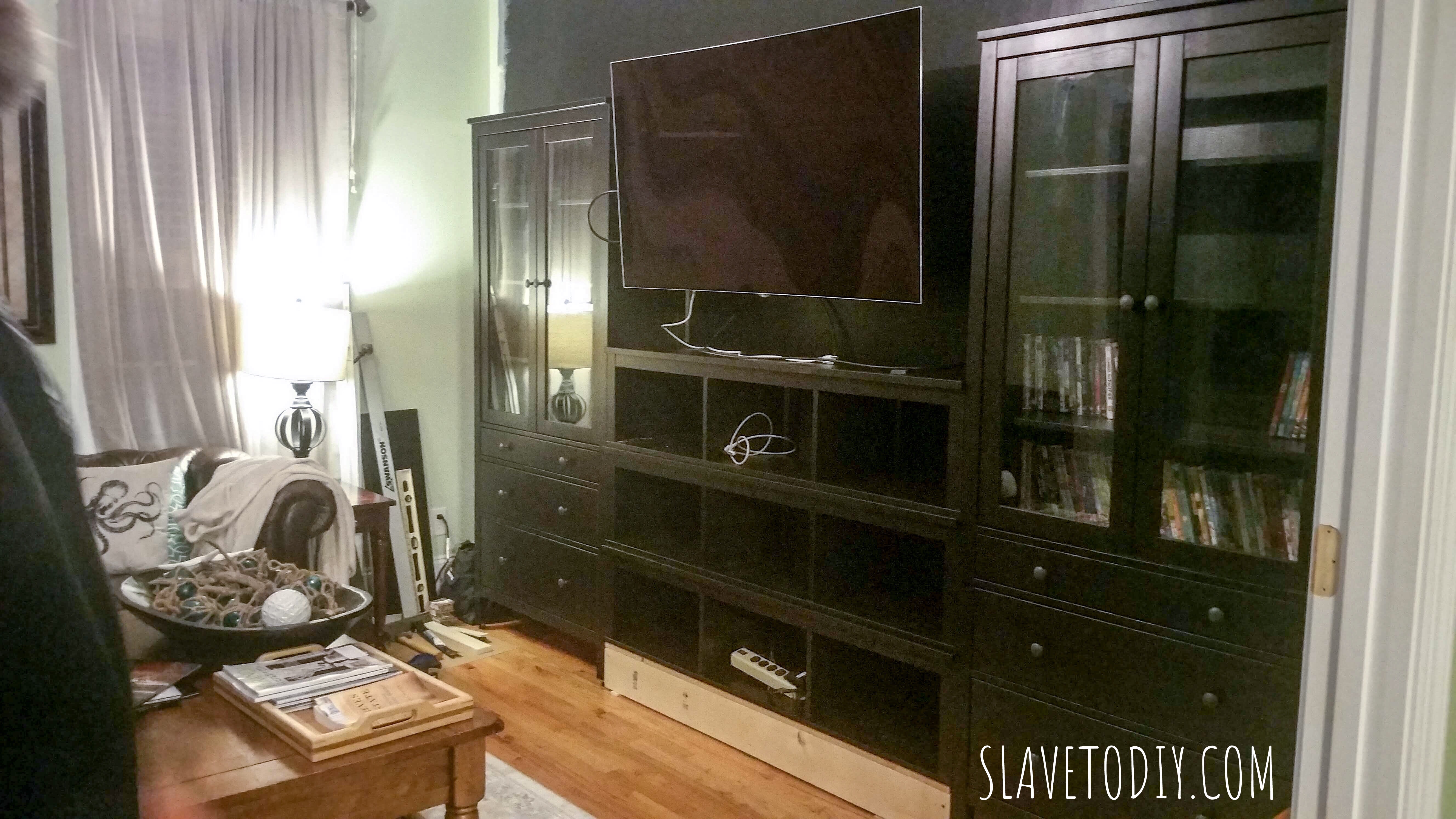
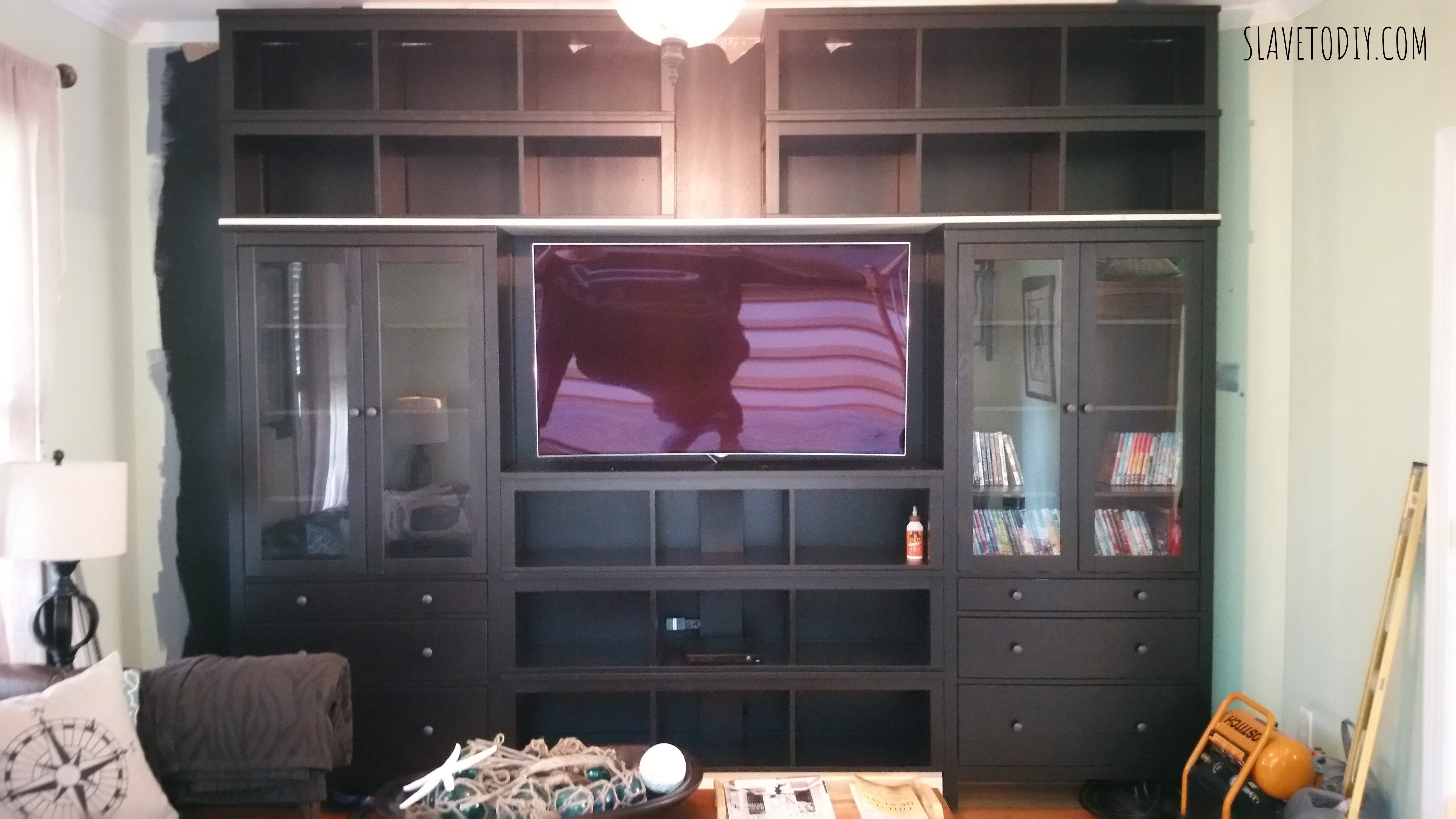
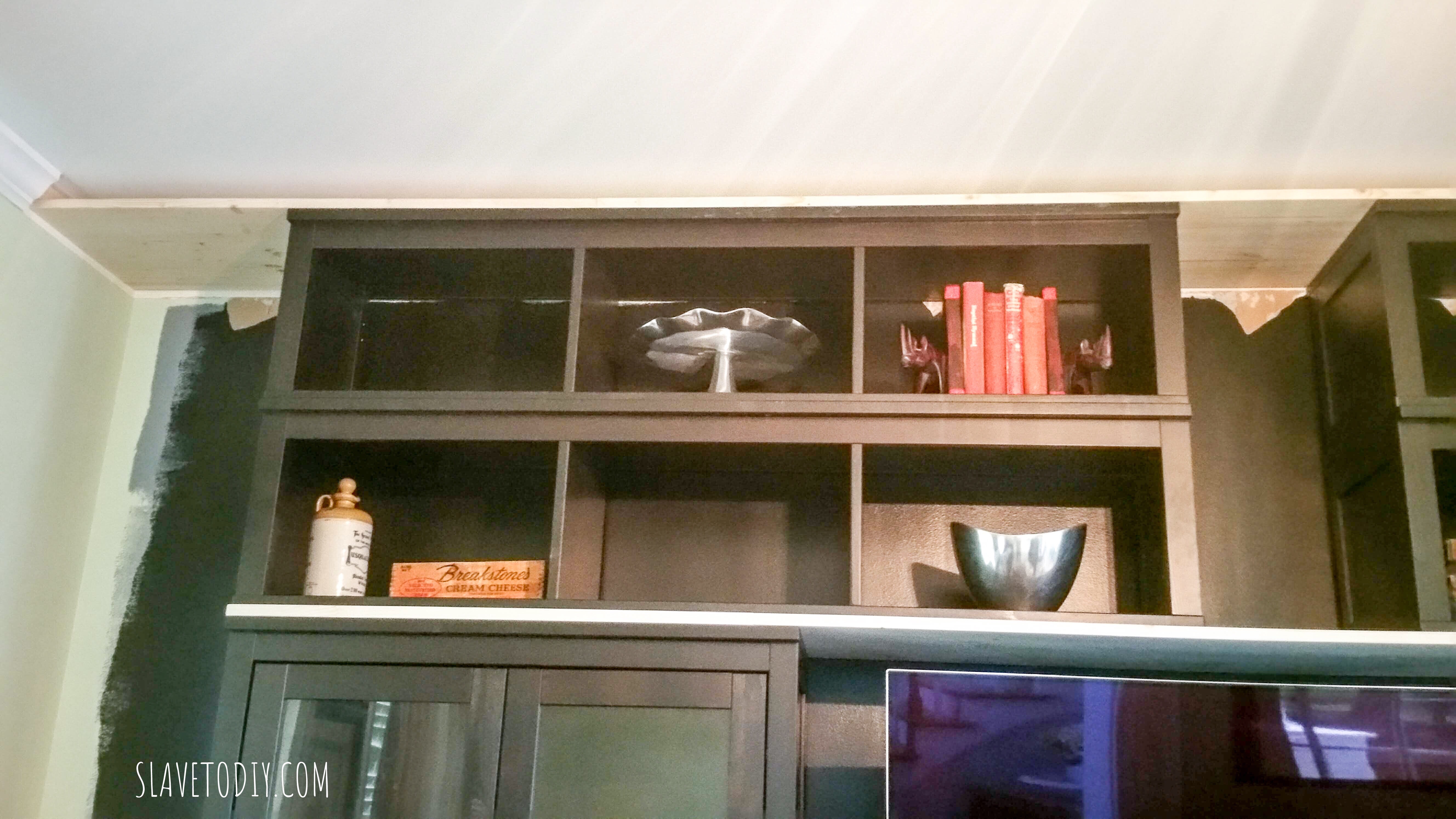
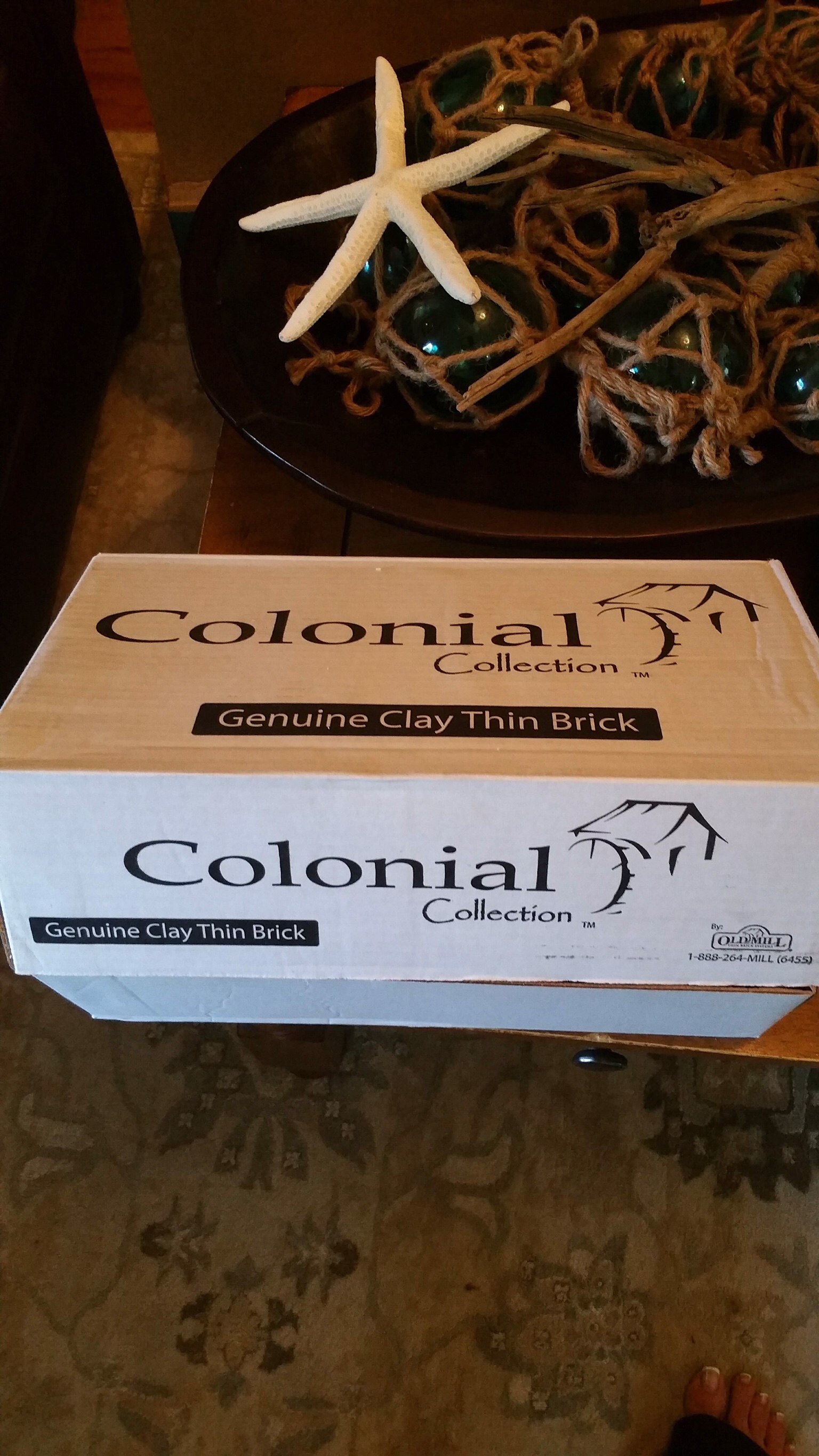
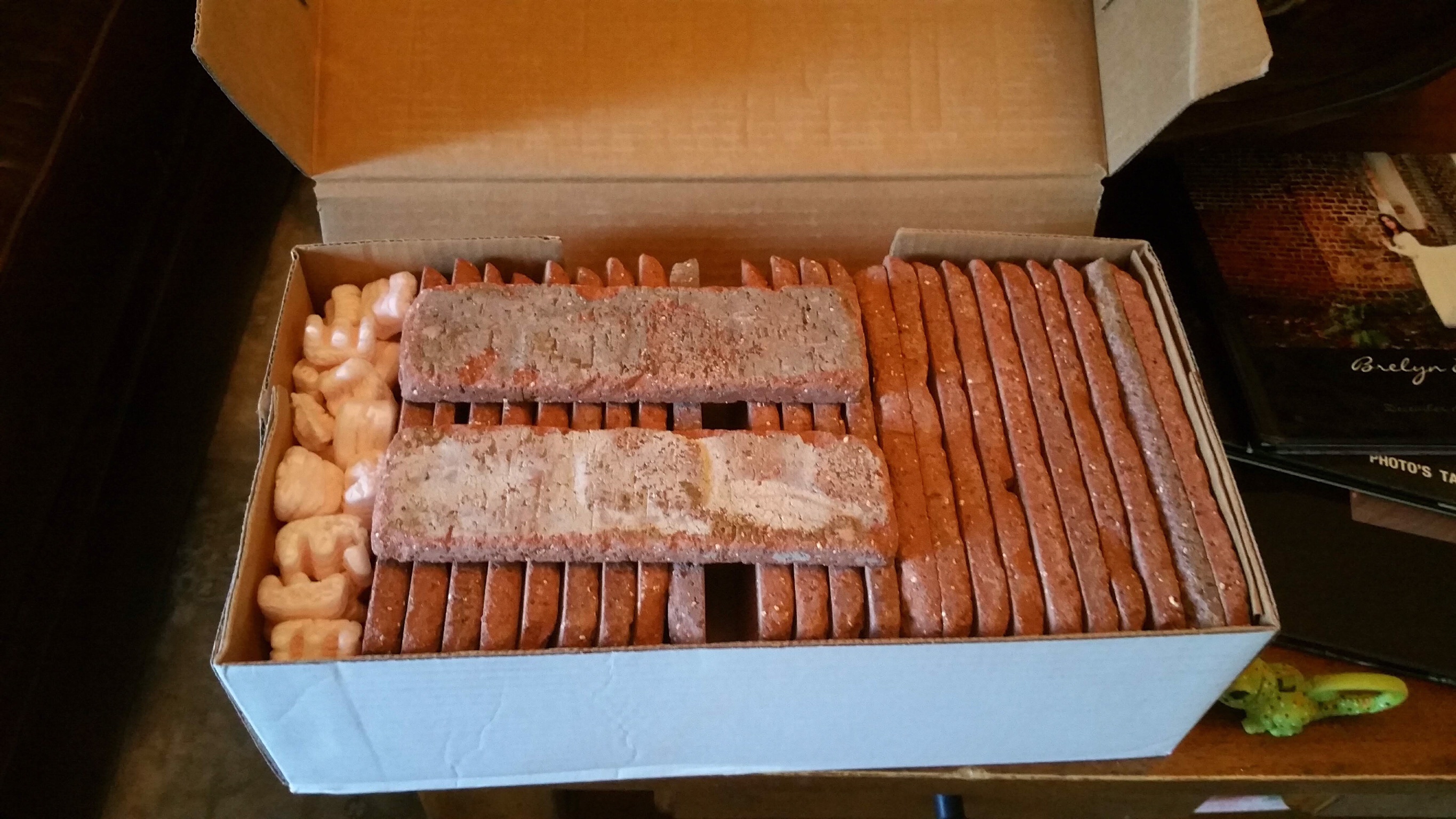
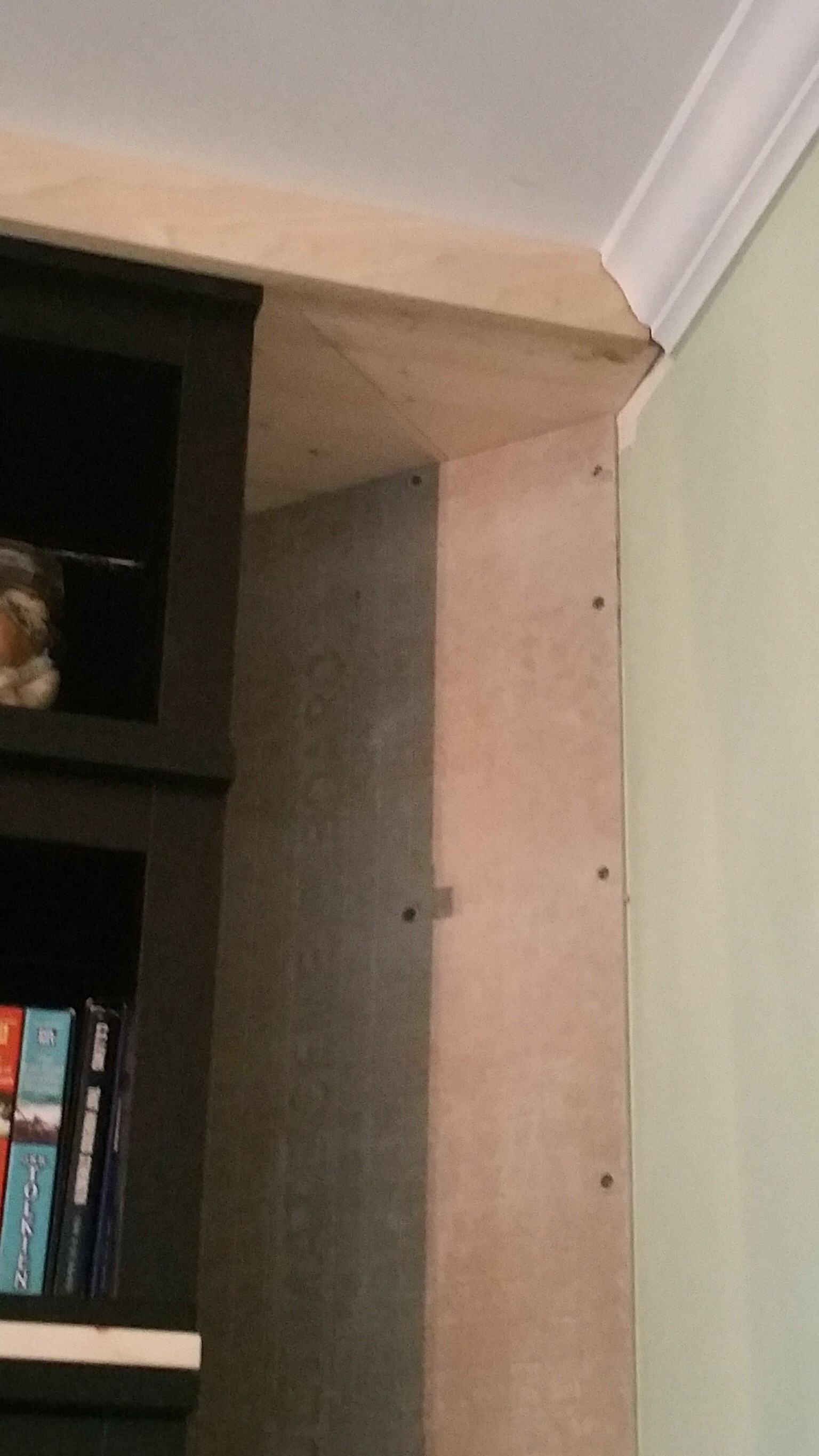
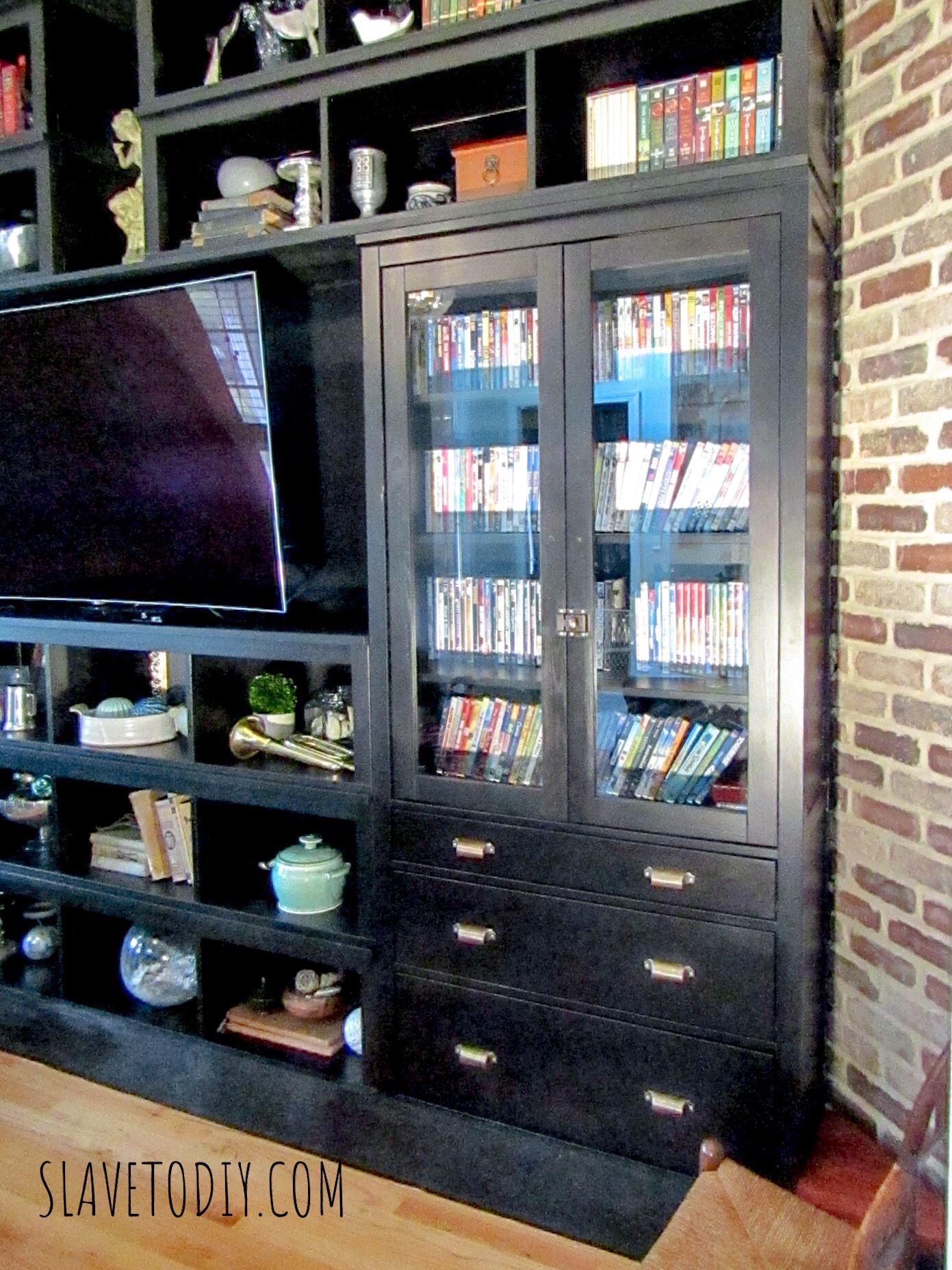
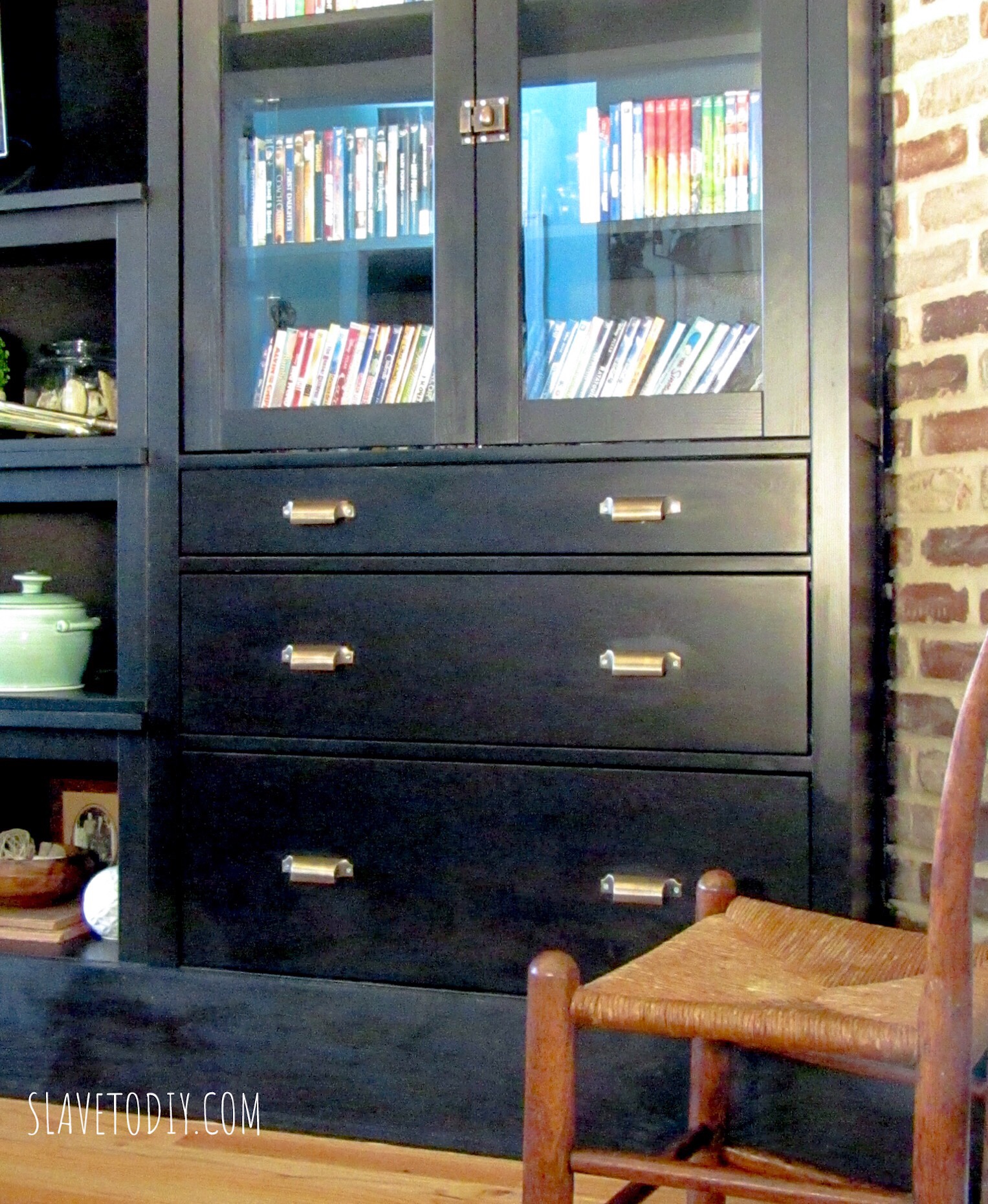
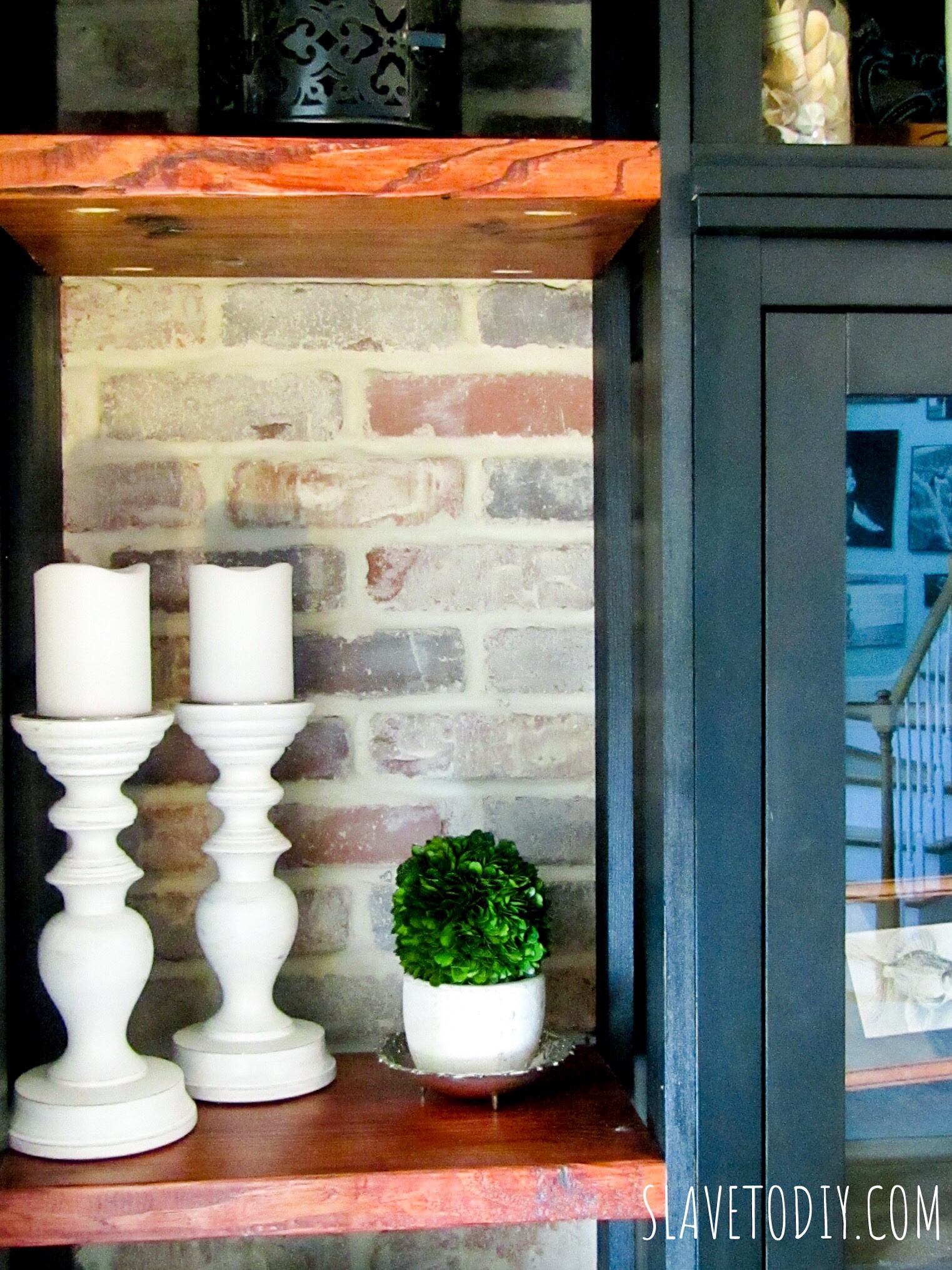
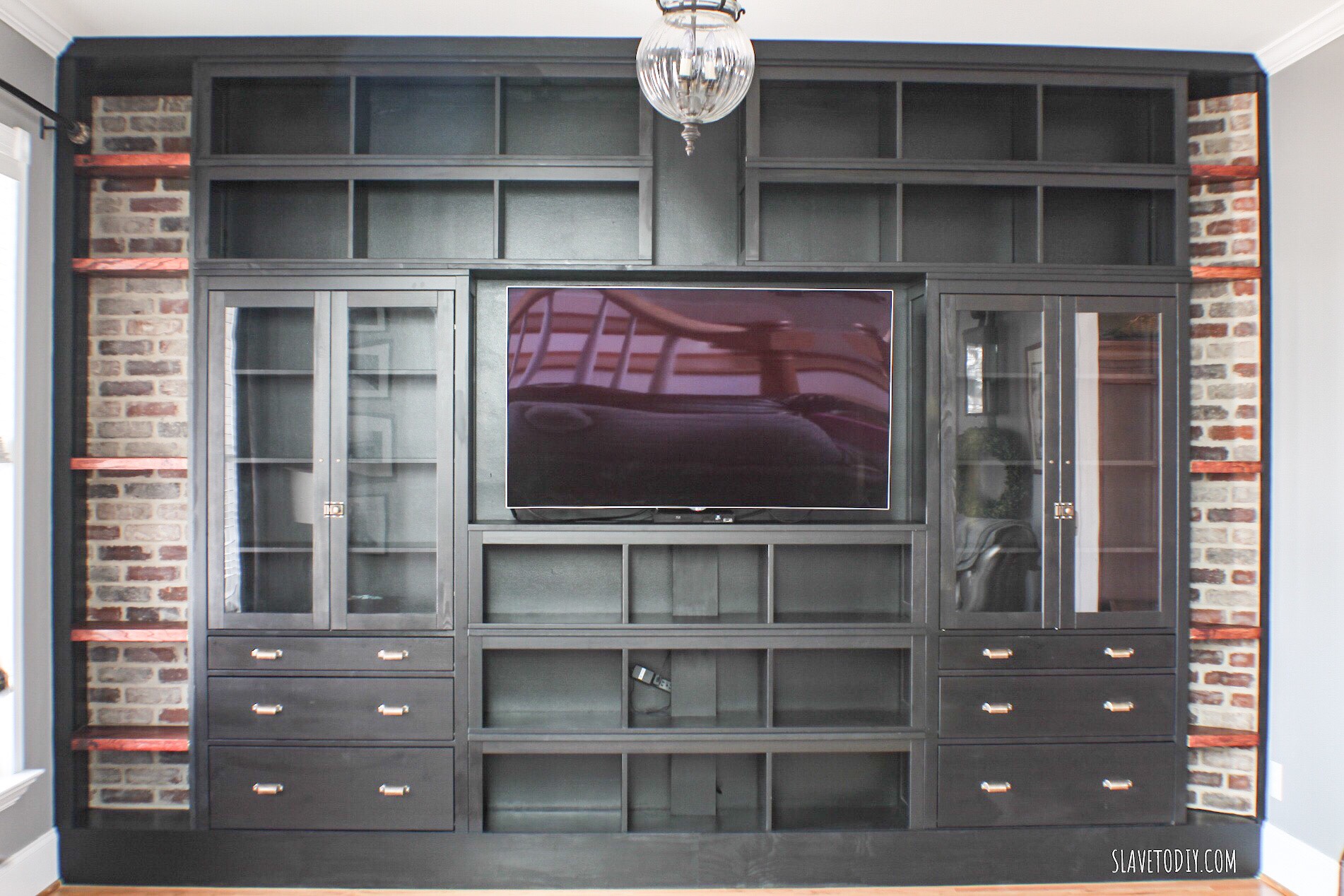
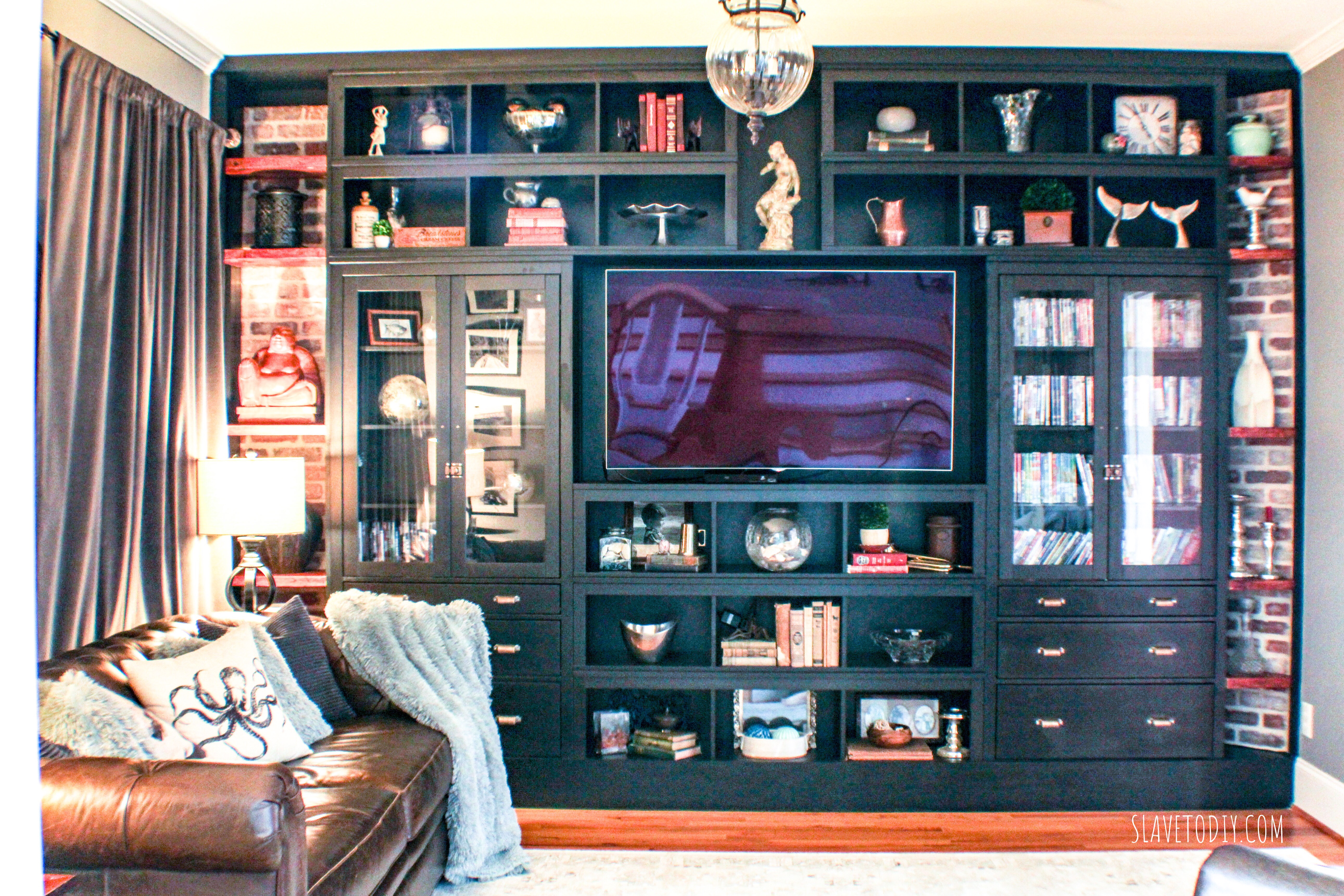


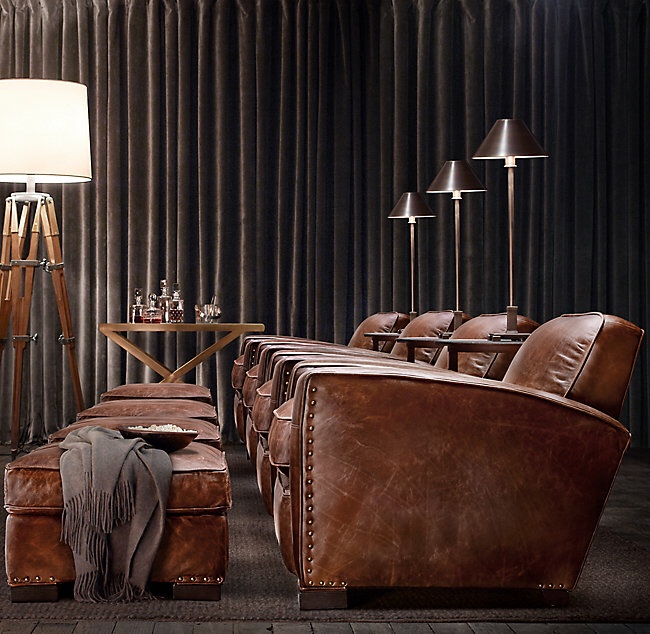
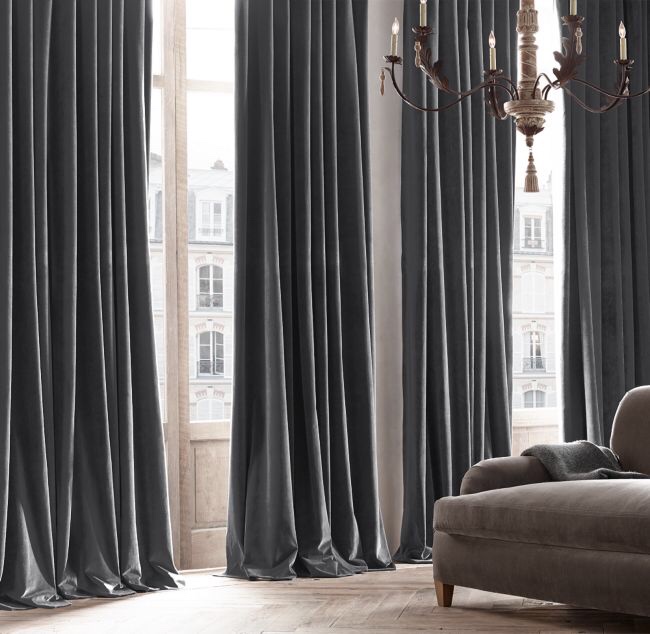

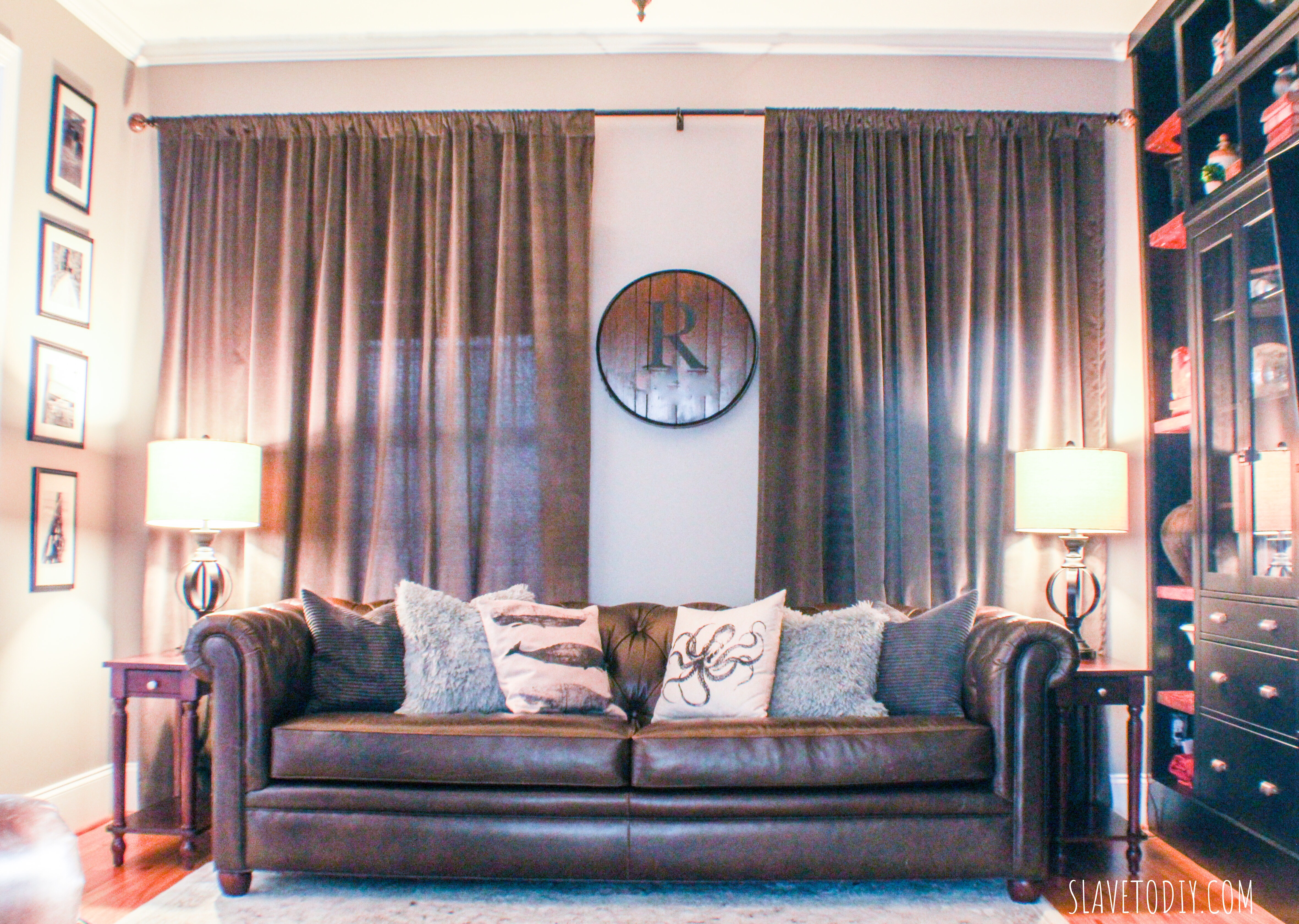
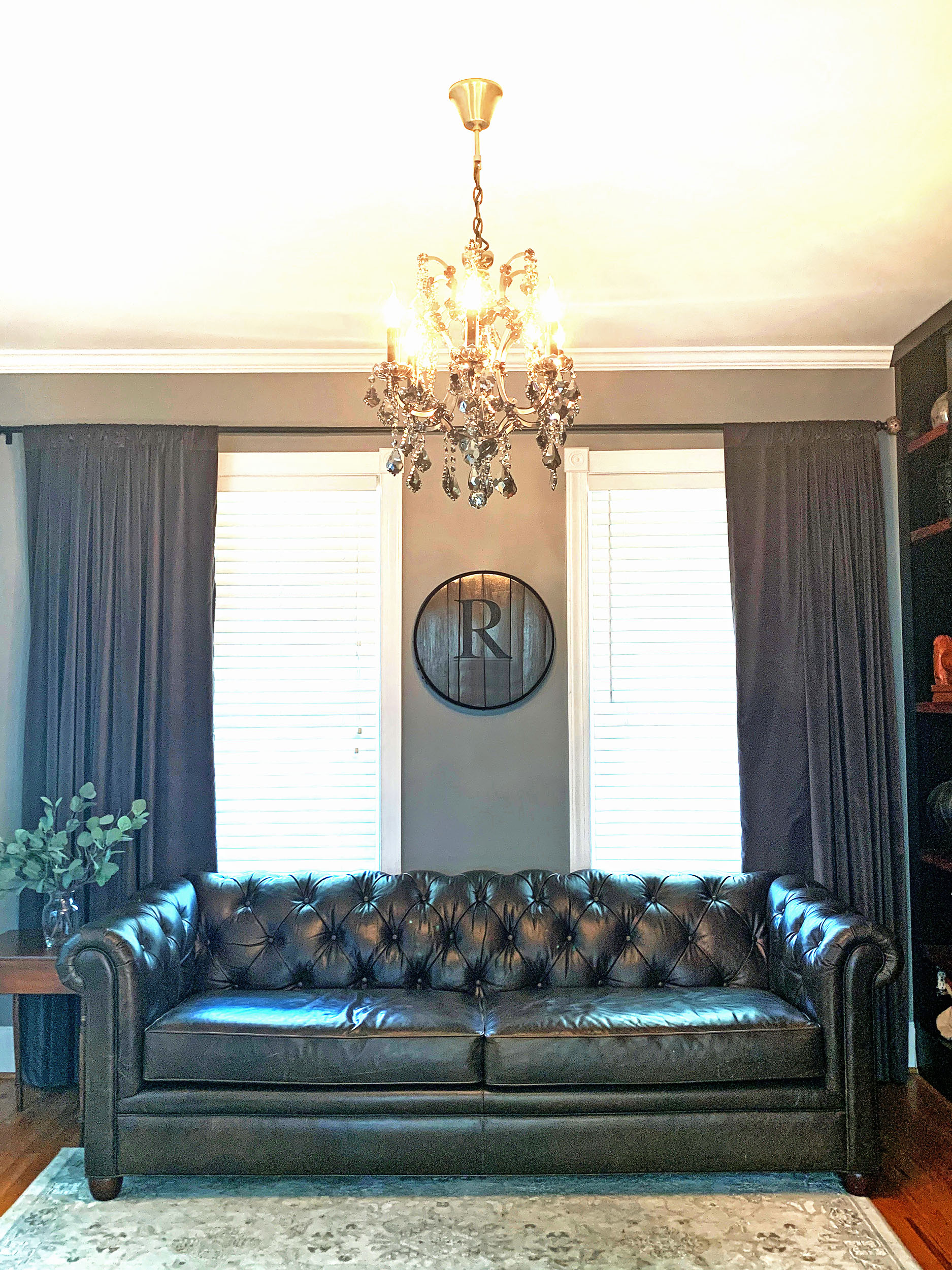
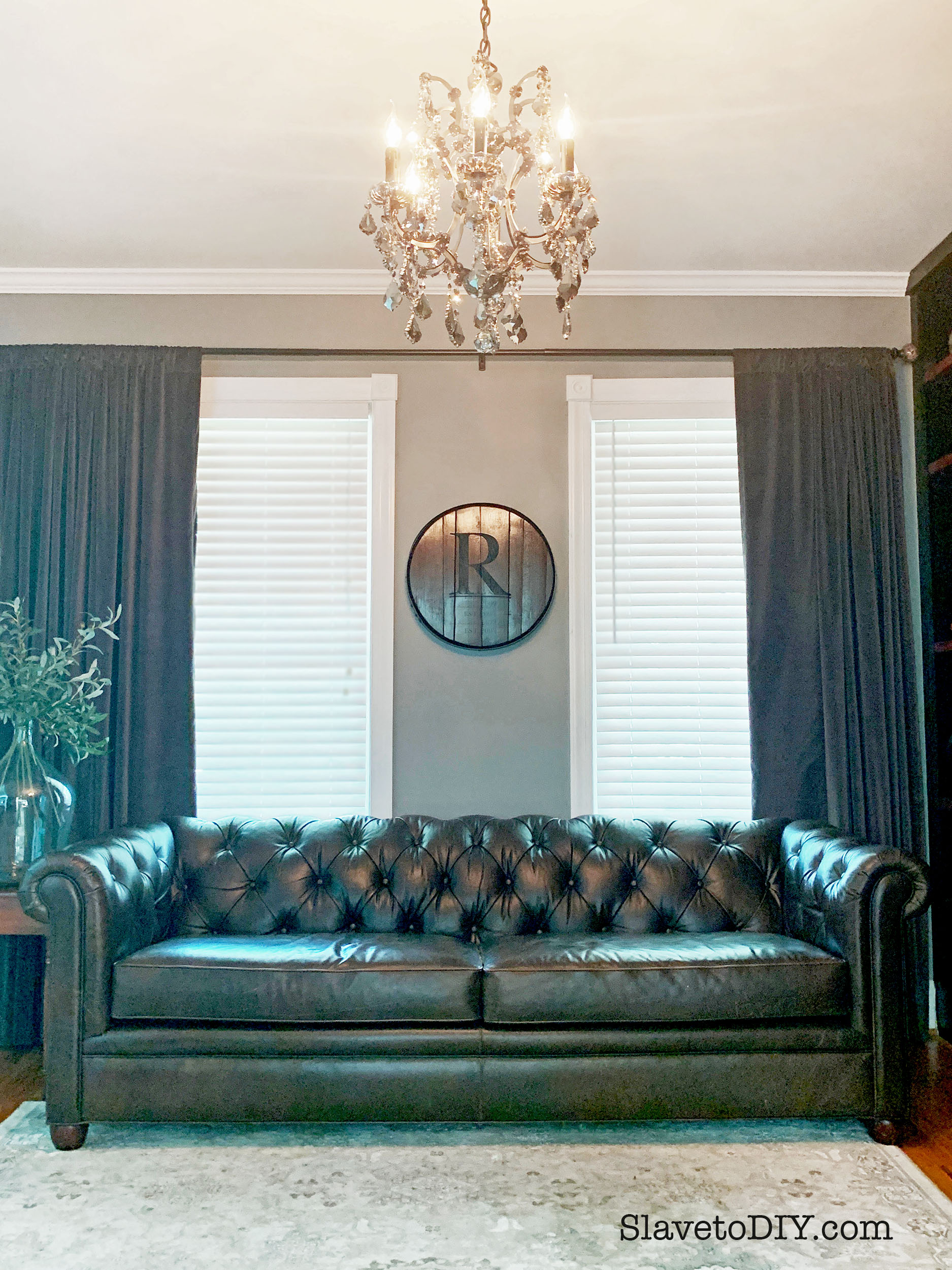
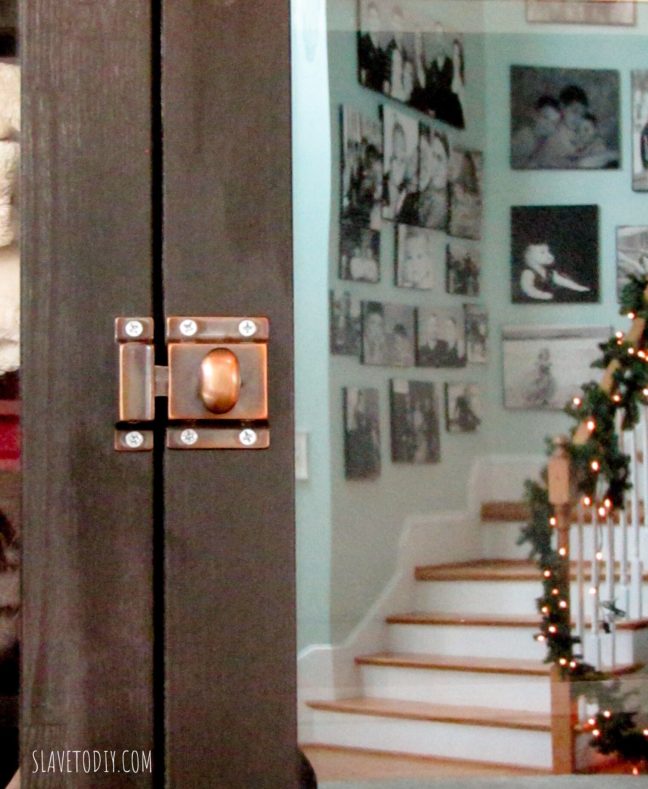
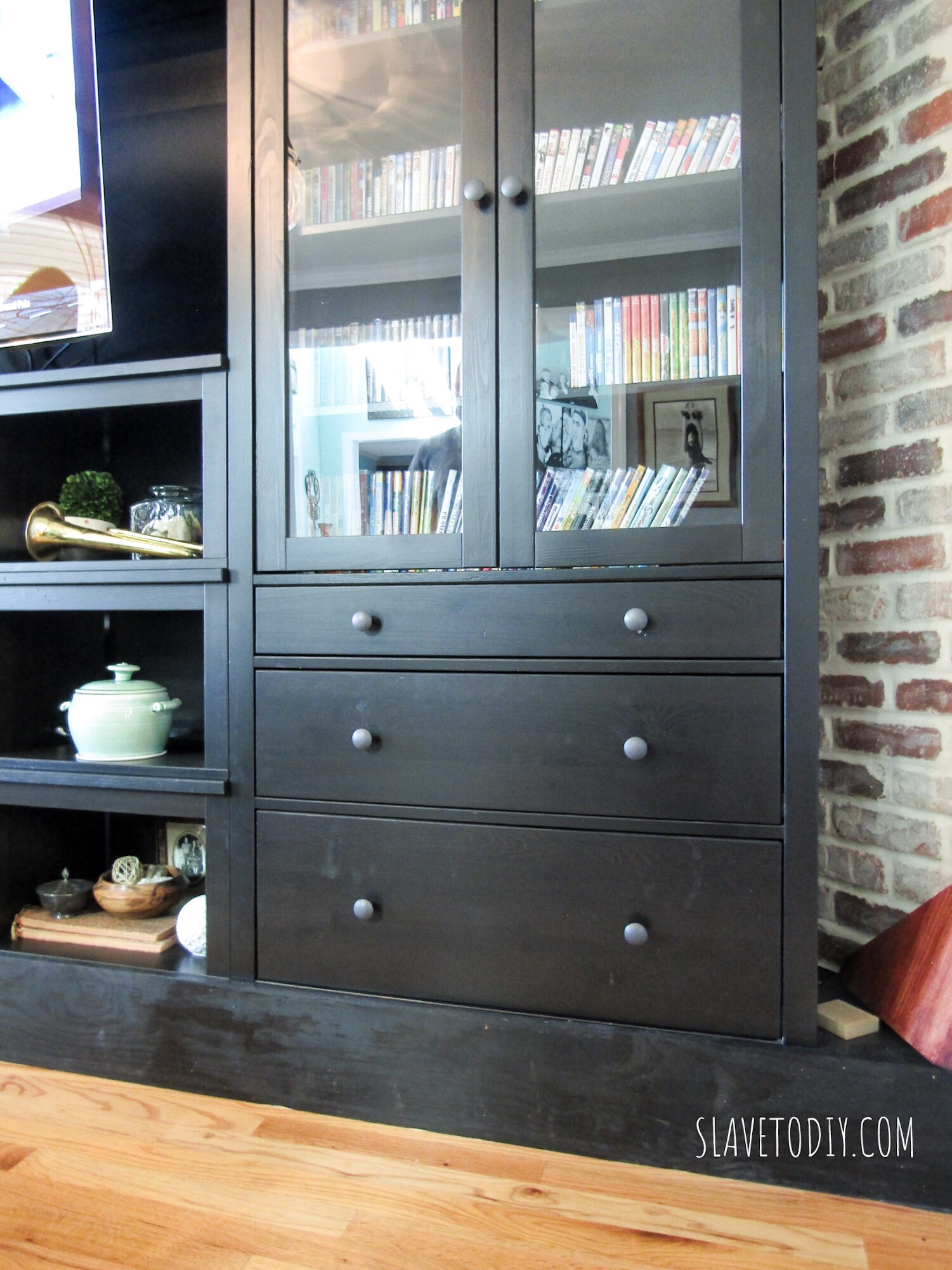
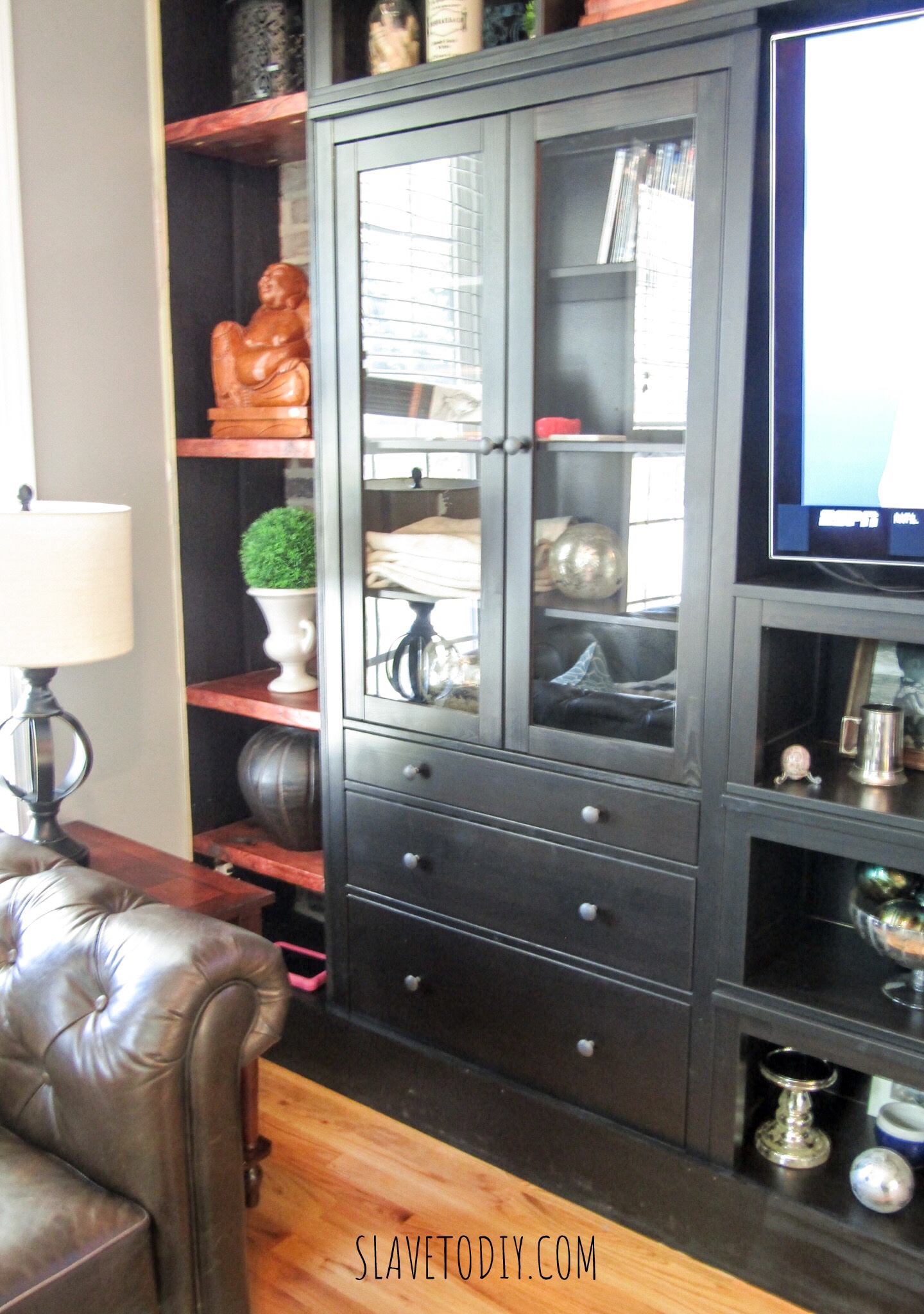
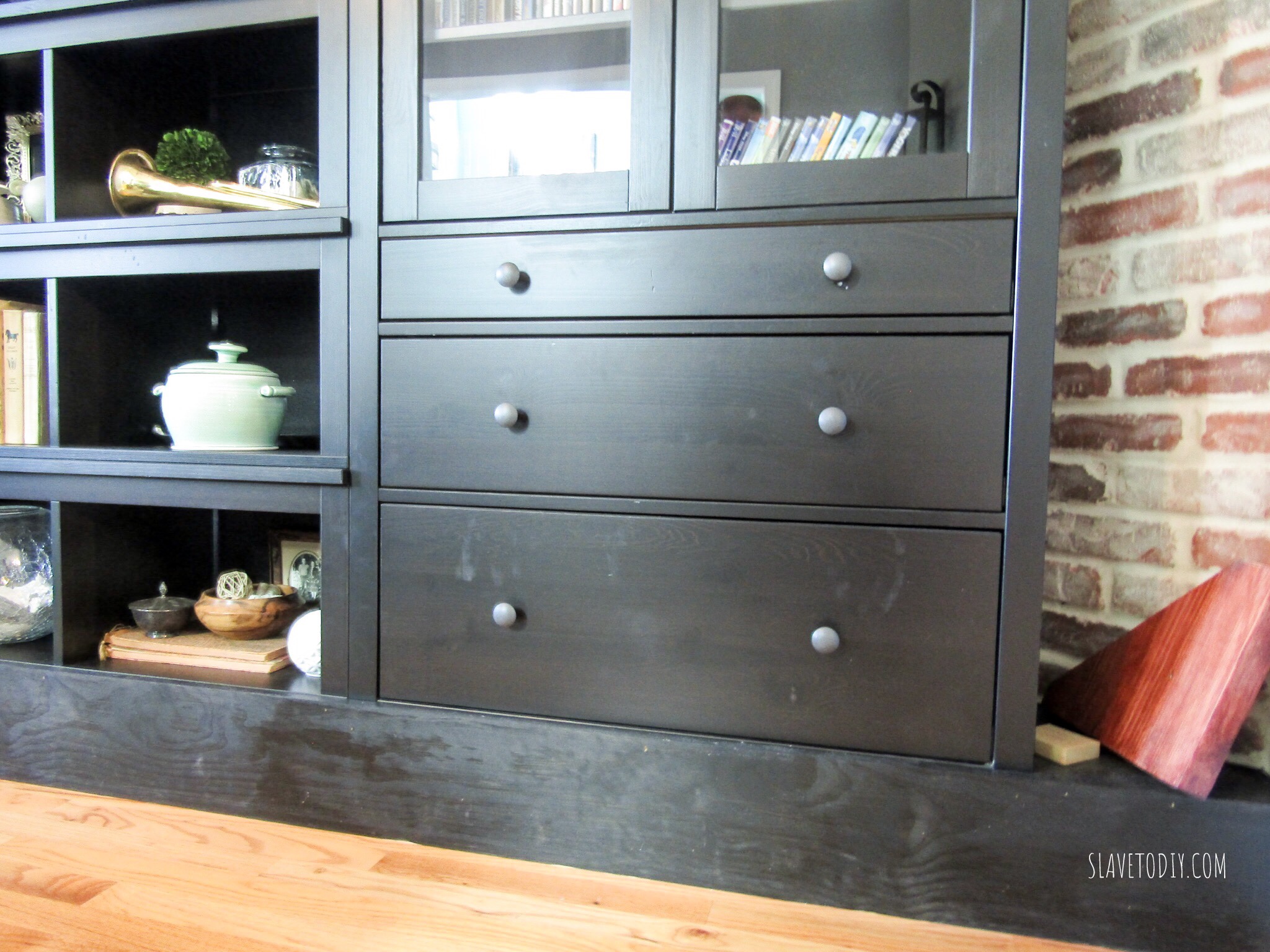
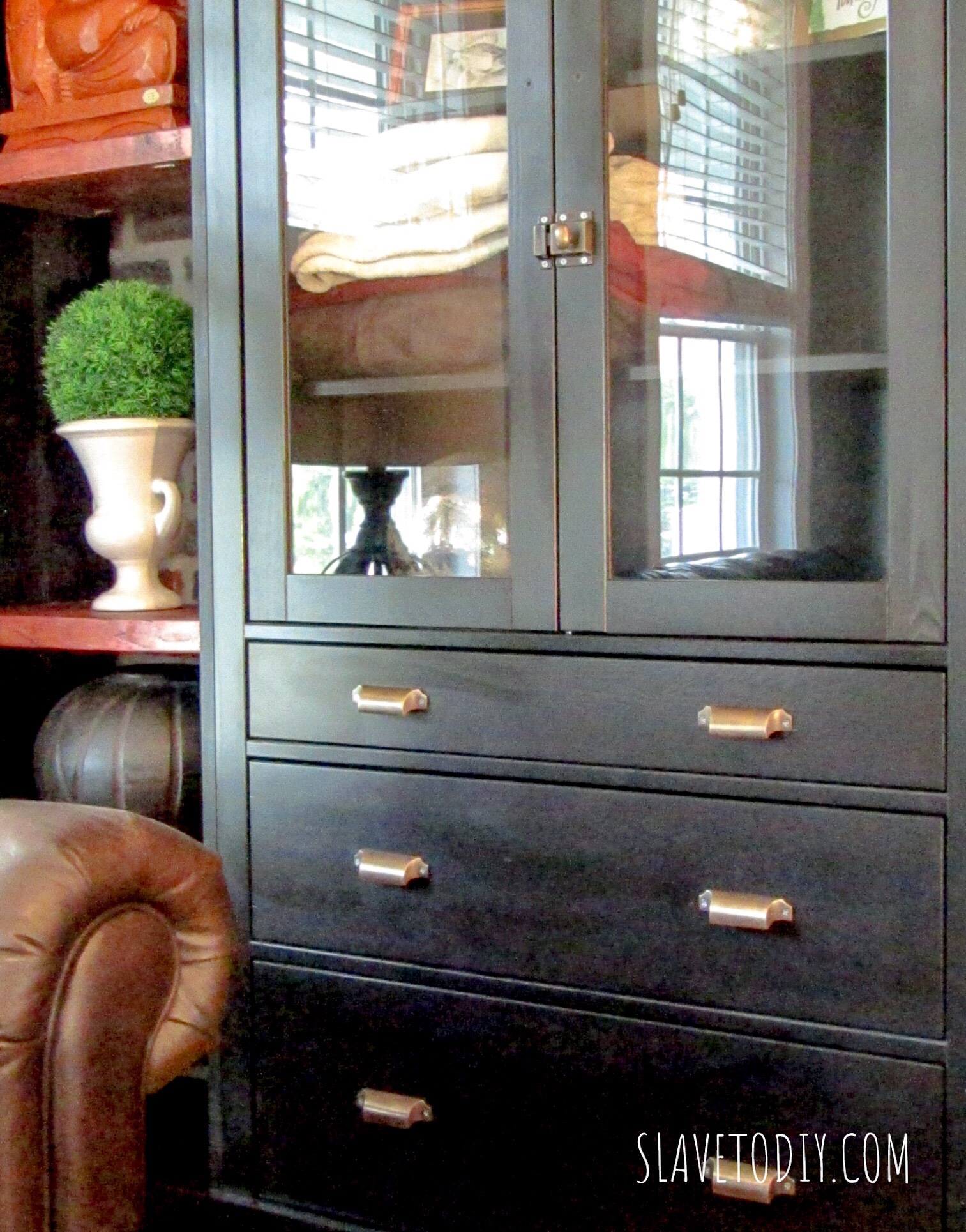
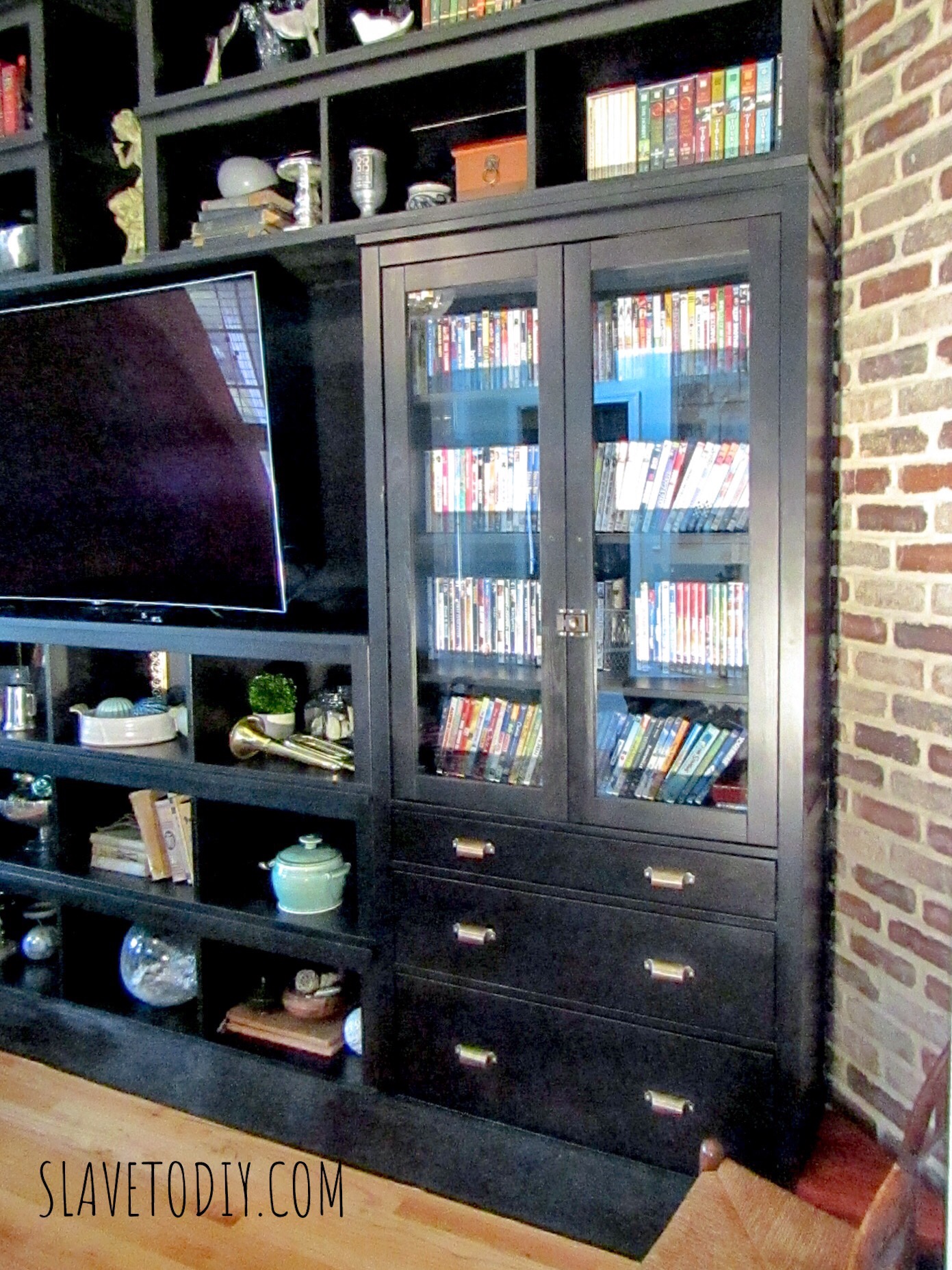
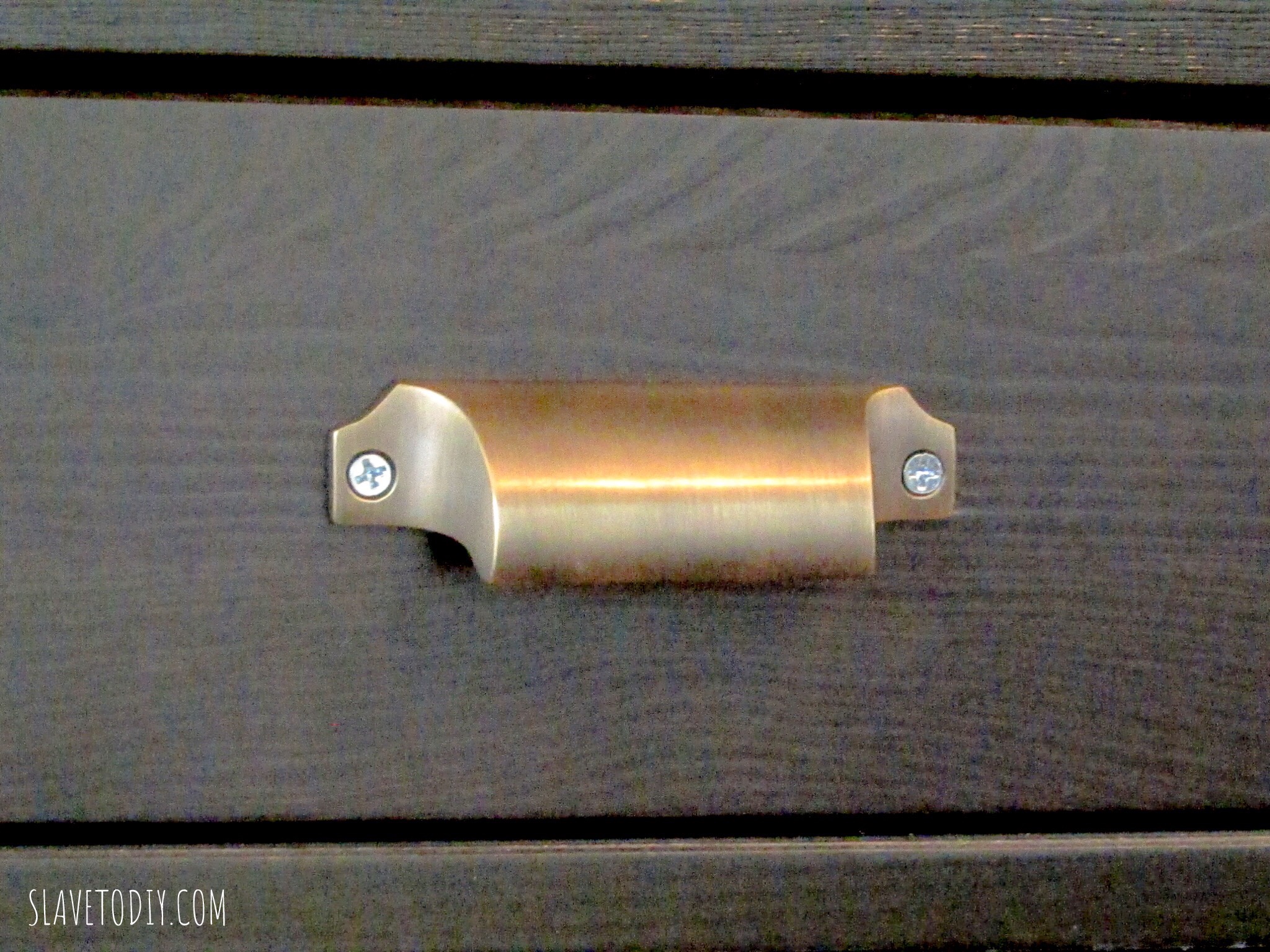
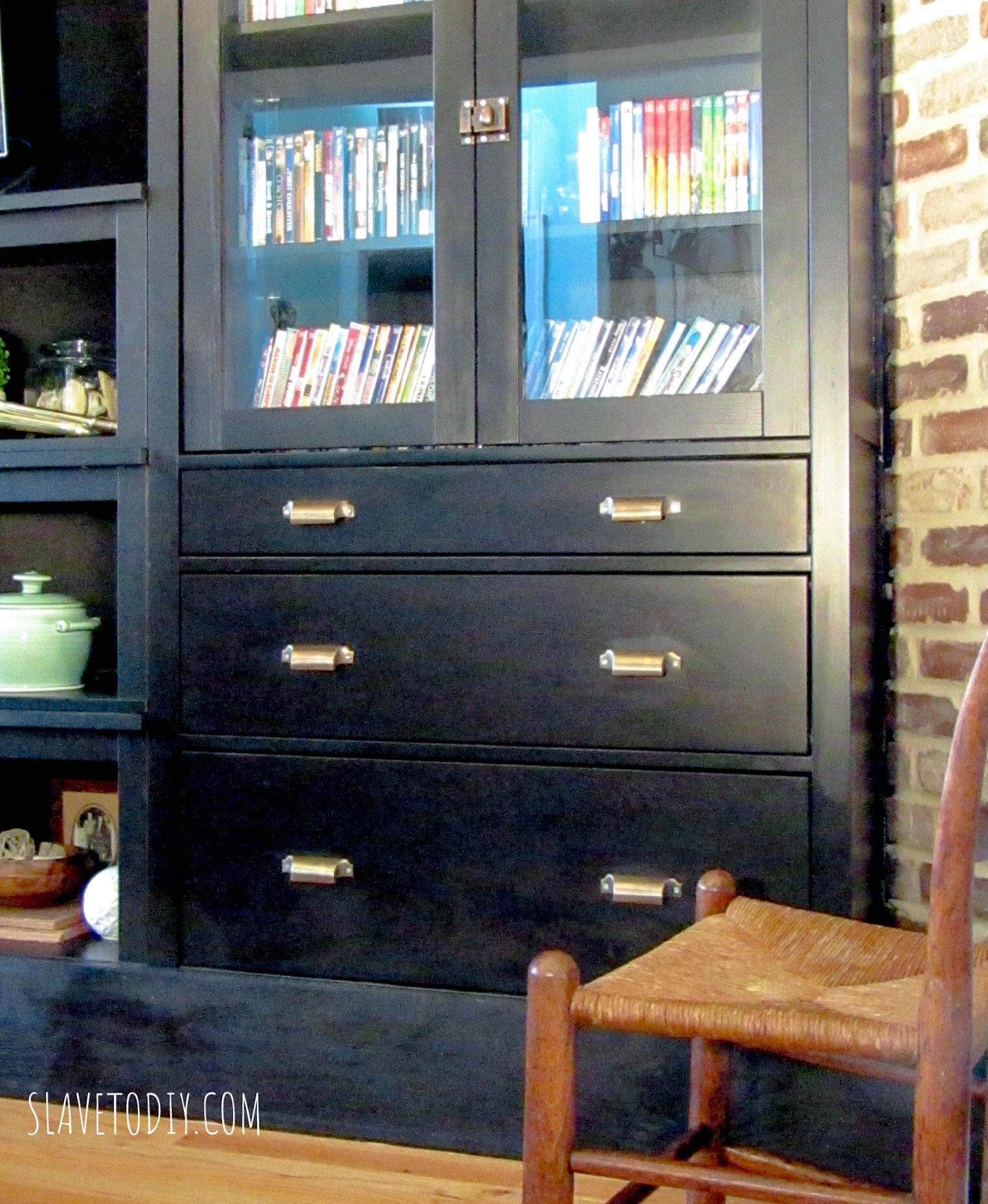
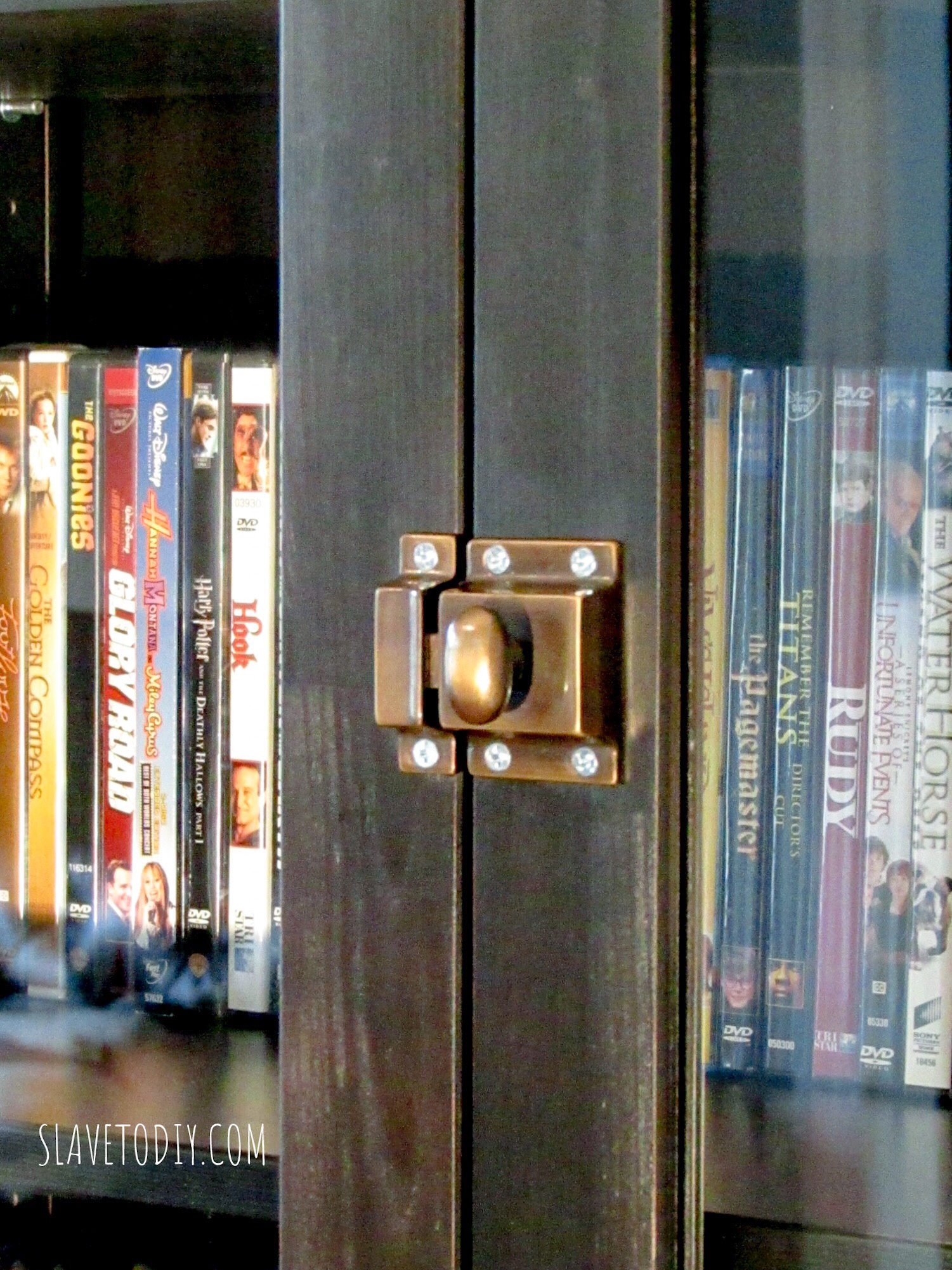

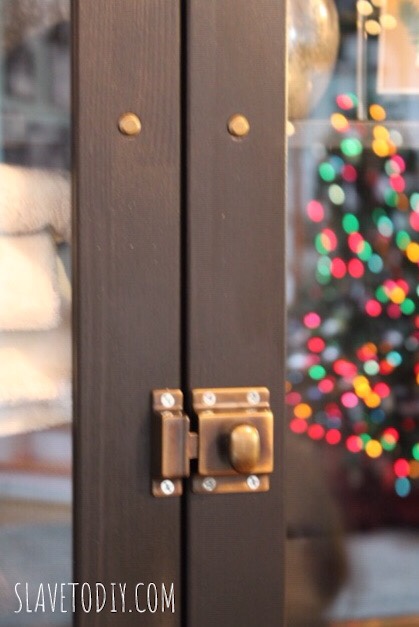
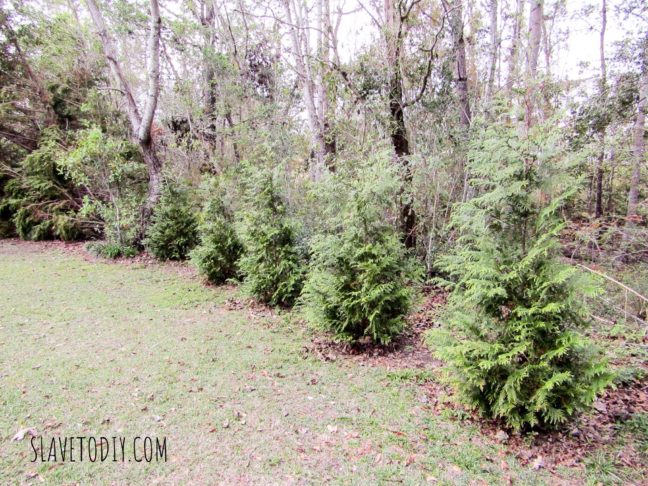
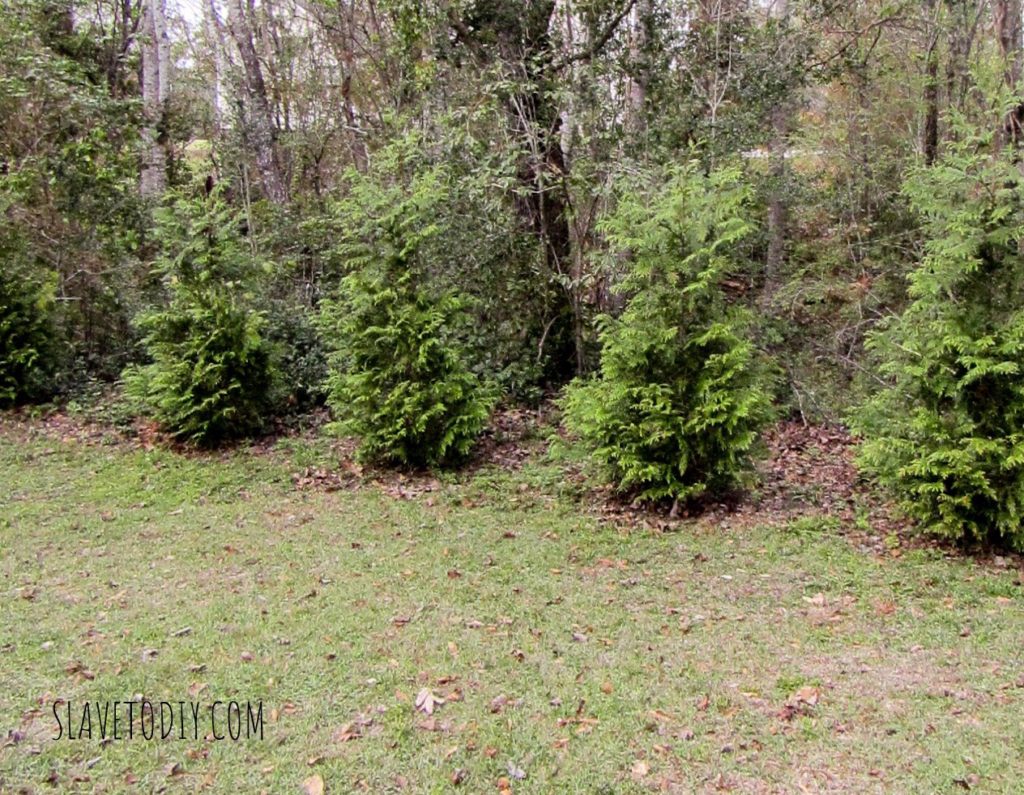
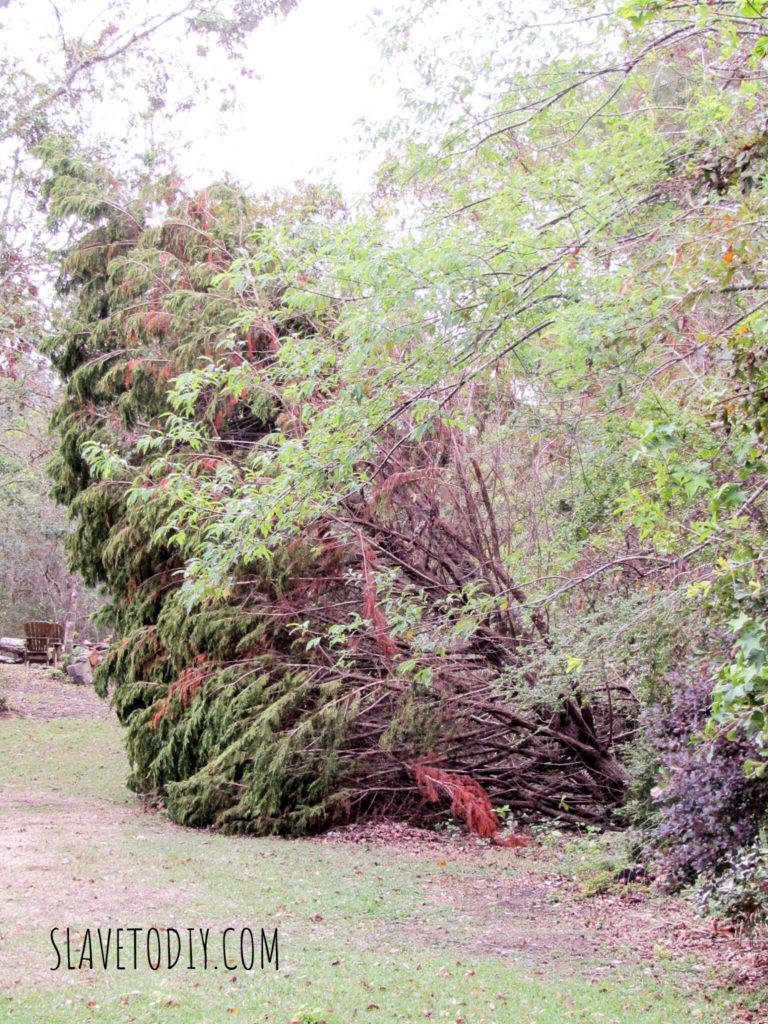
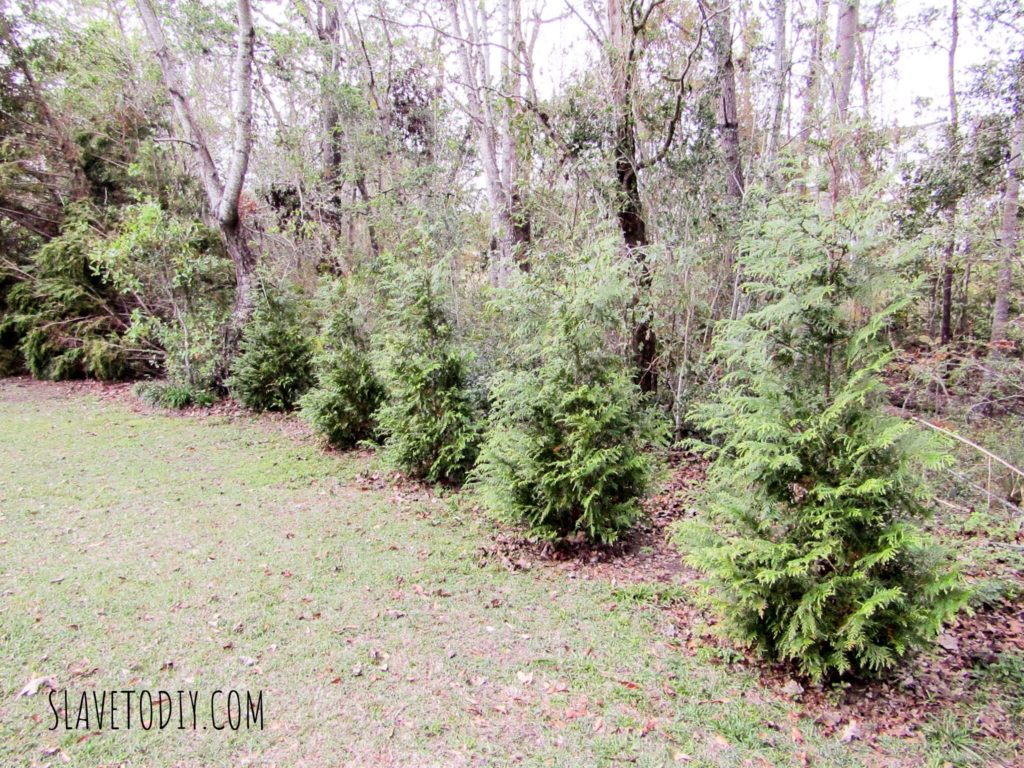
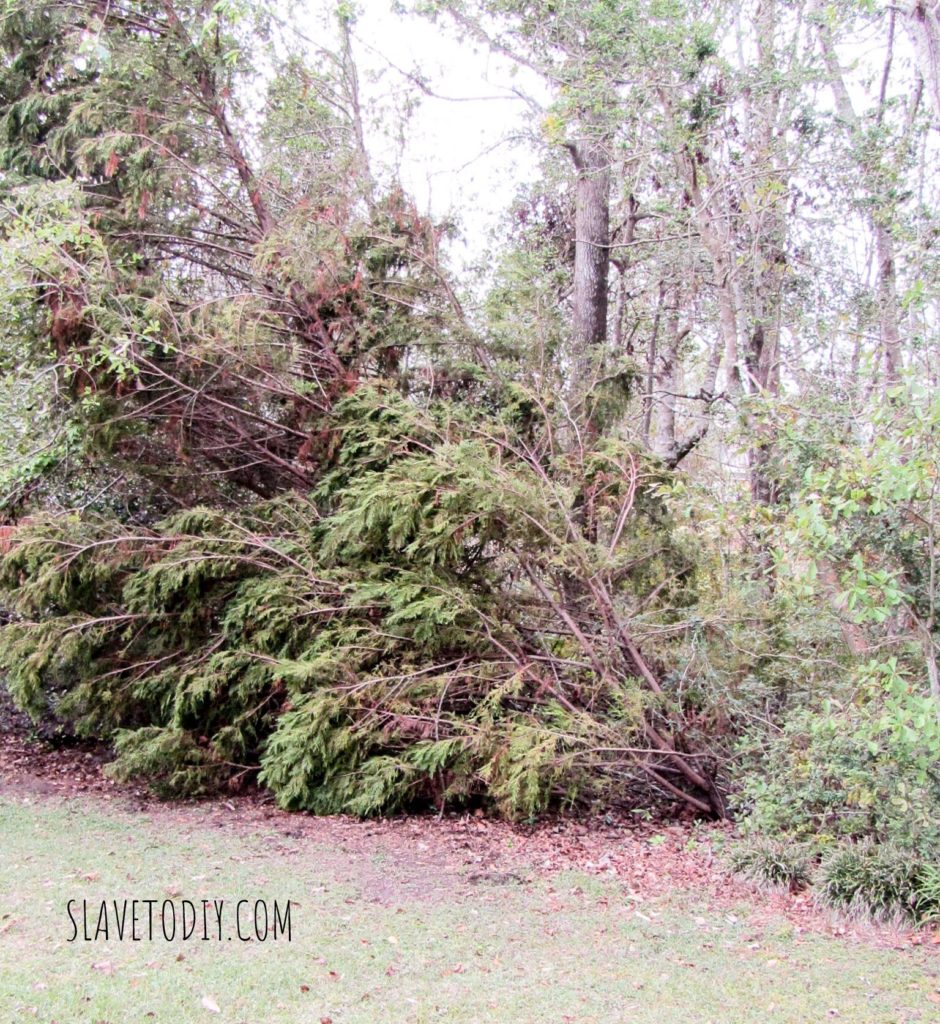
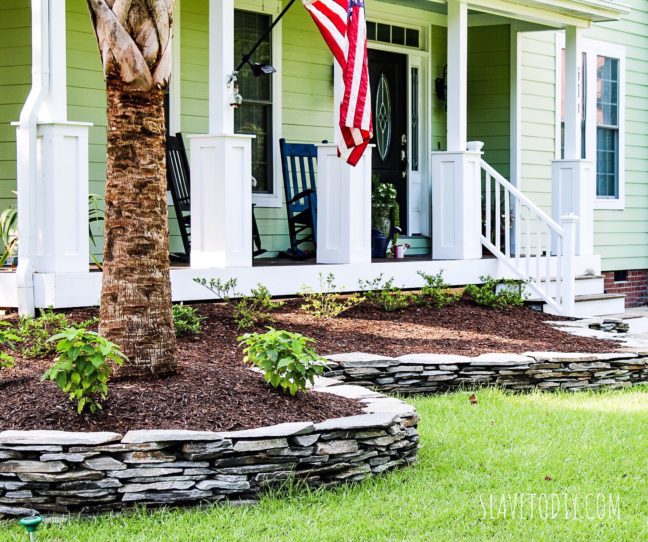
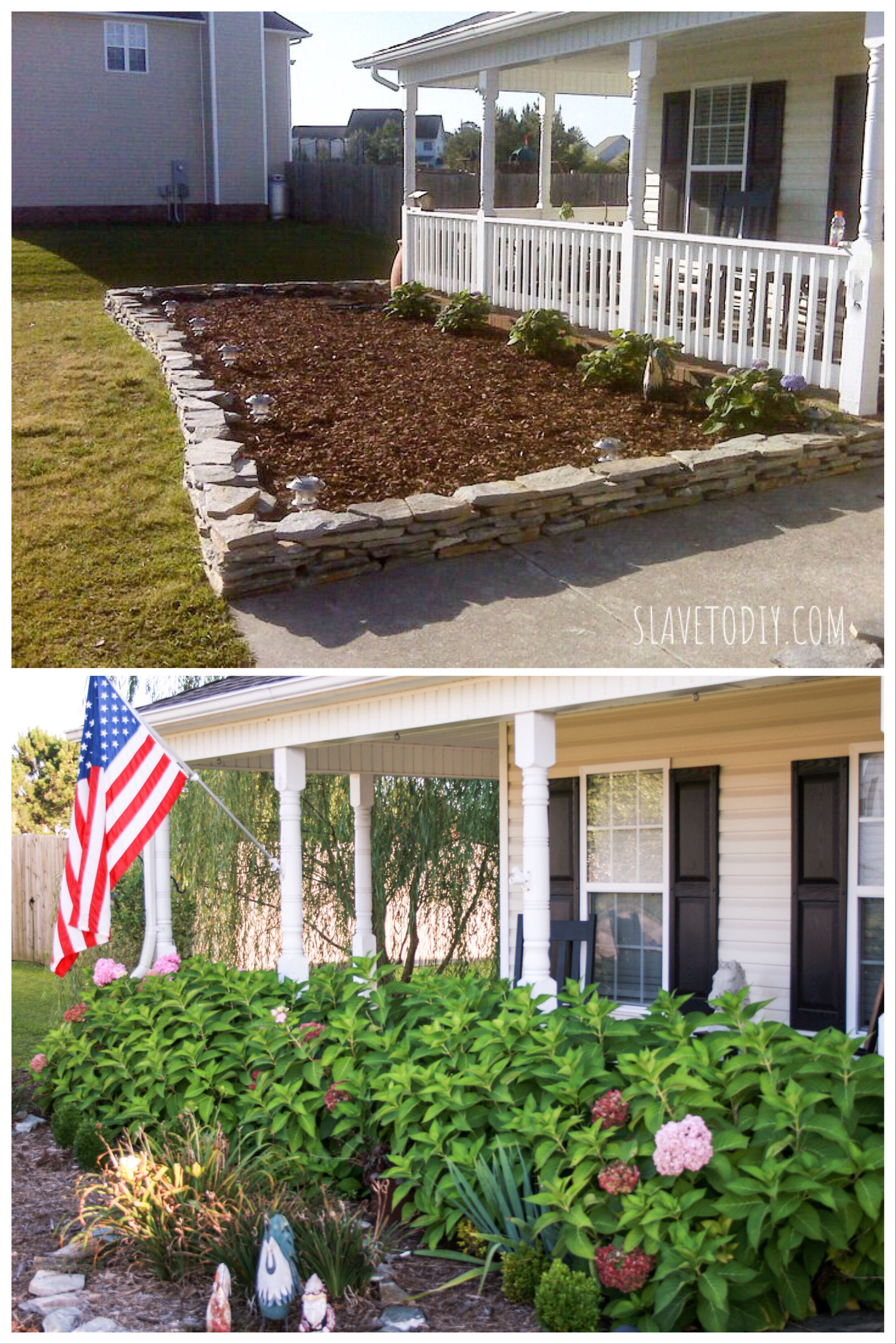
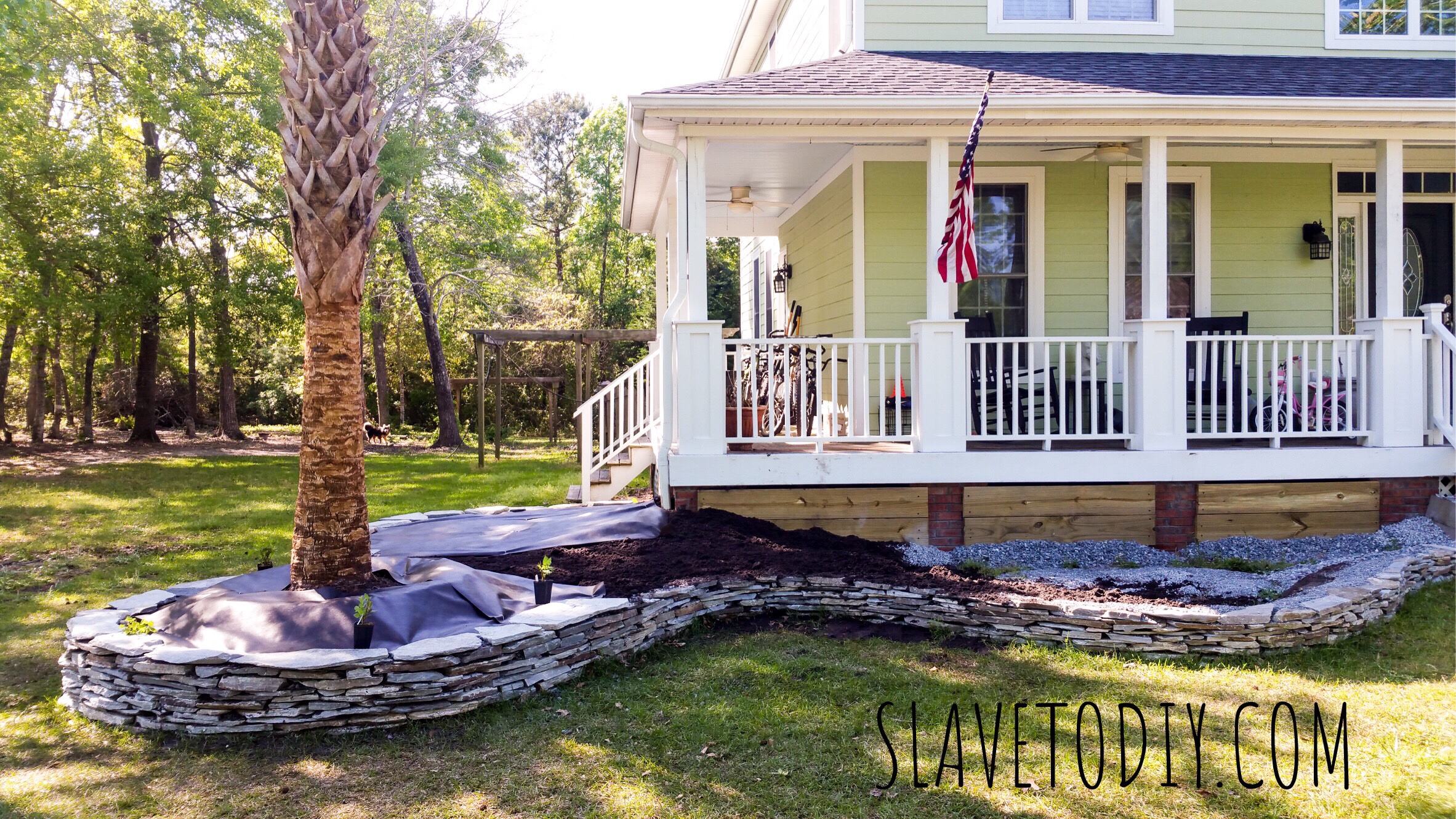
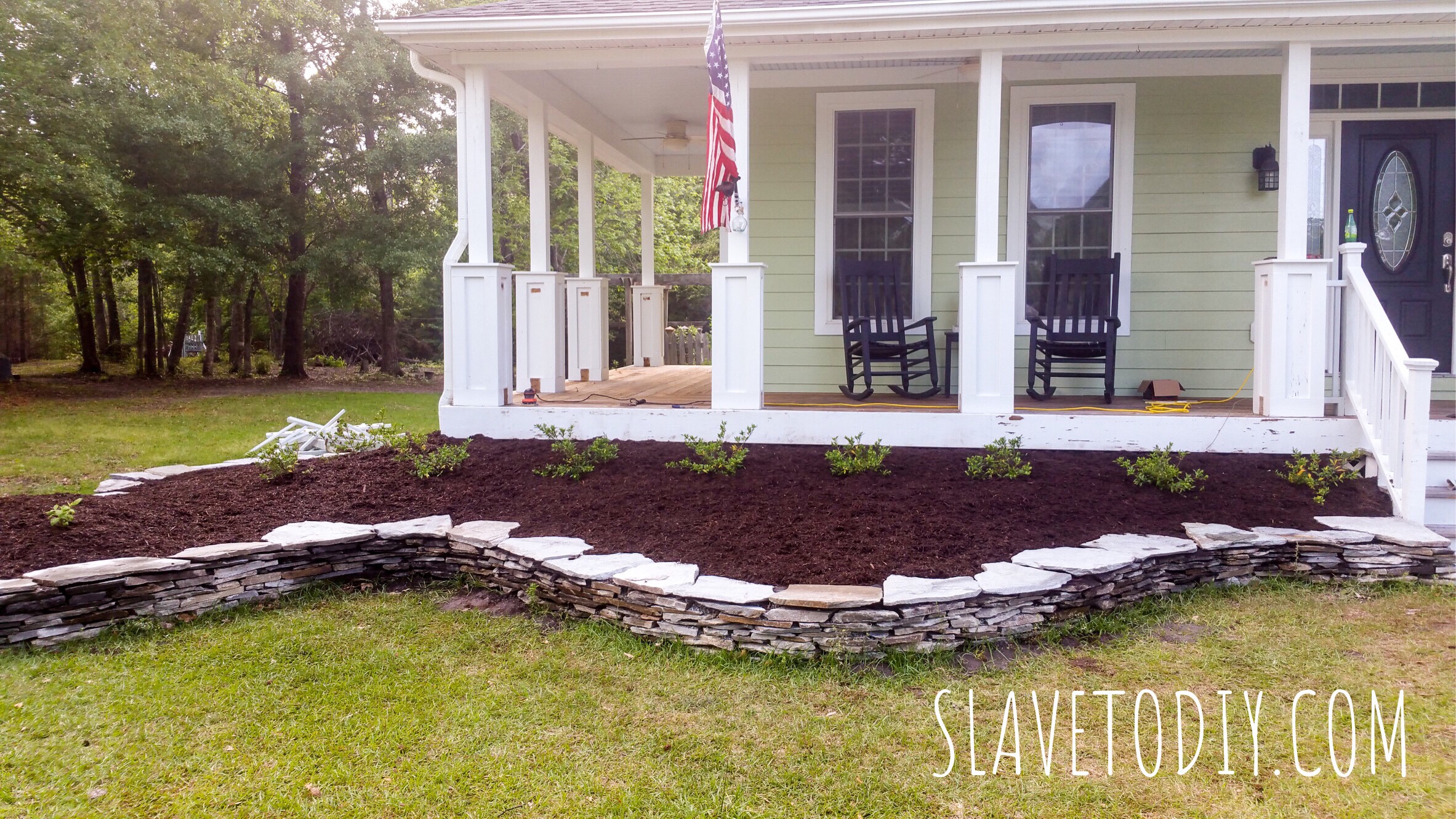
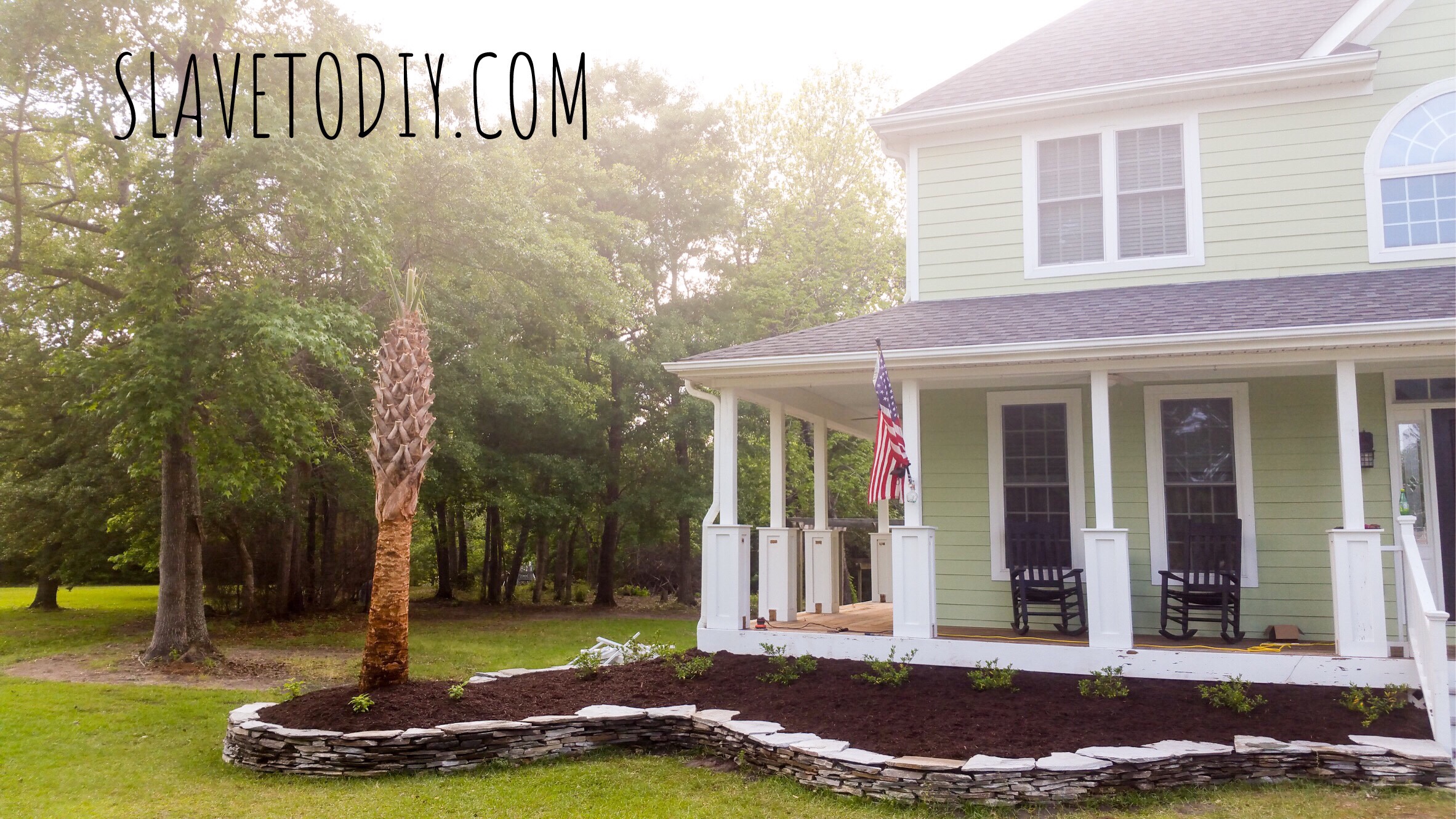
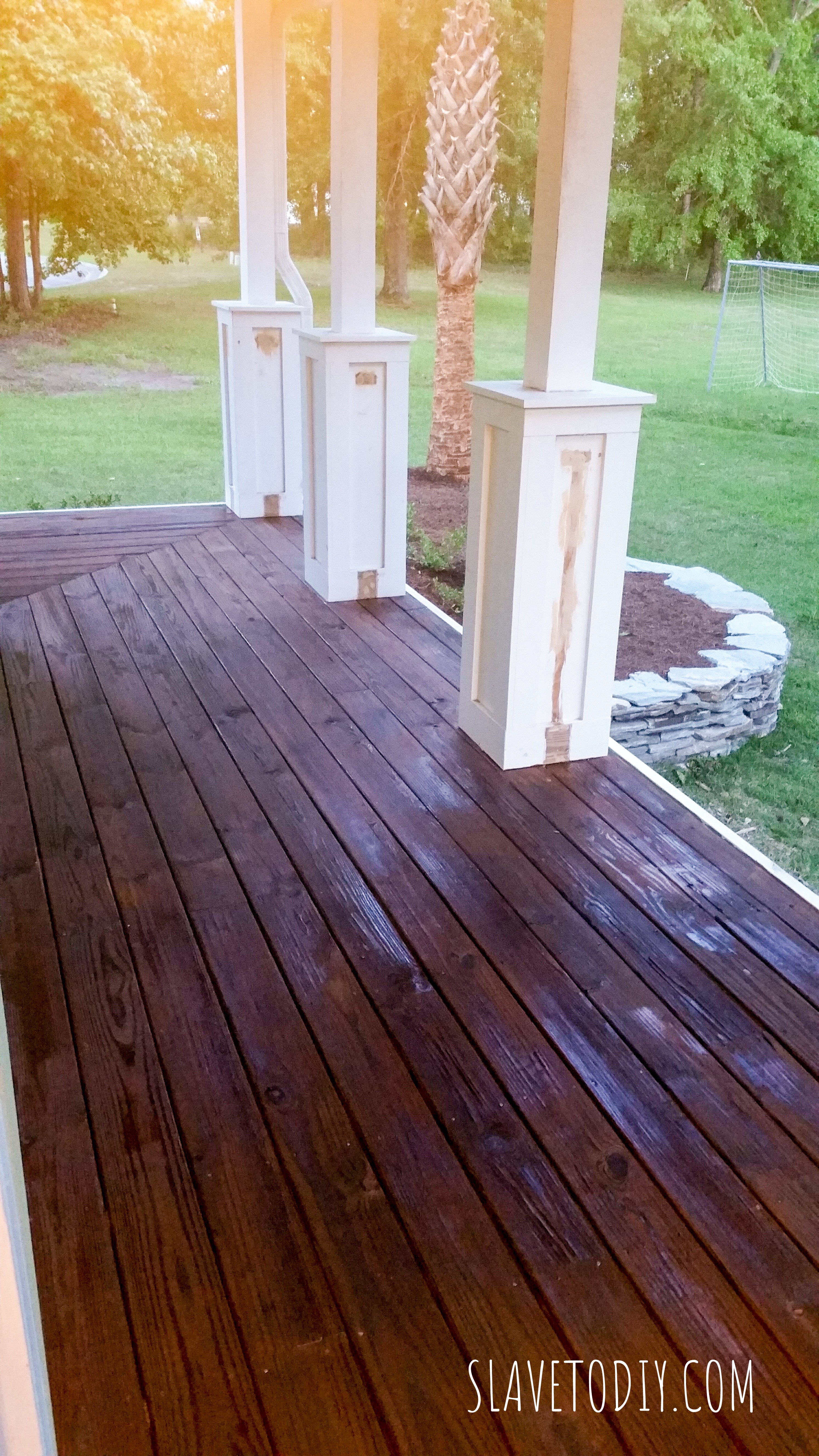
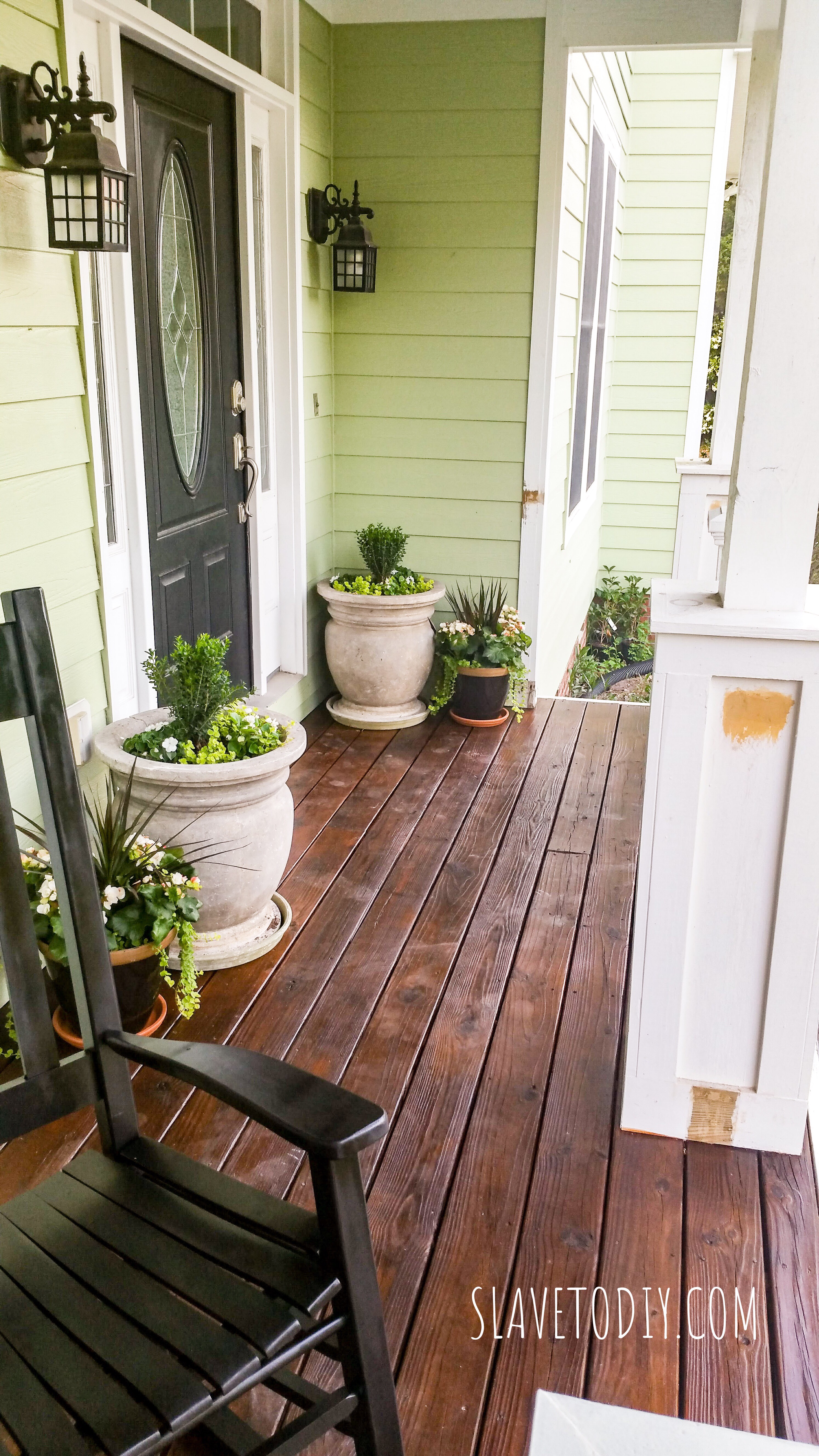
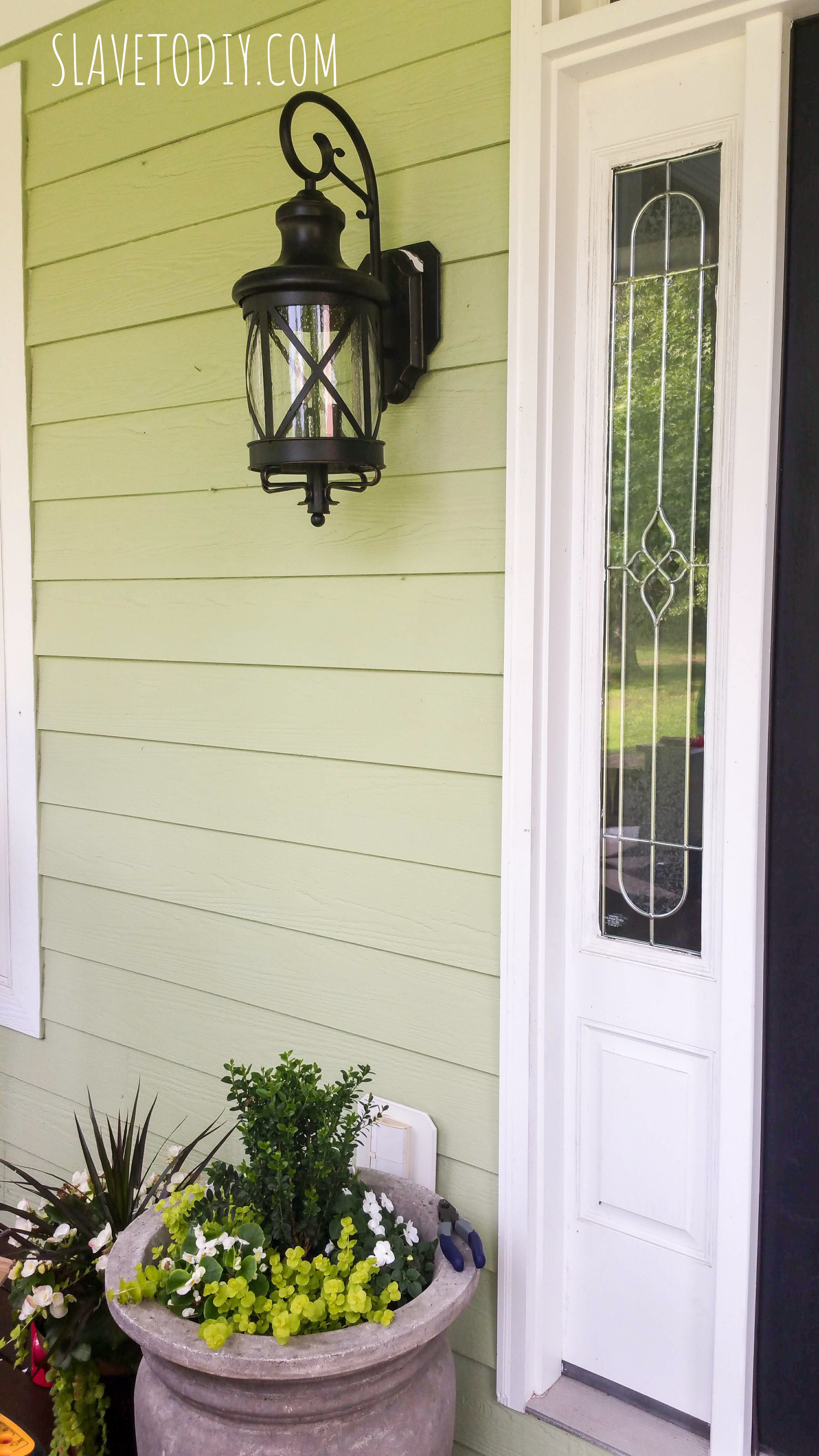
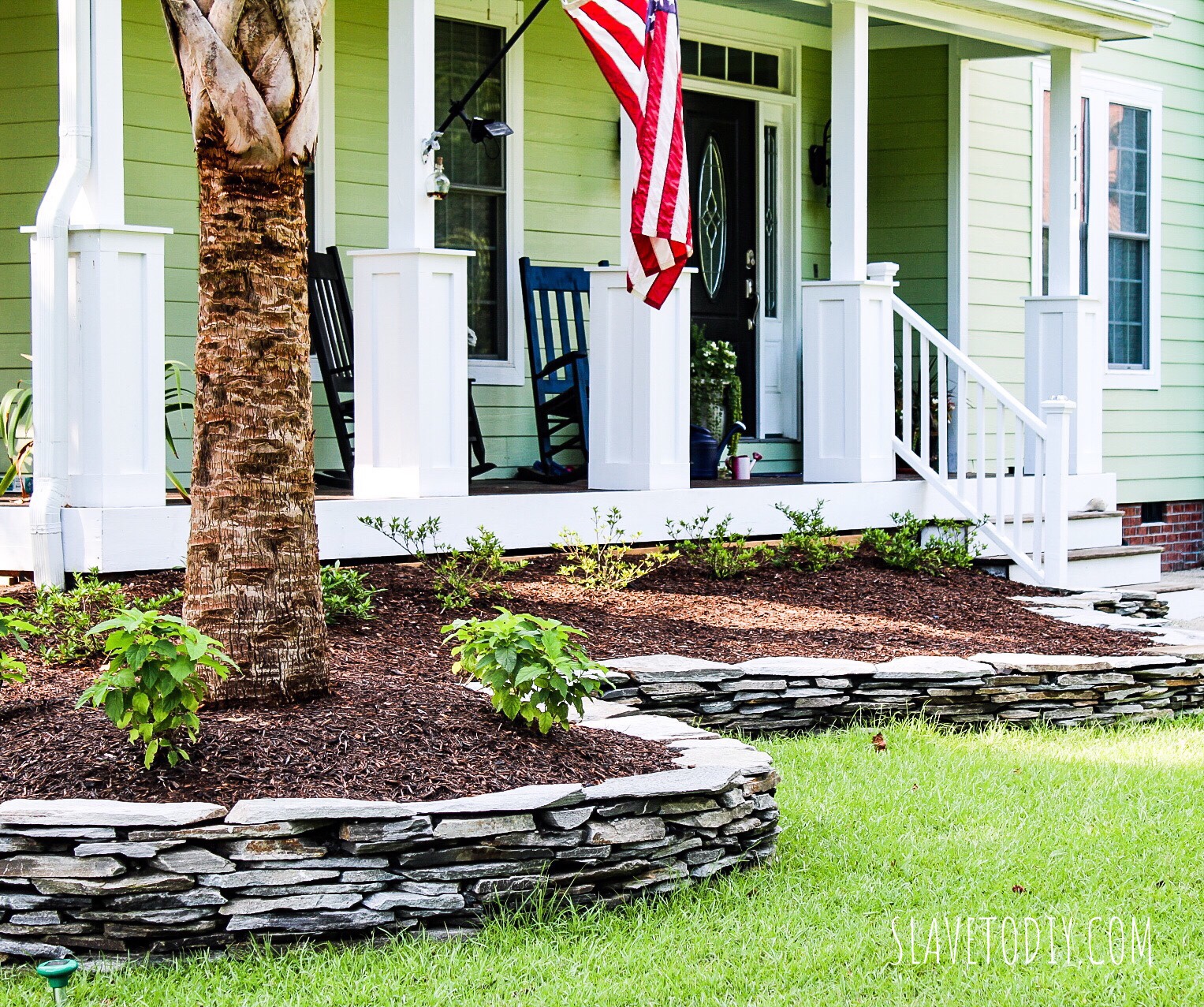
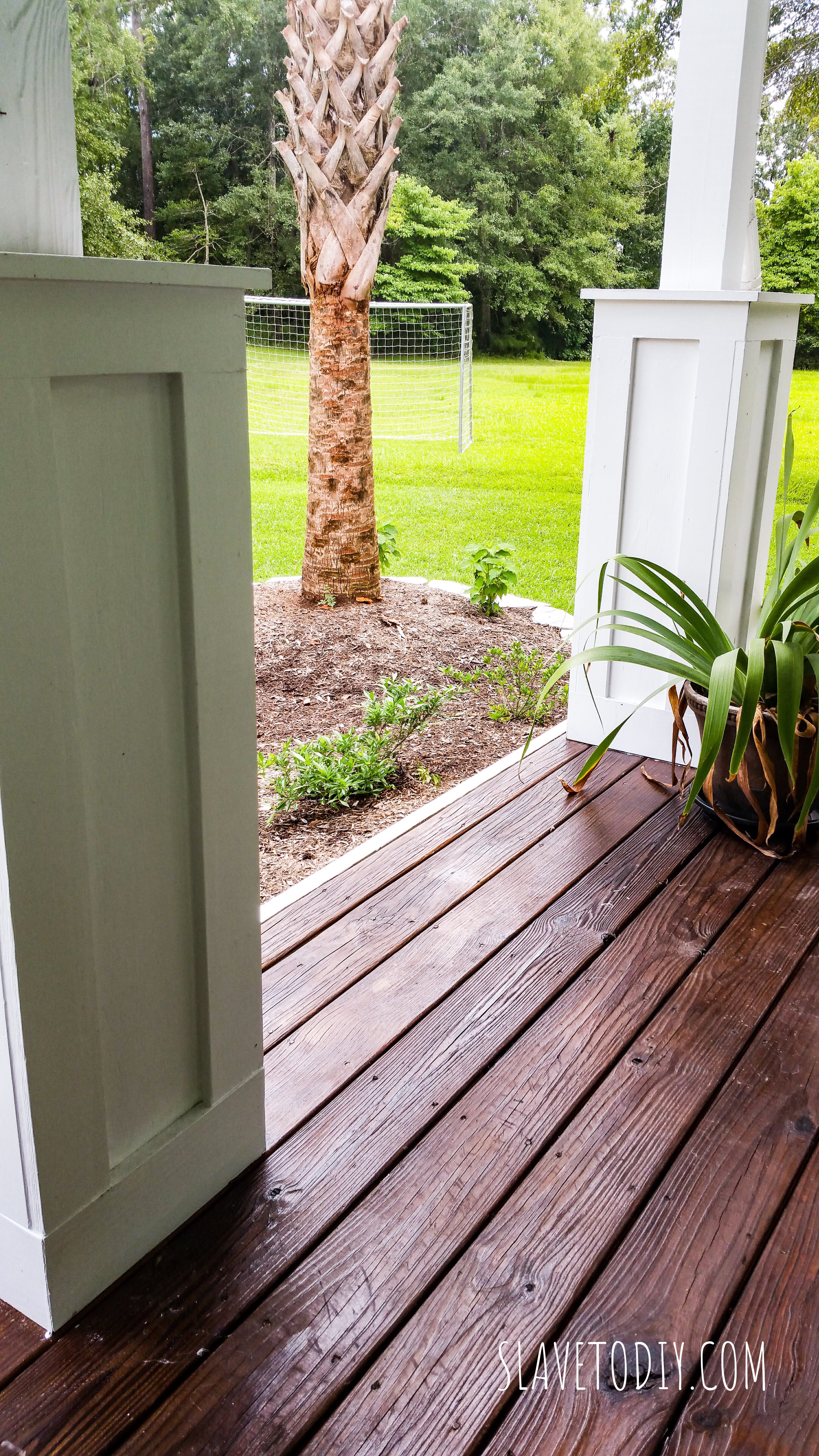
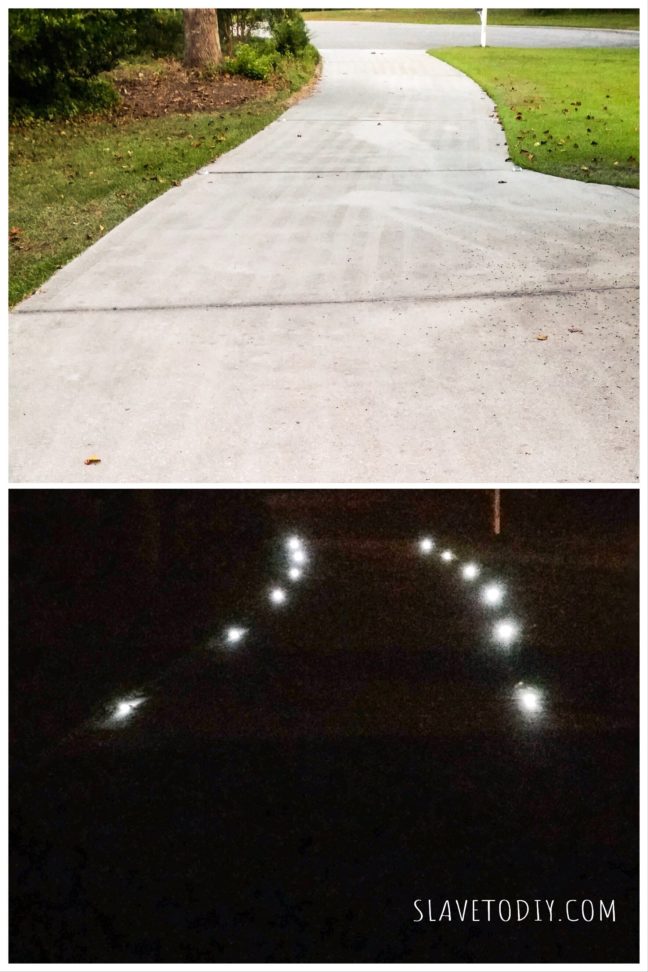
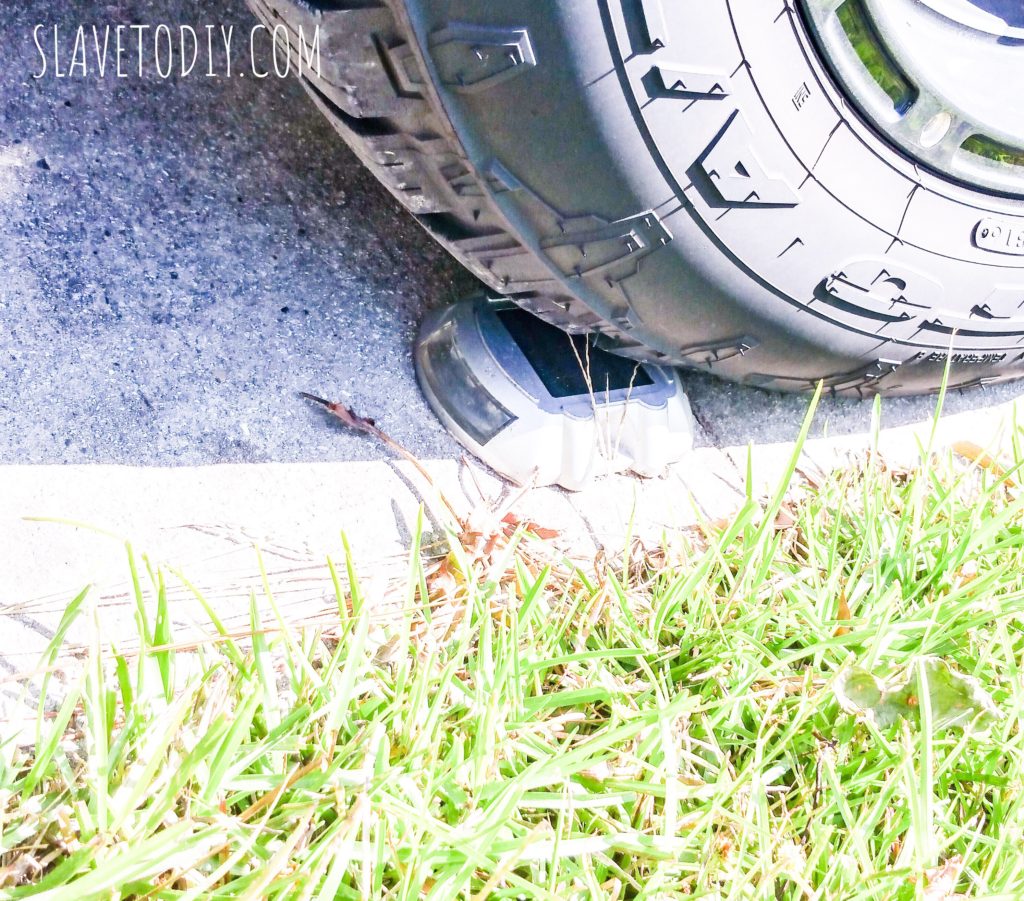

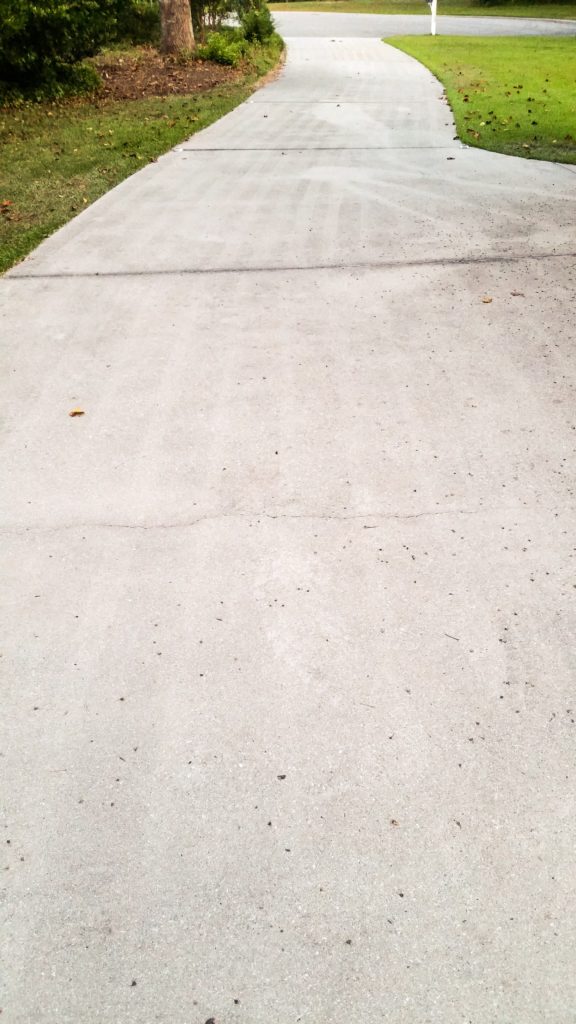
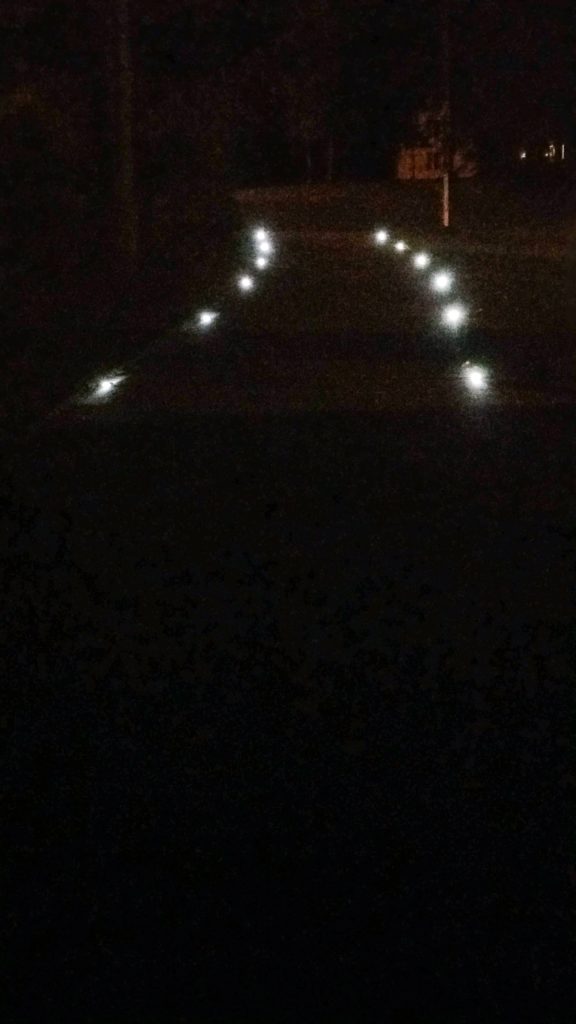
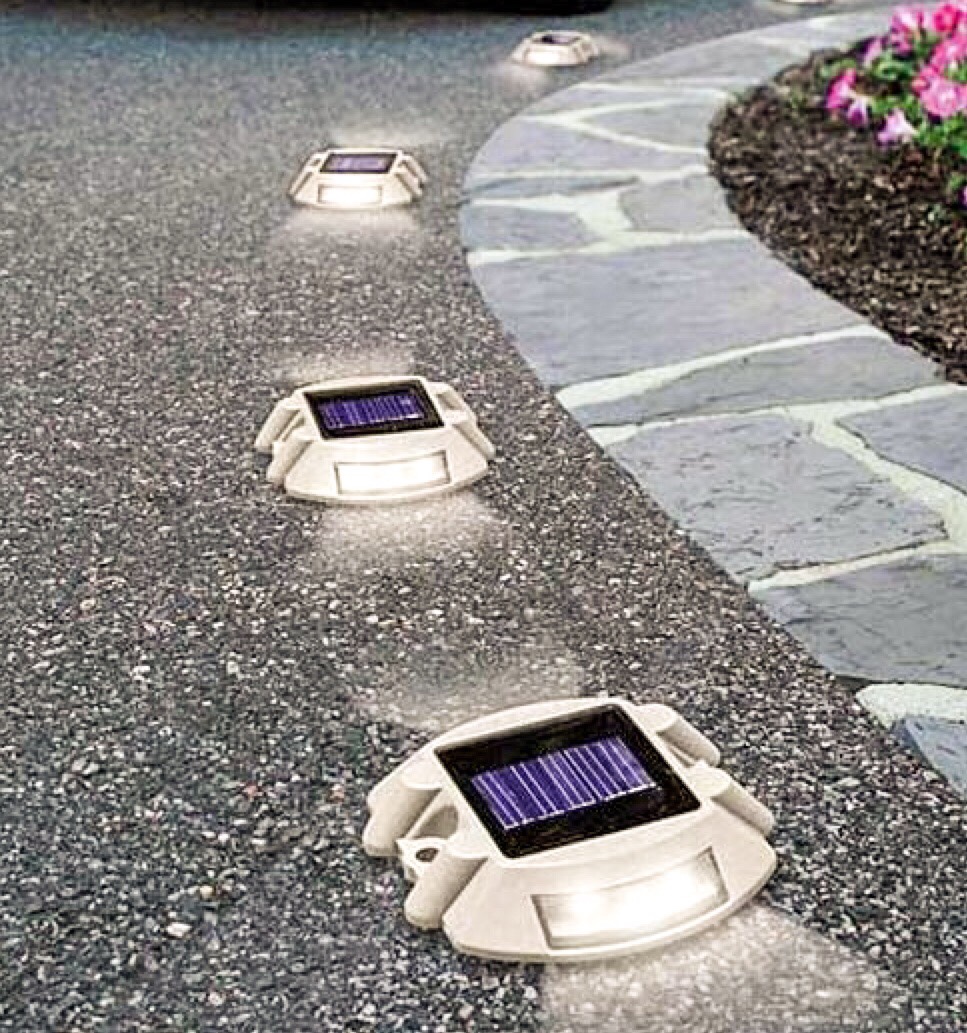
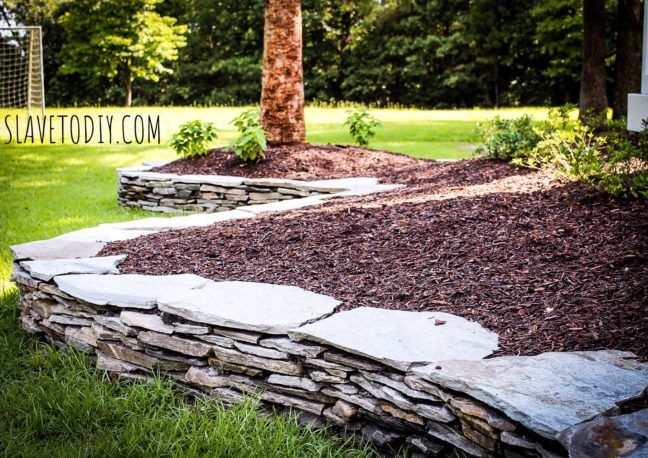
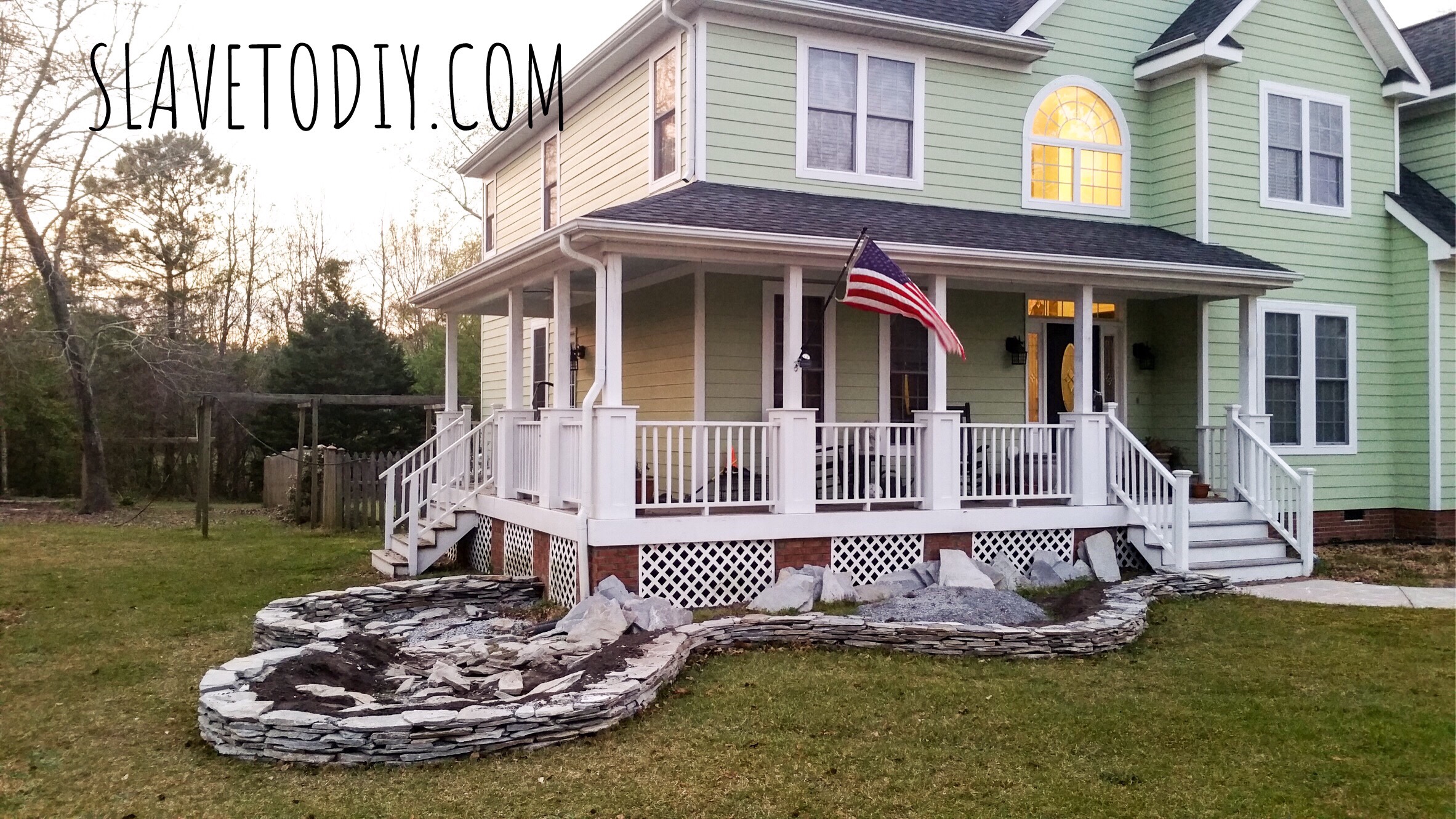
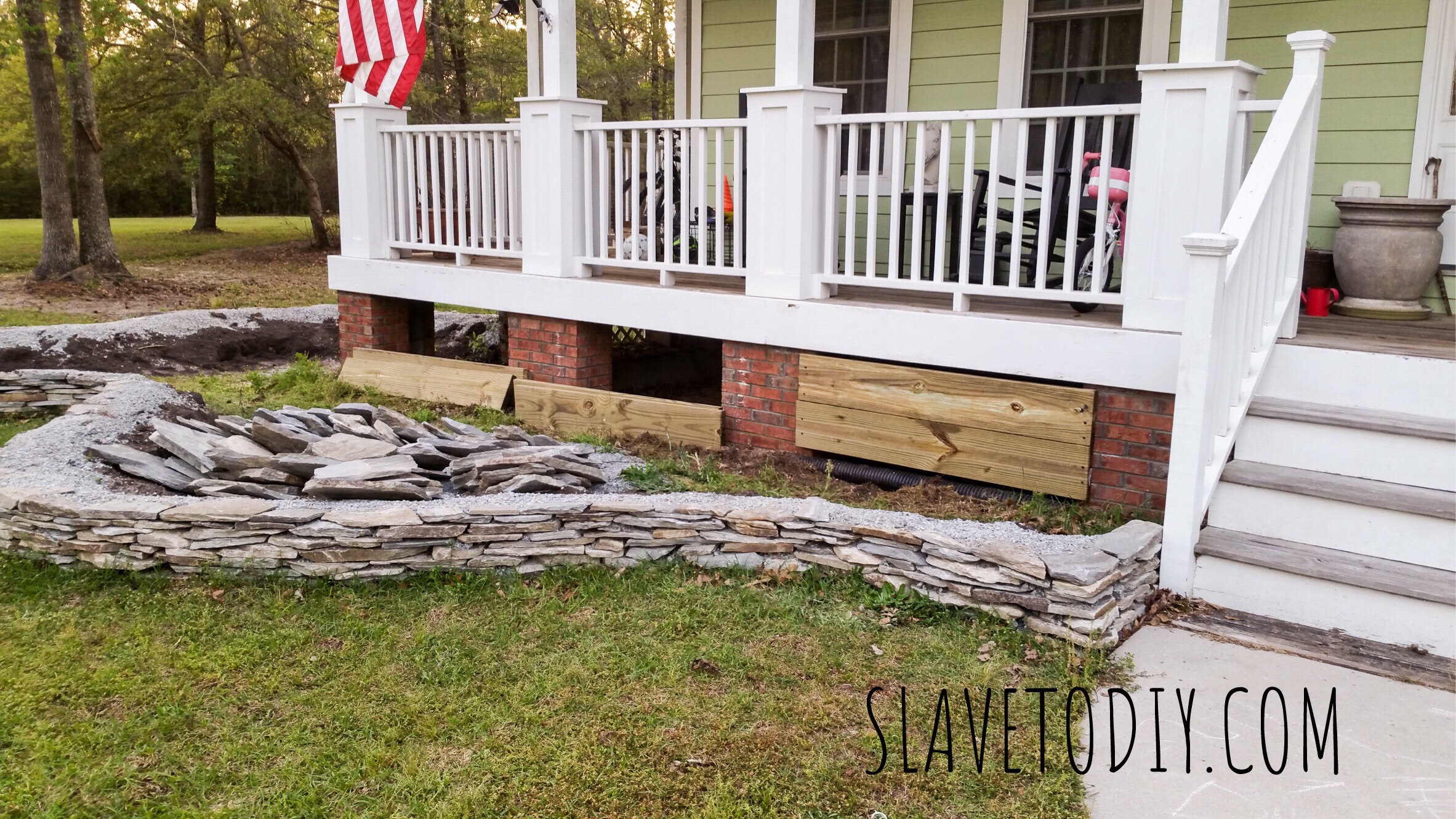
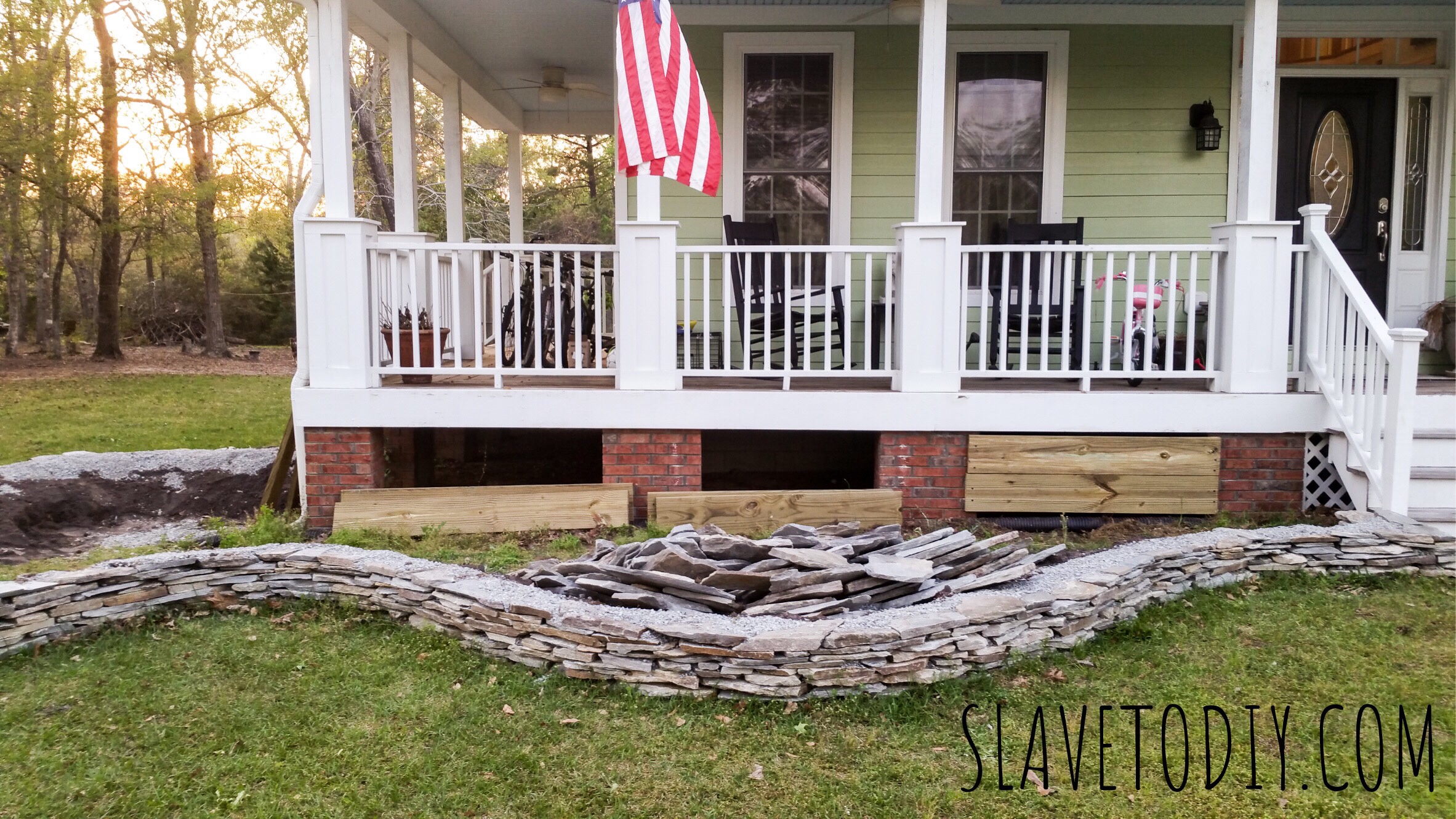
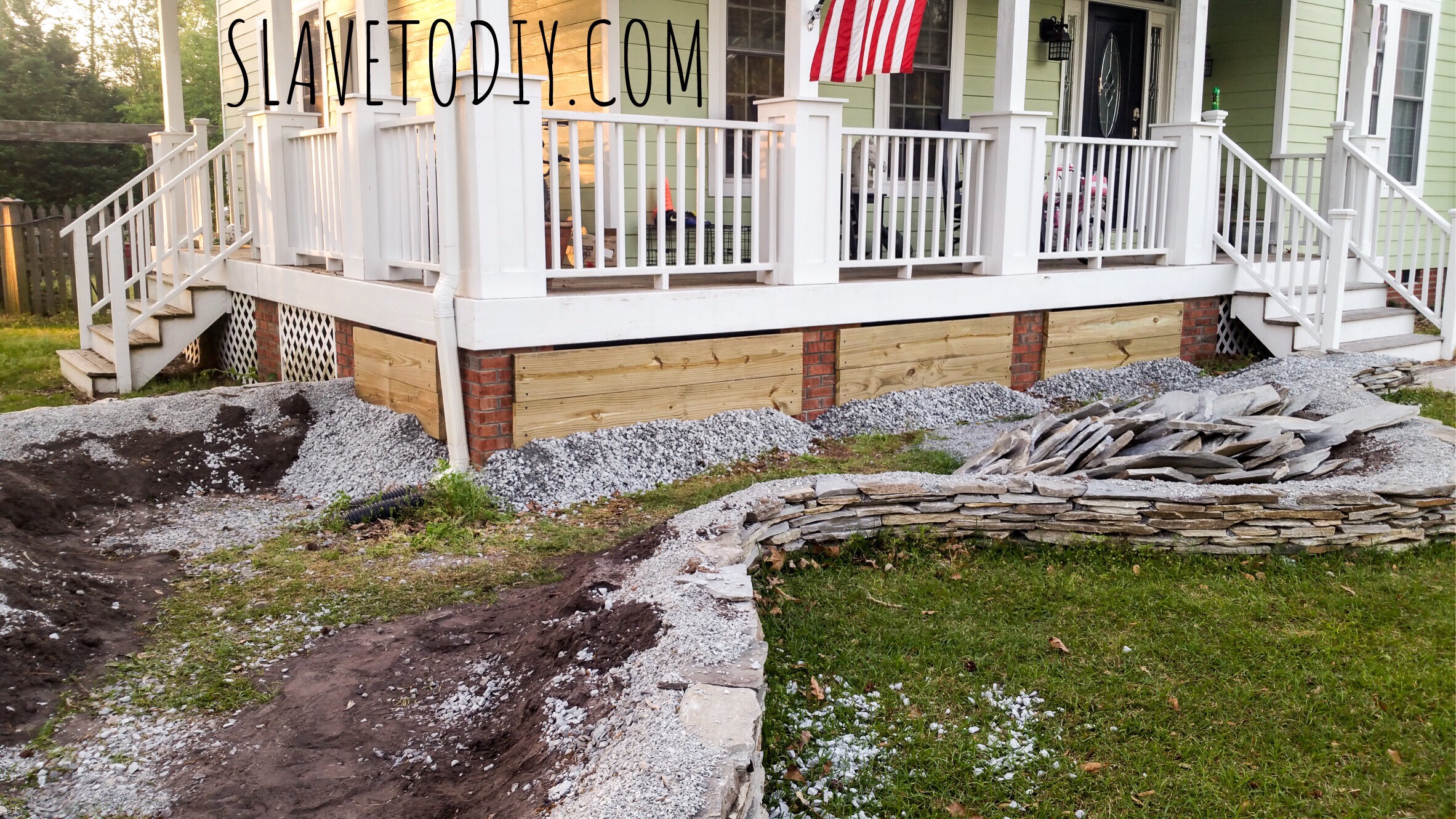
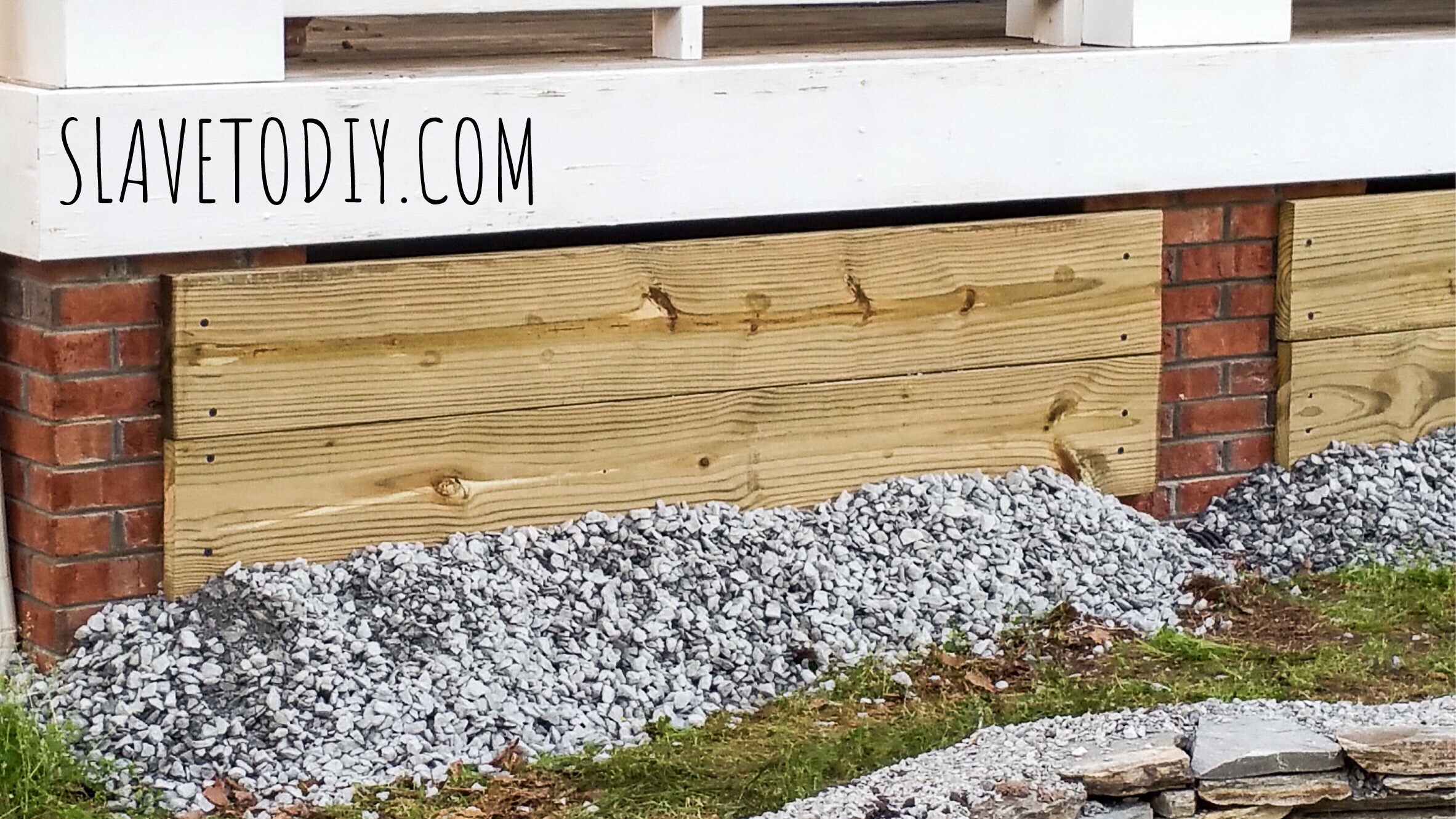
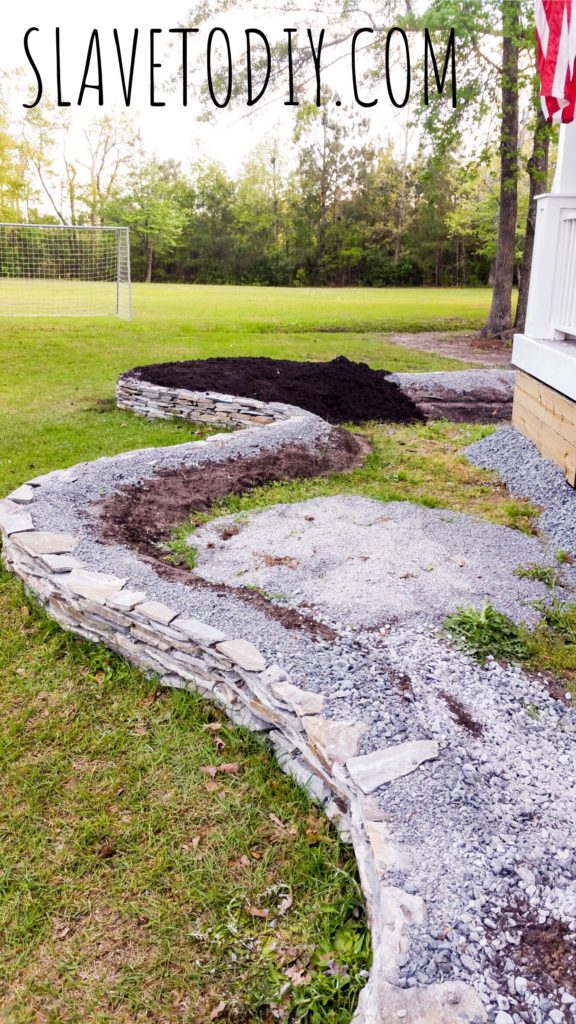
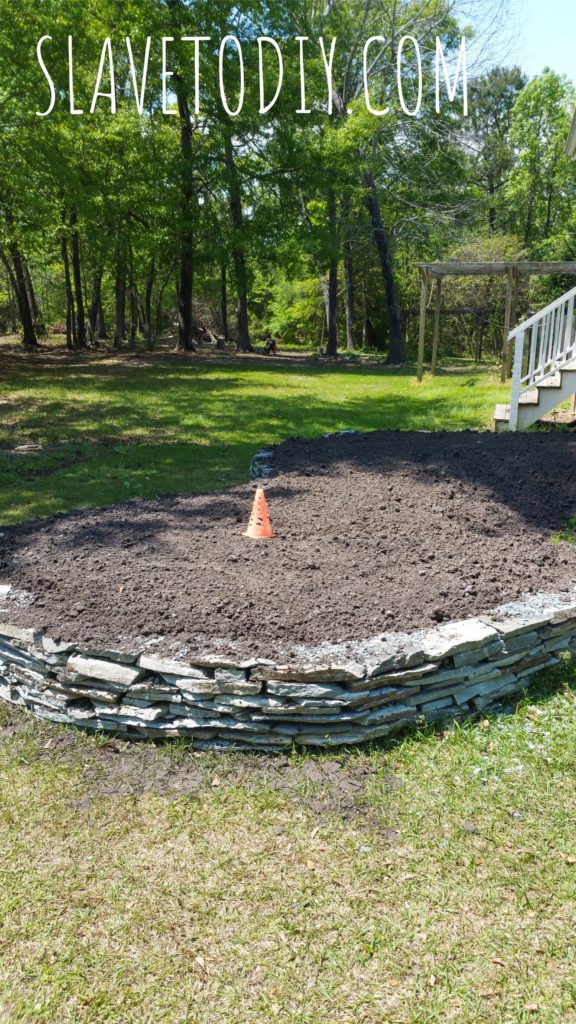
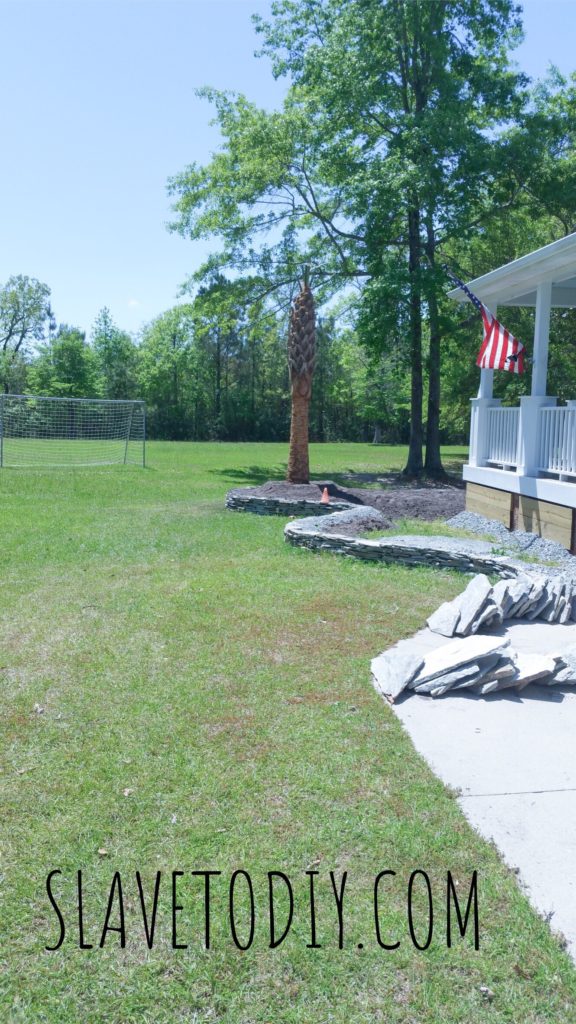
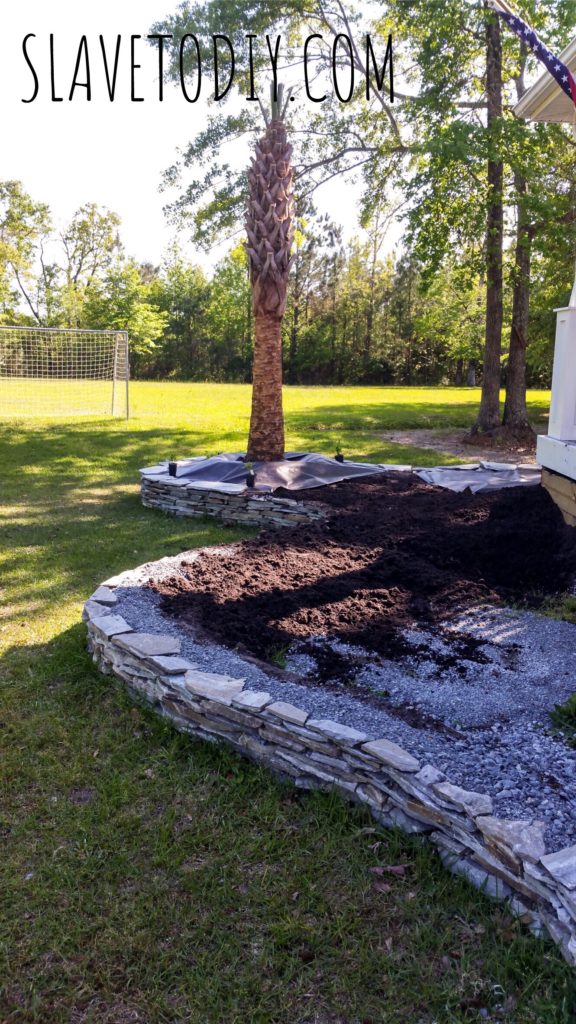
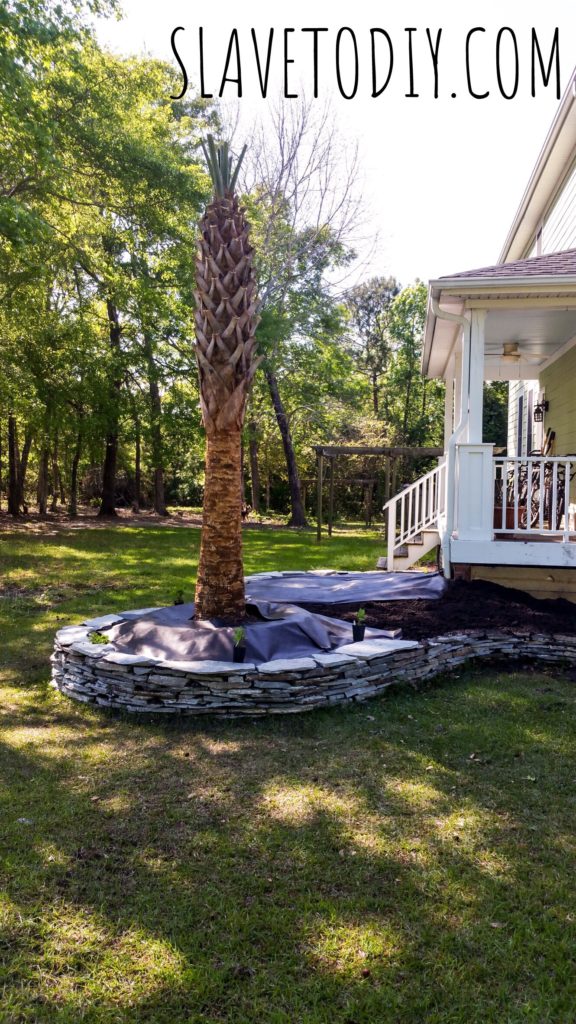
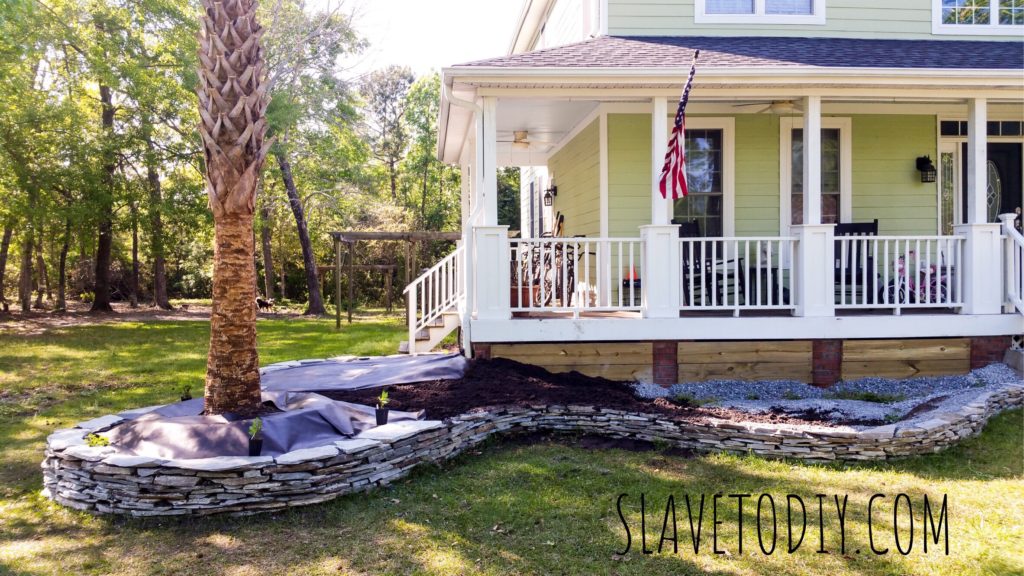 The hydrangea I ordered also arrived ahead of schedule so I needed a place to put them so they would be happy. I was unable to find the Annabelle
The hydrangea I ordered also arrived ahead of schedule so I needed a place to put them so they would be happy. I was unable to find the Annabelle 